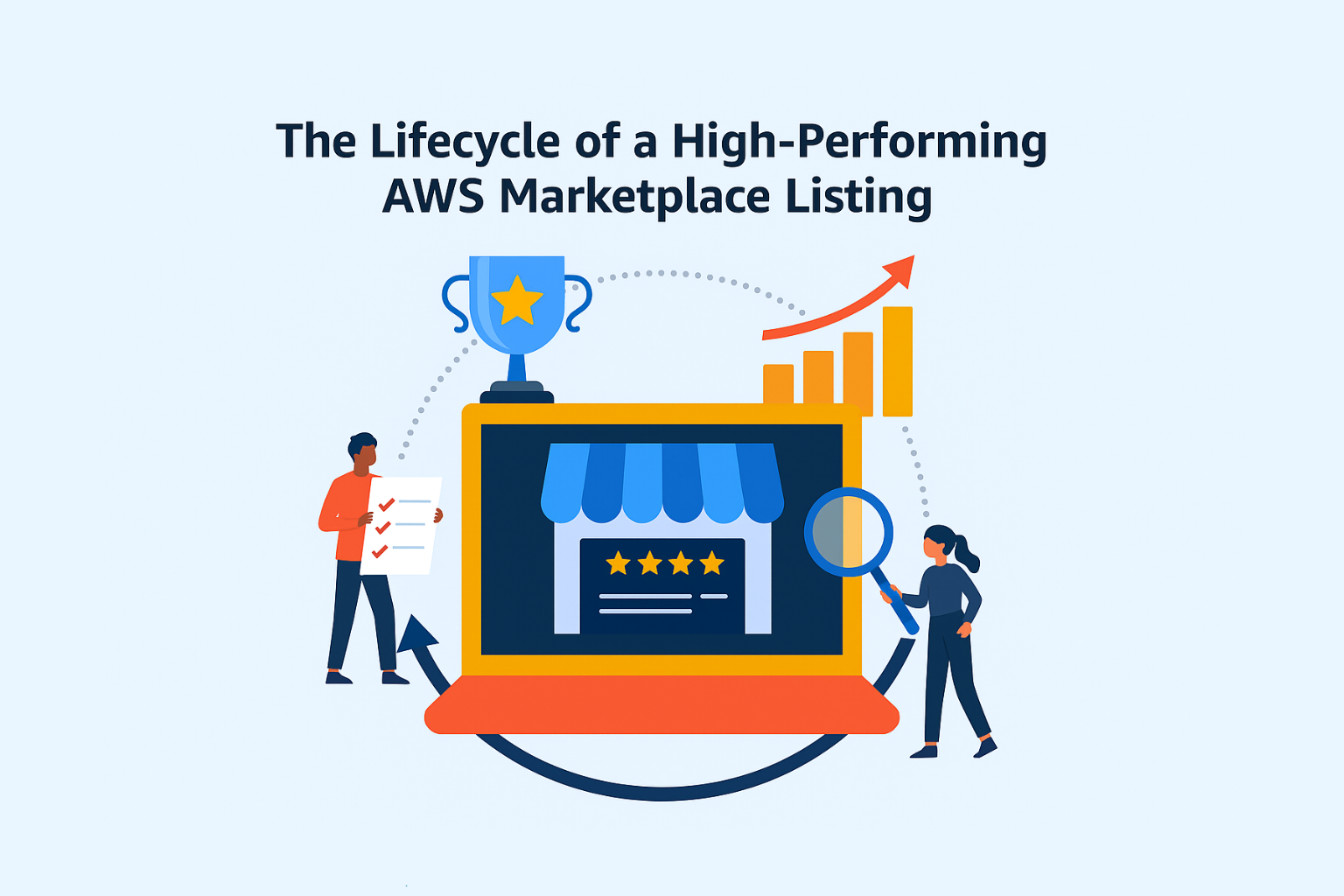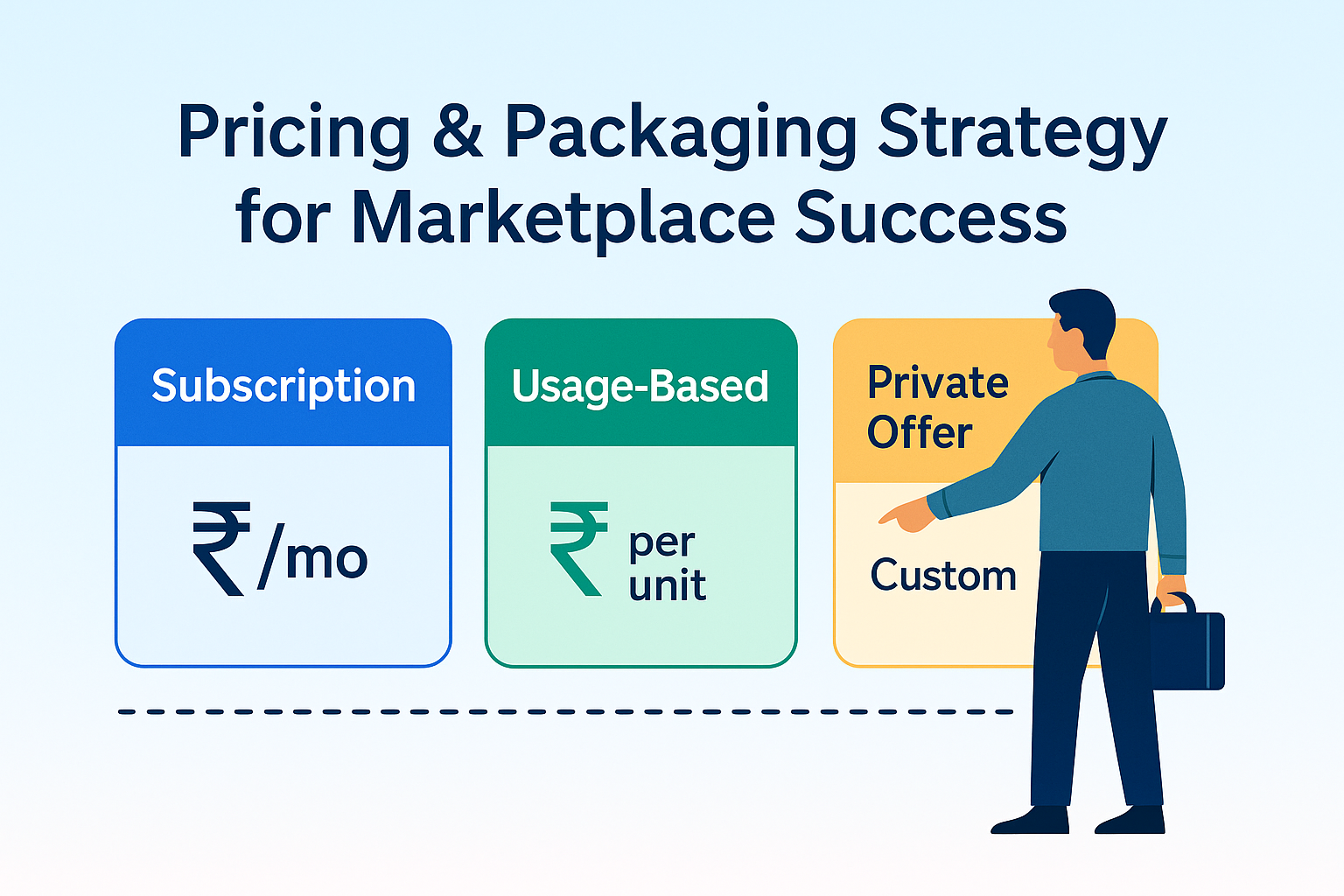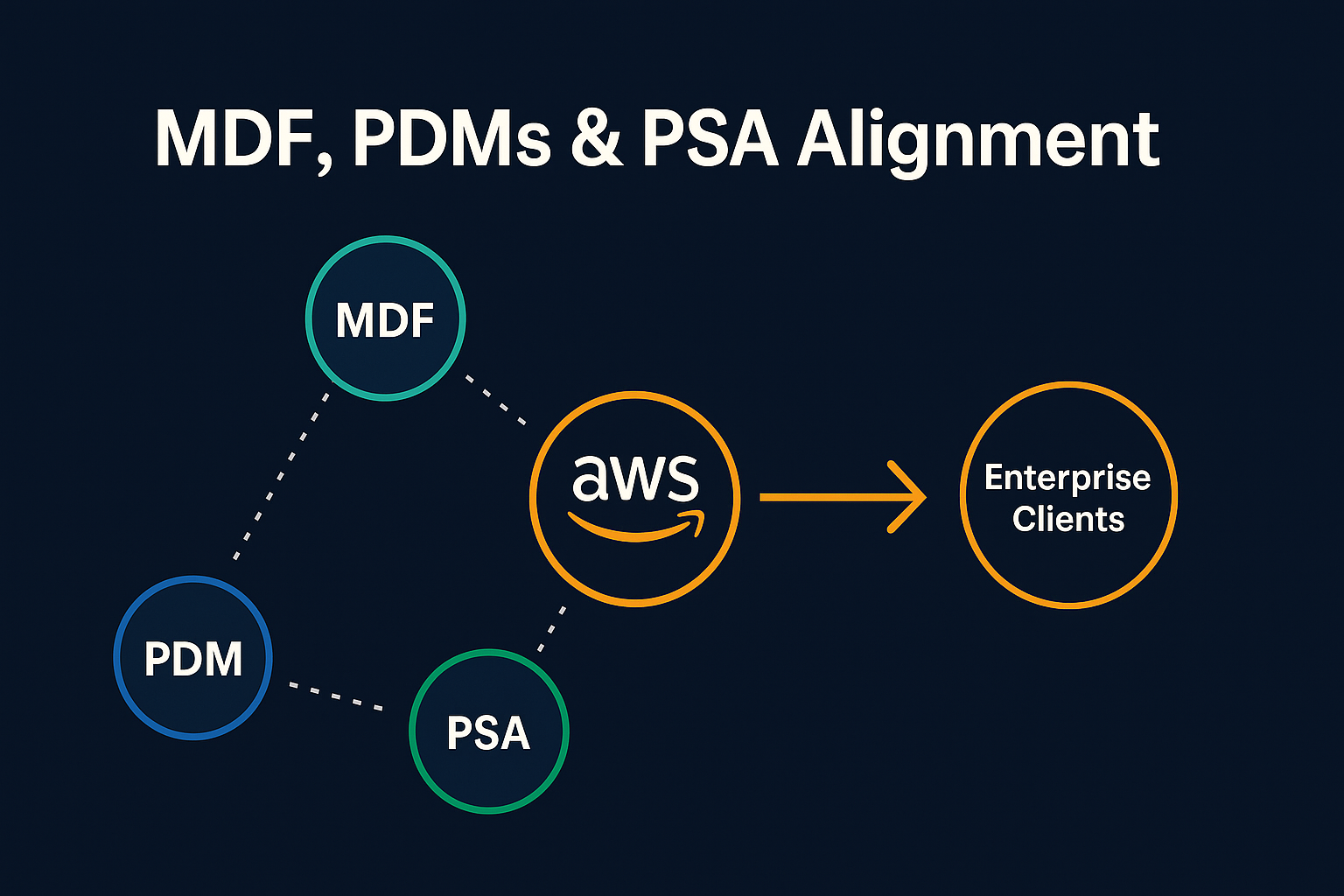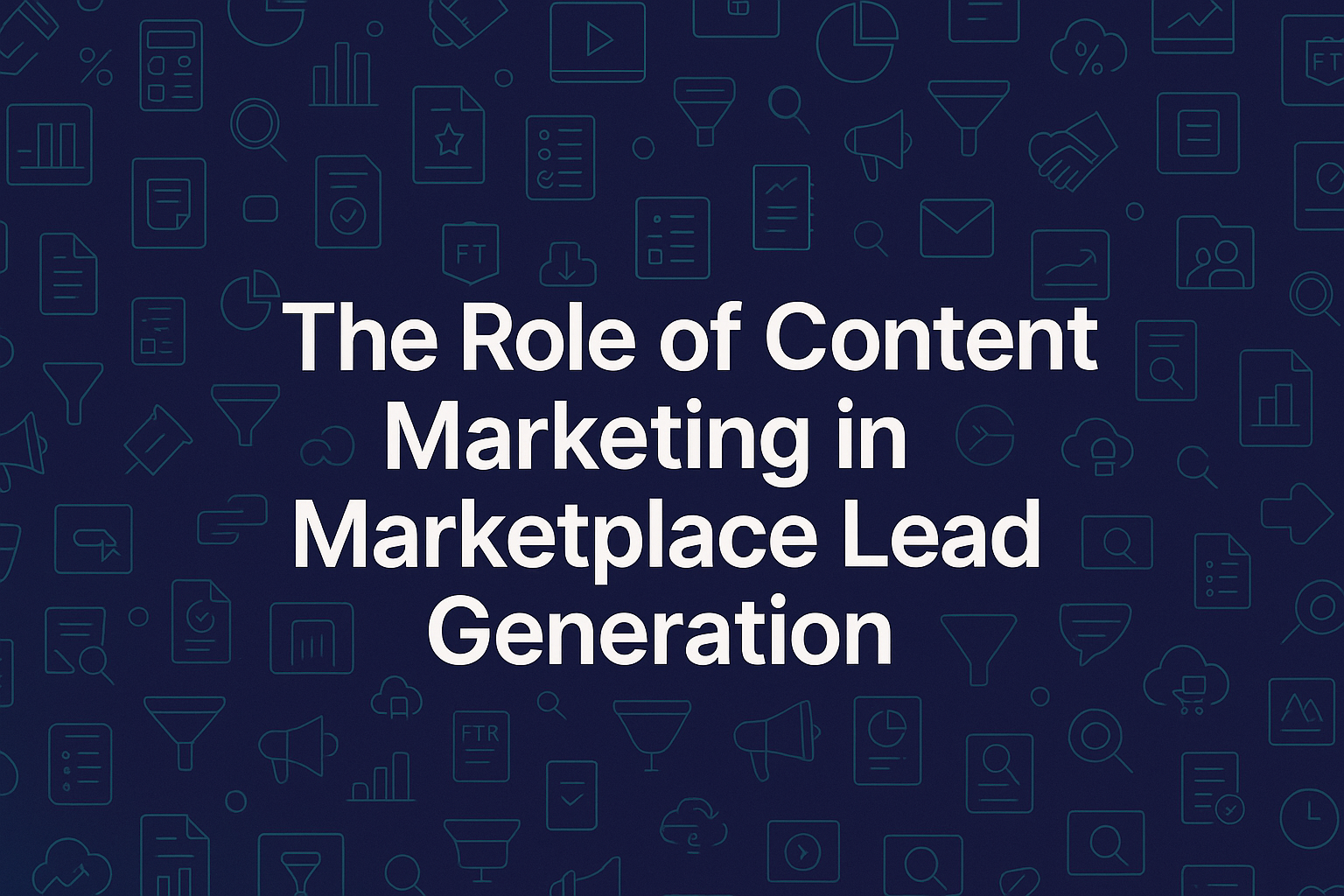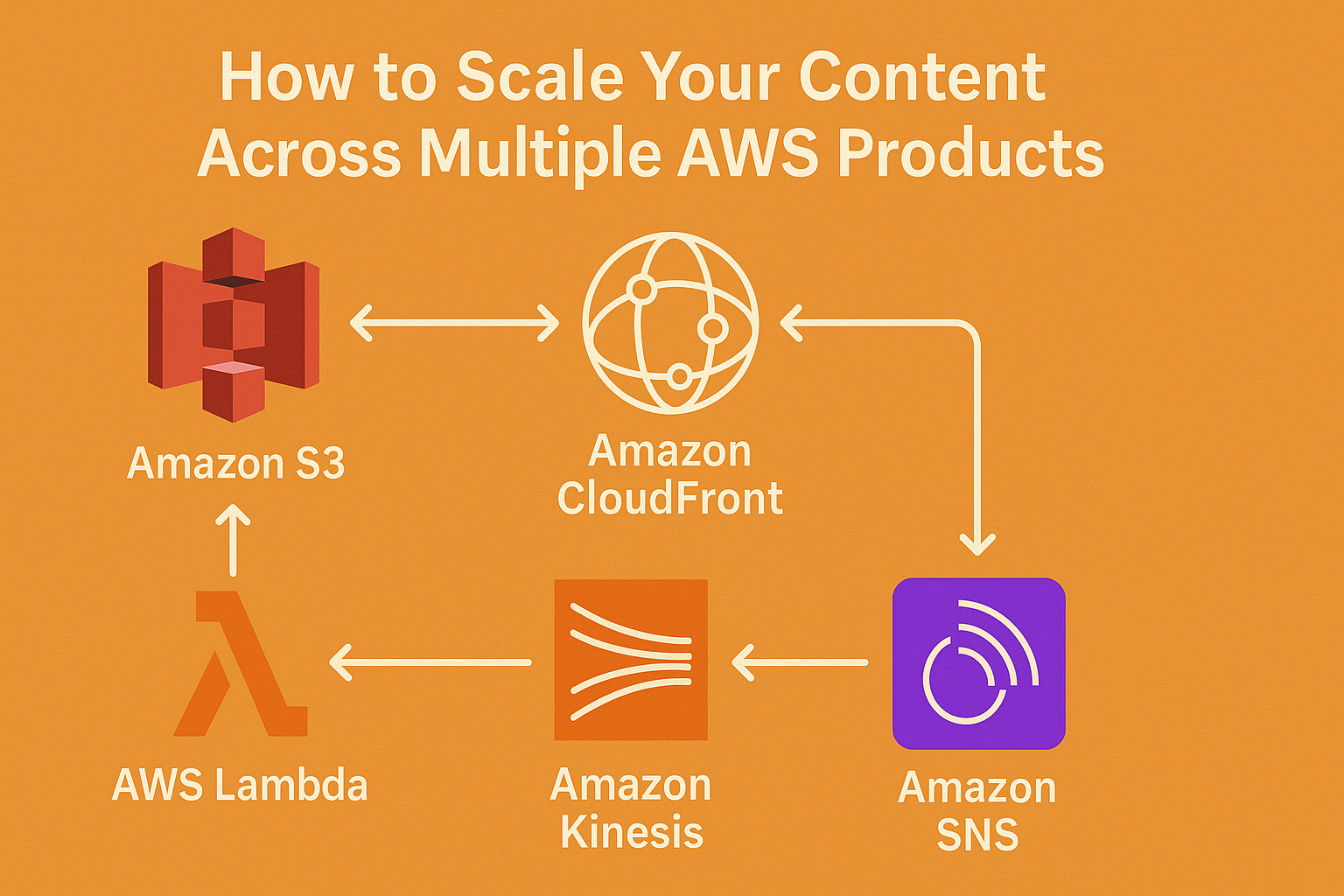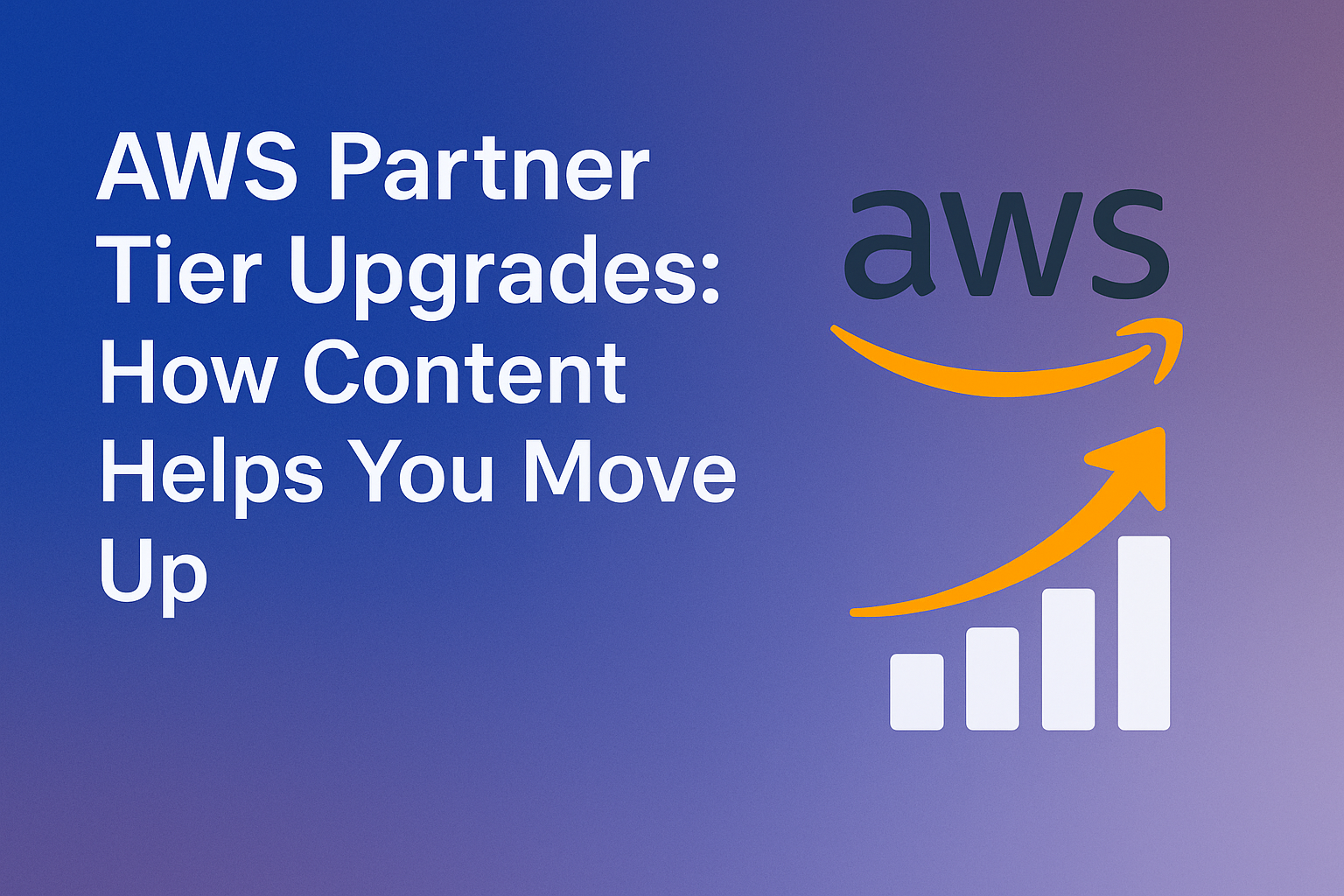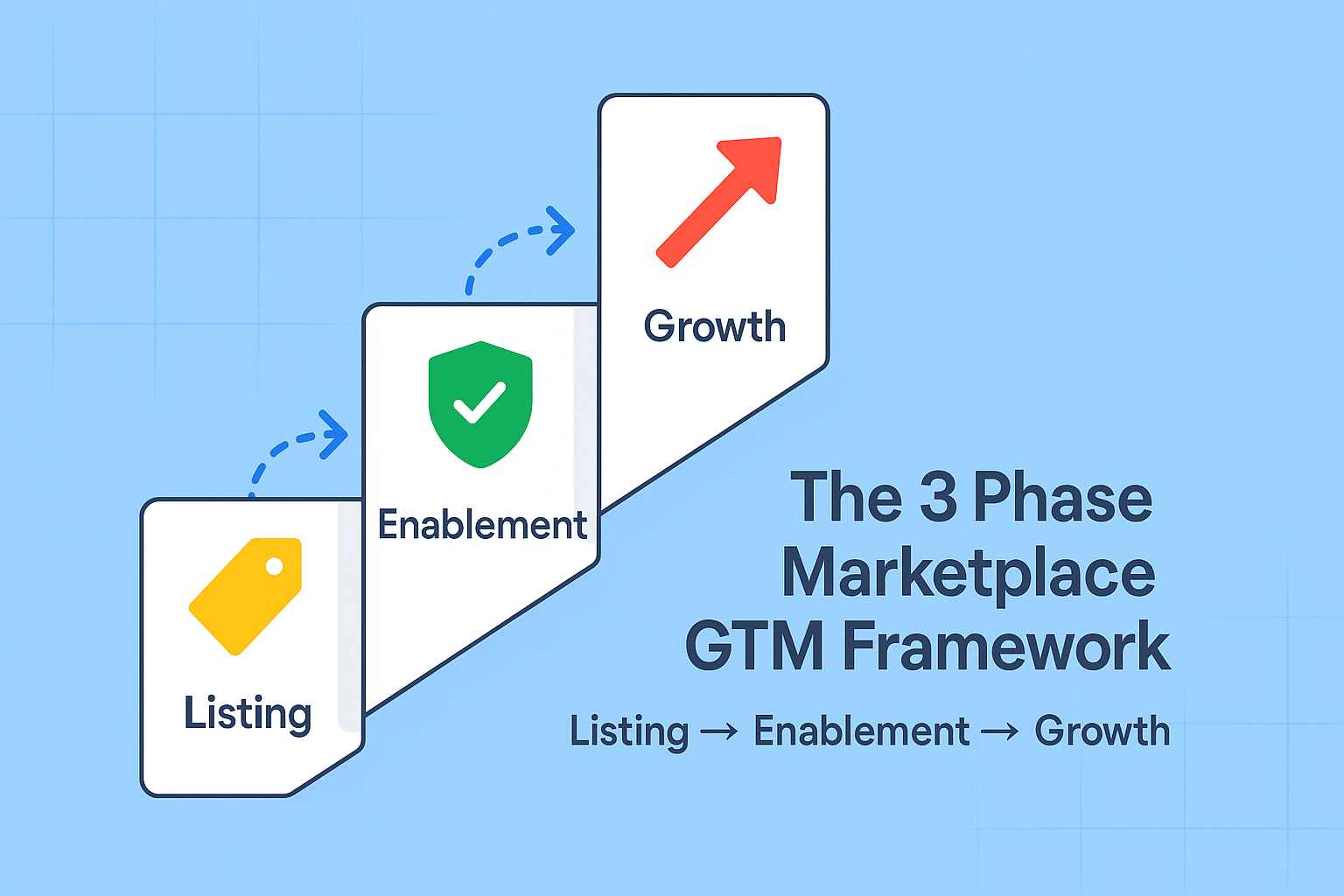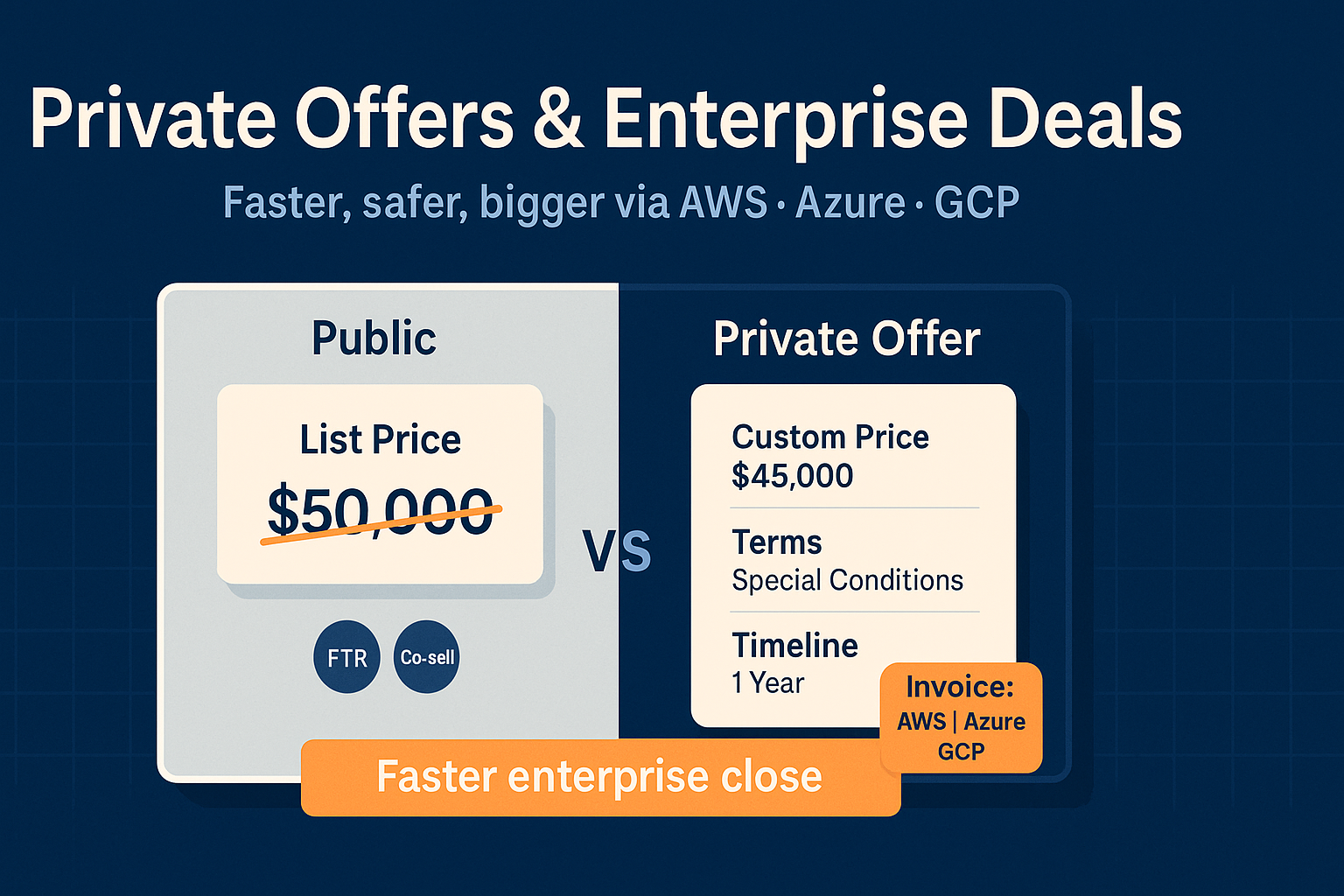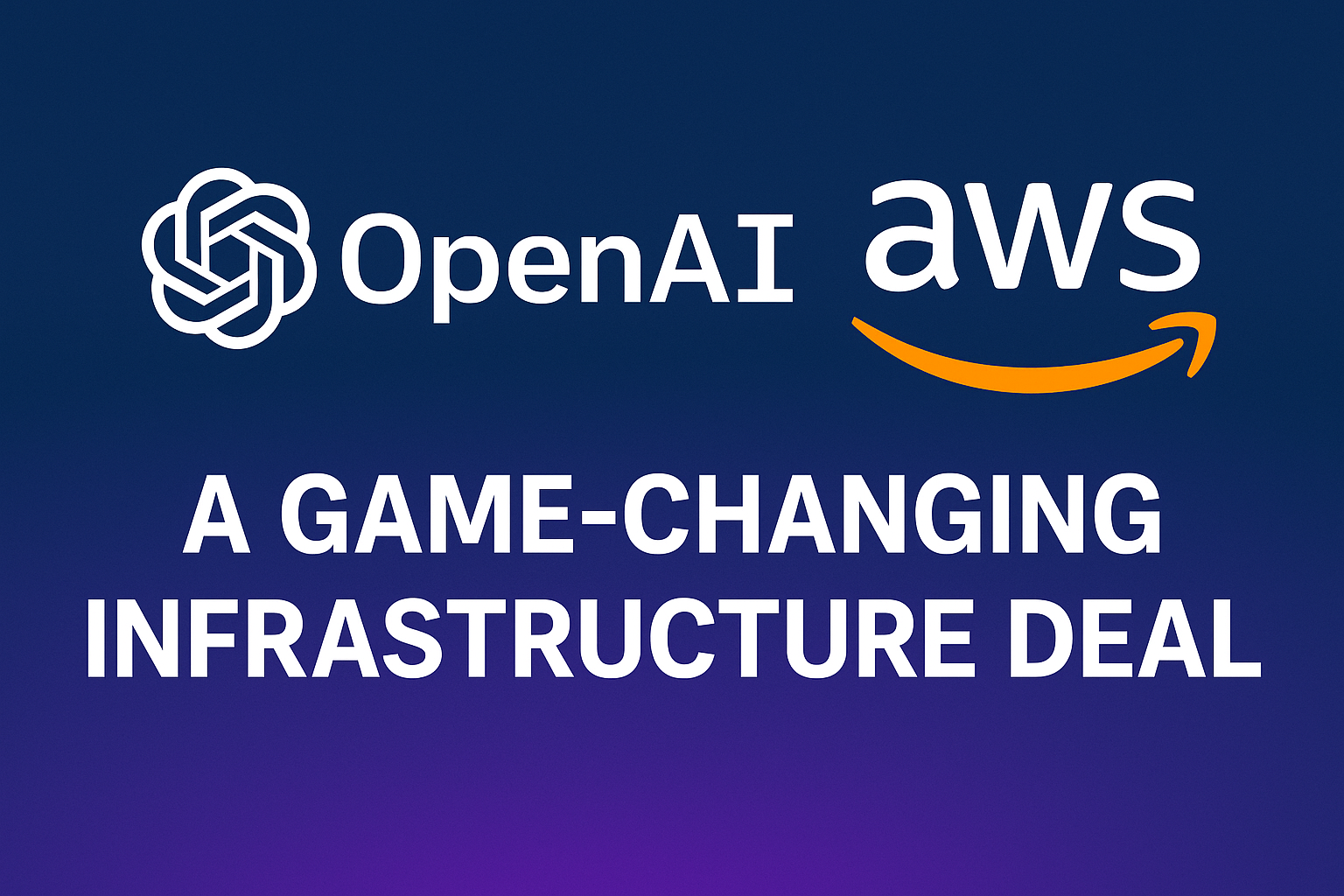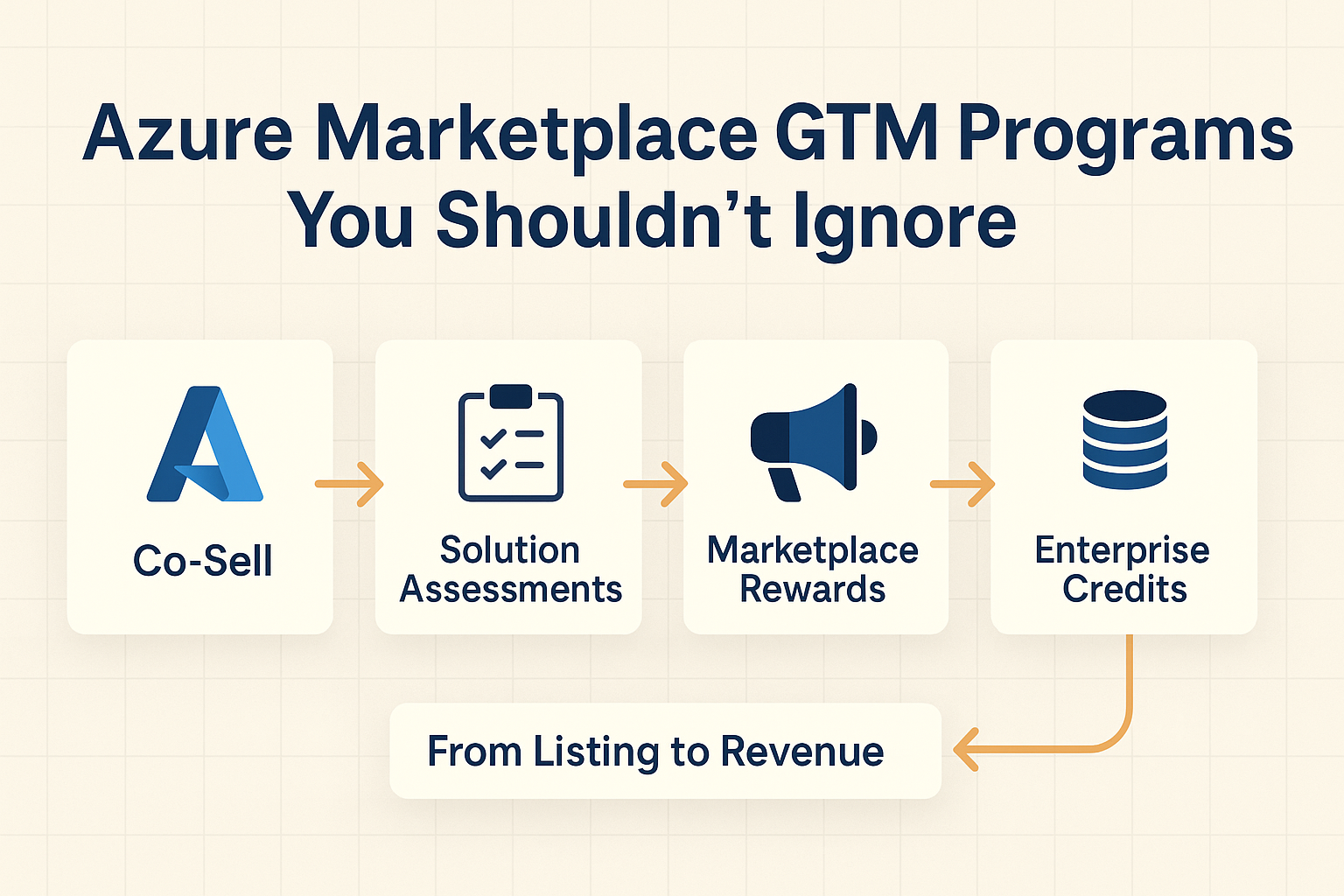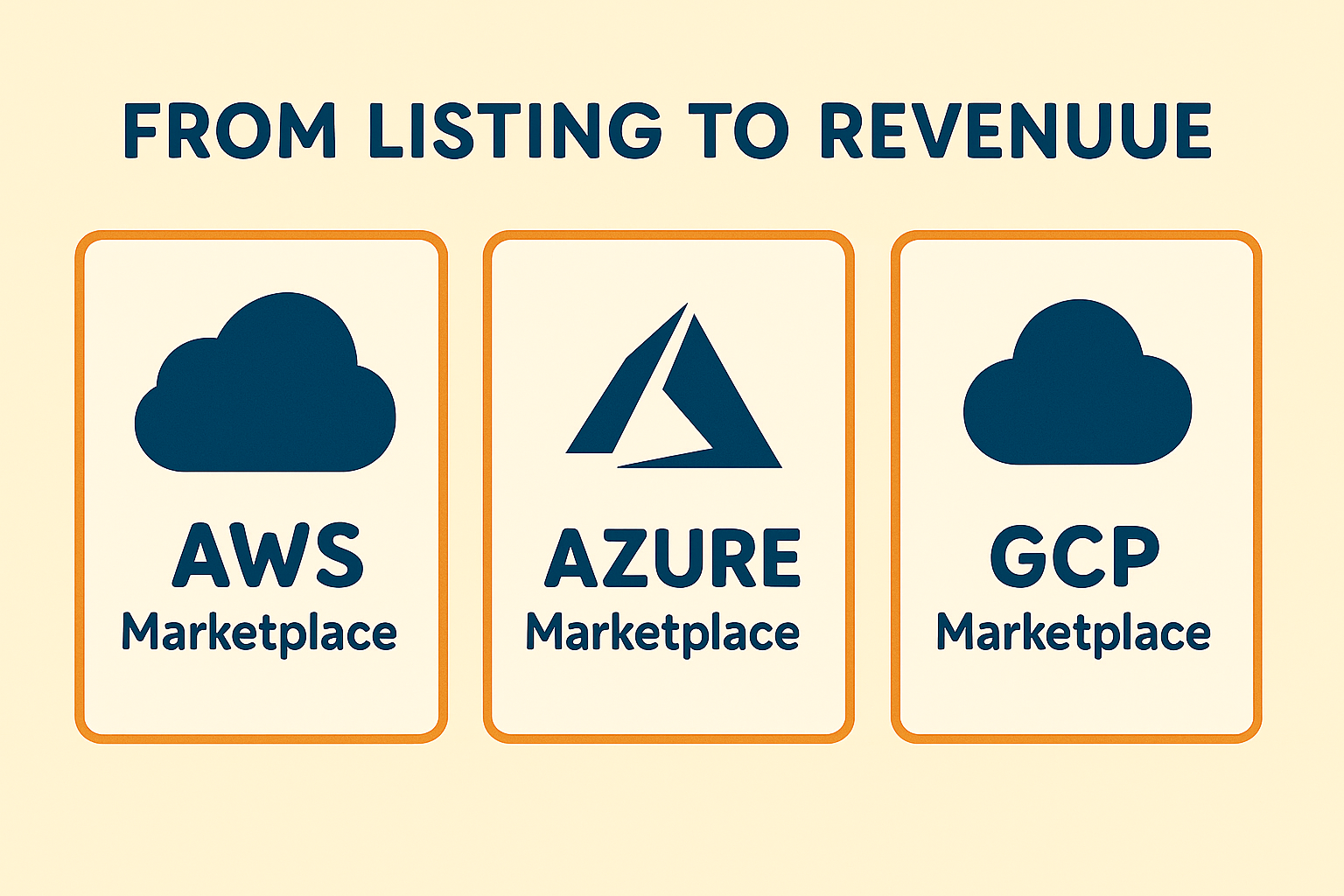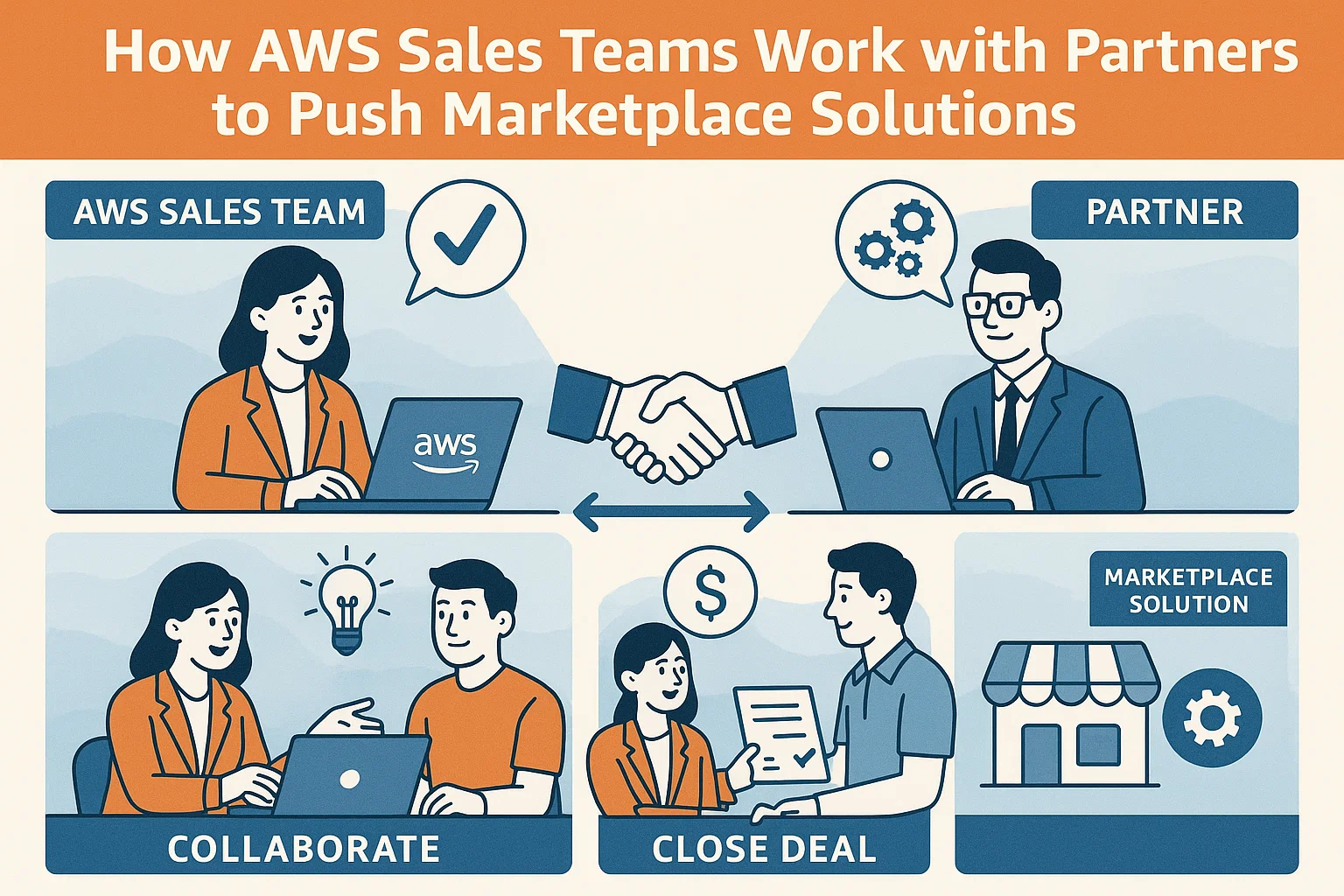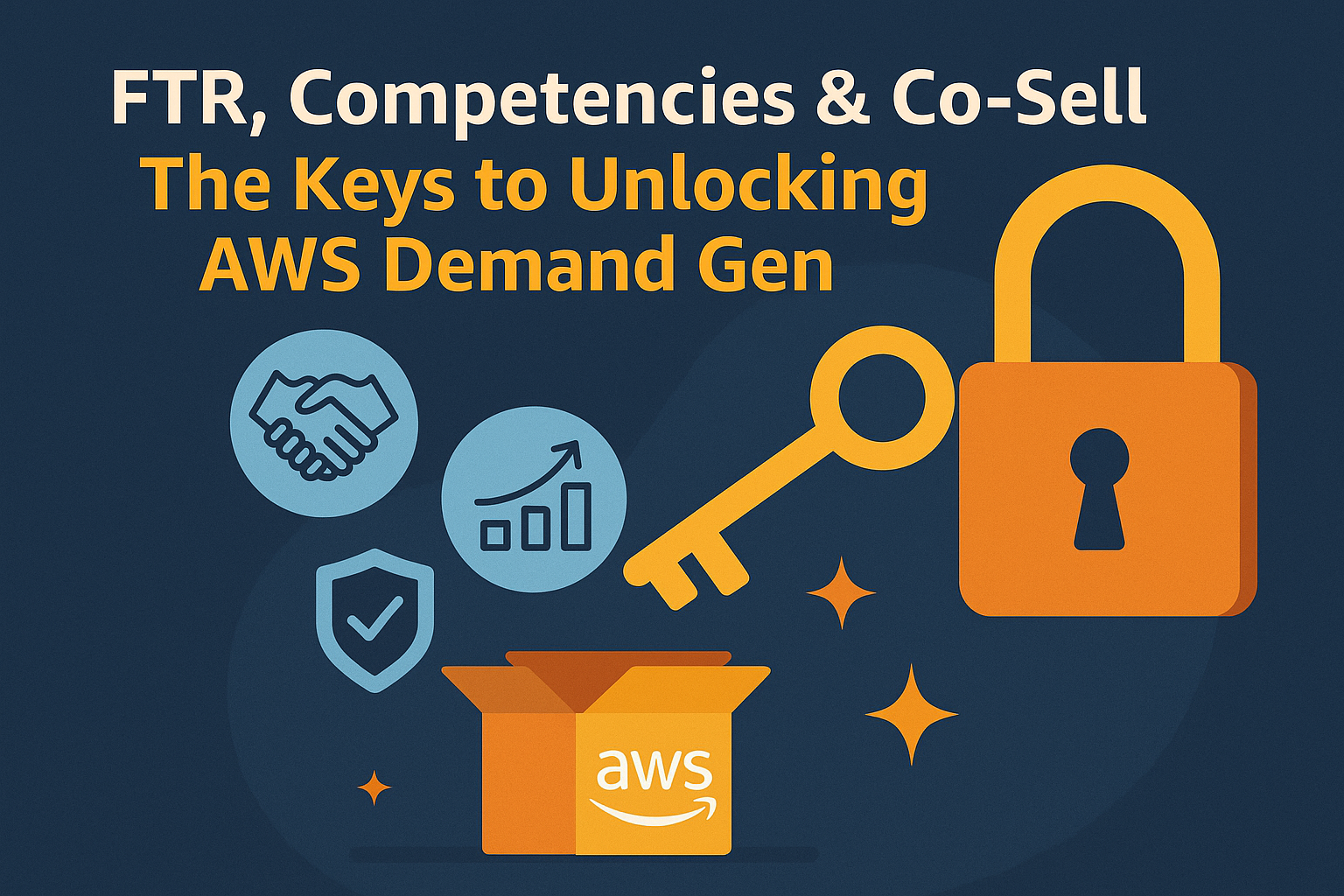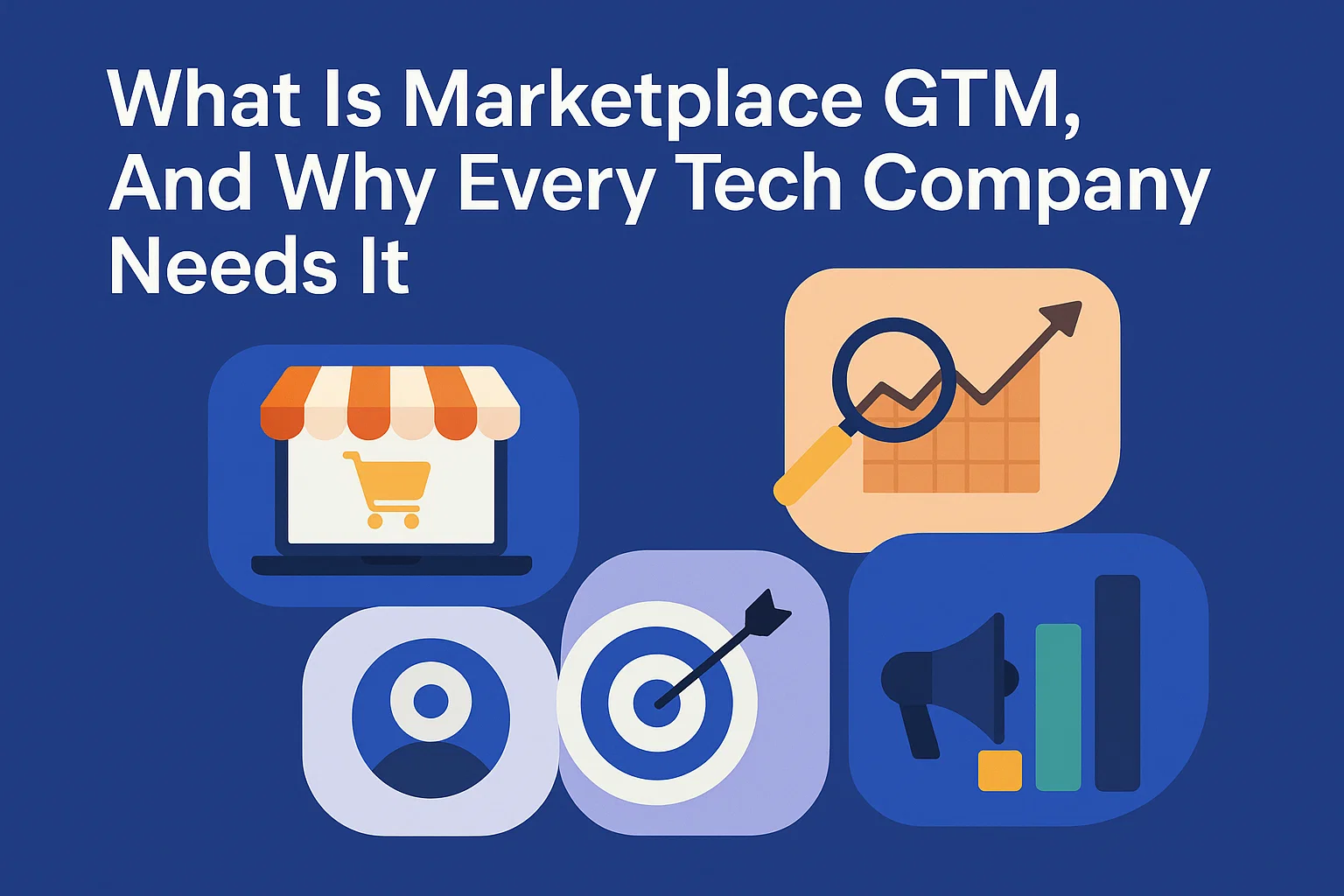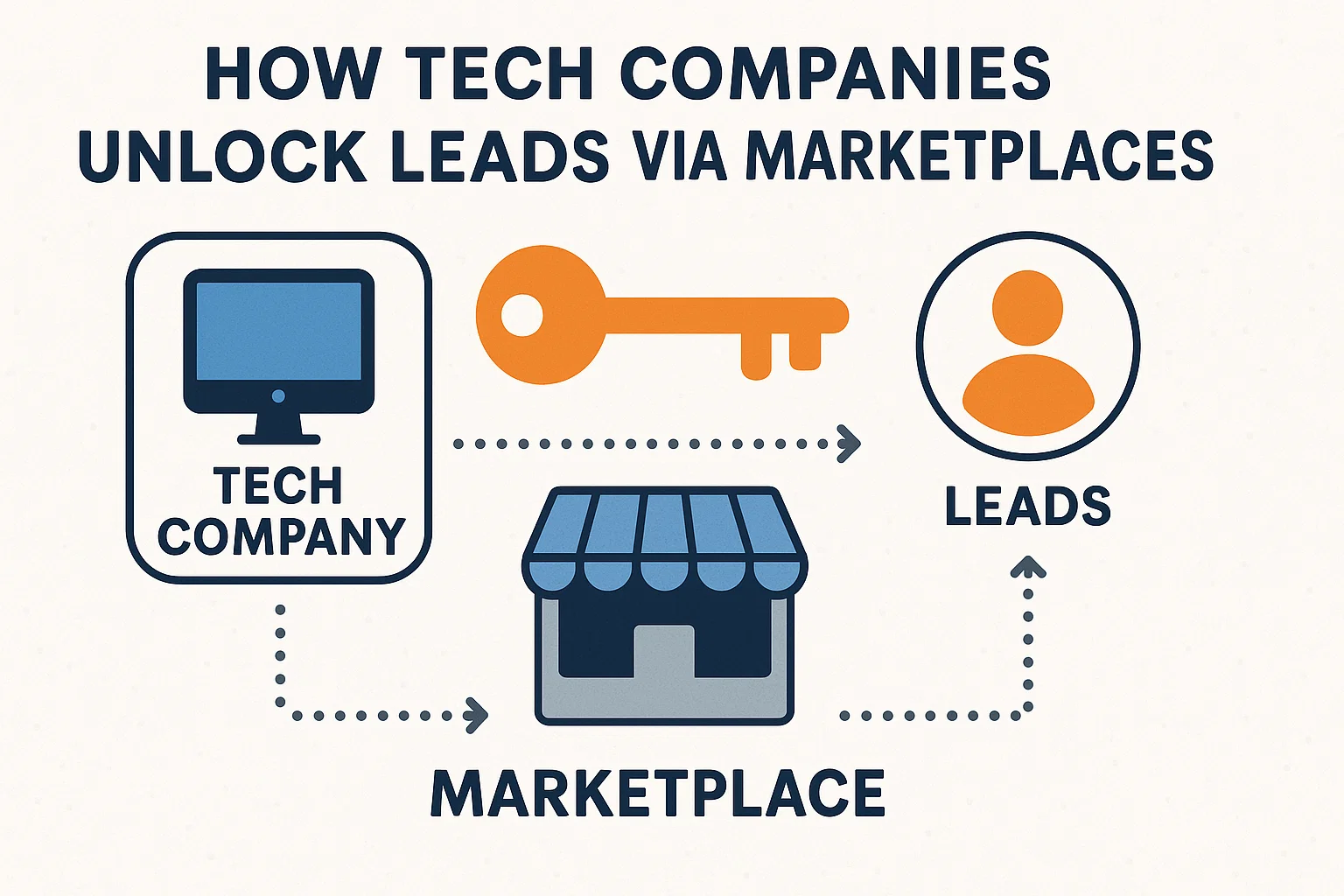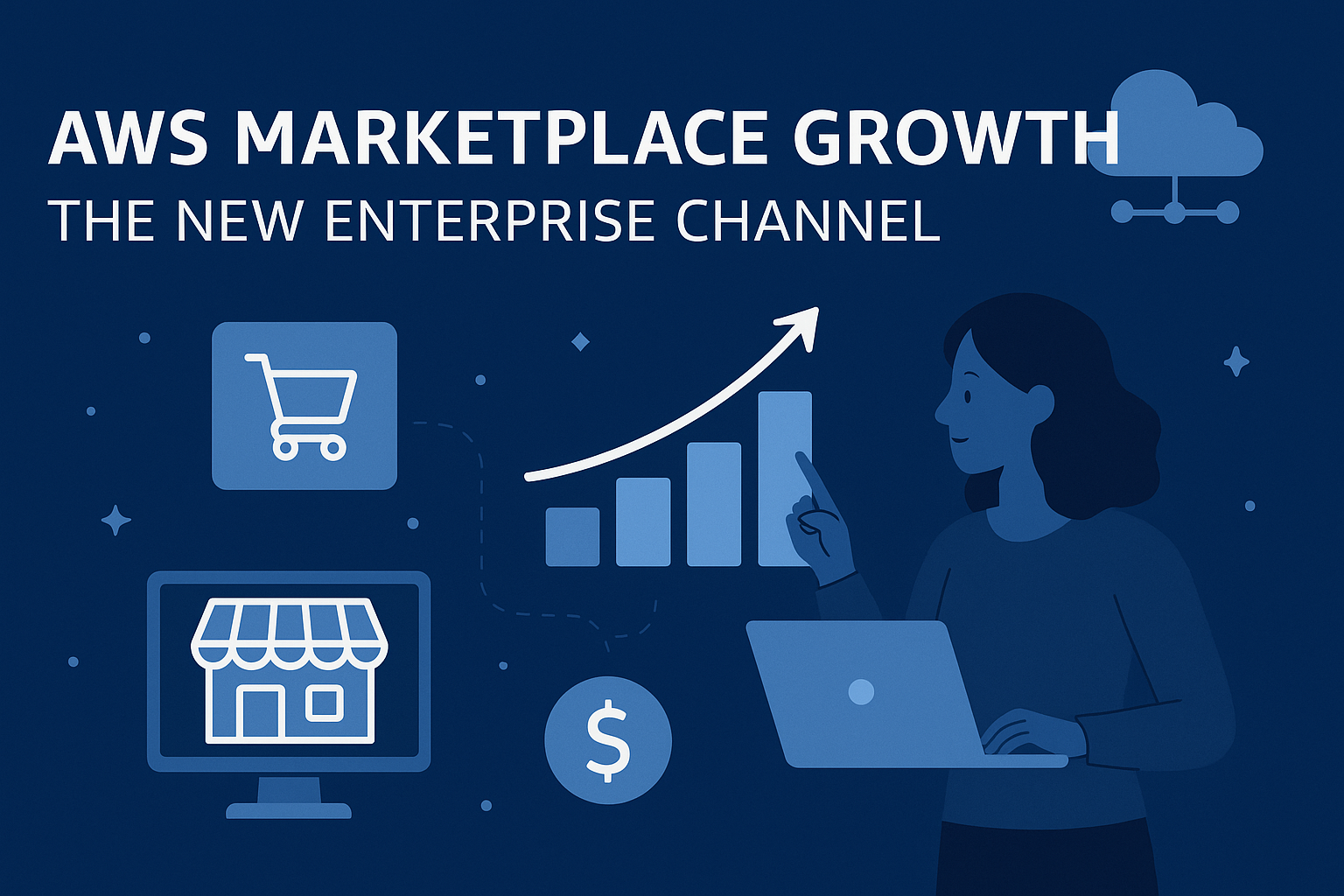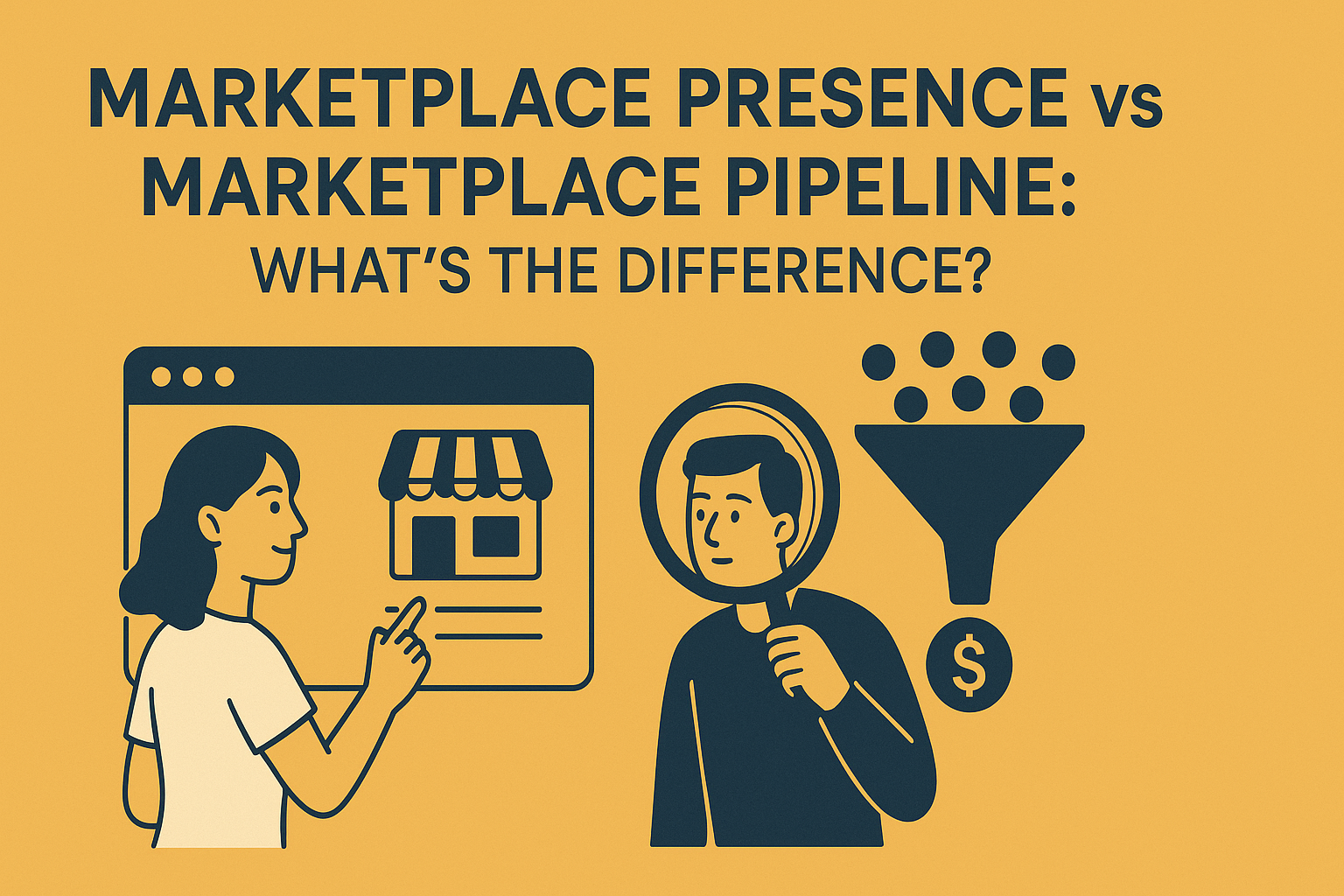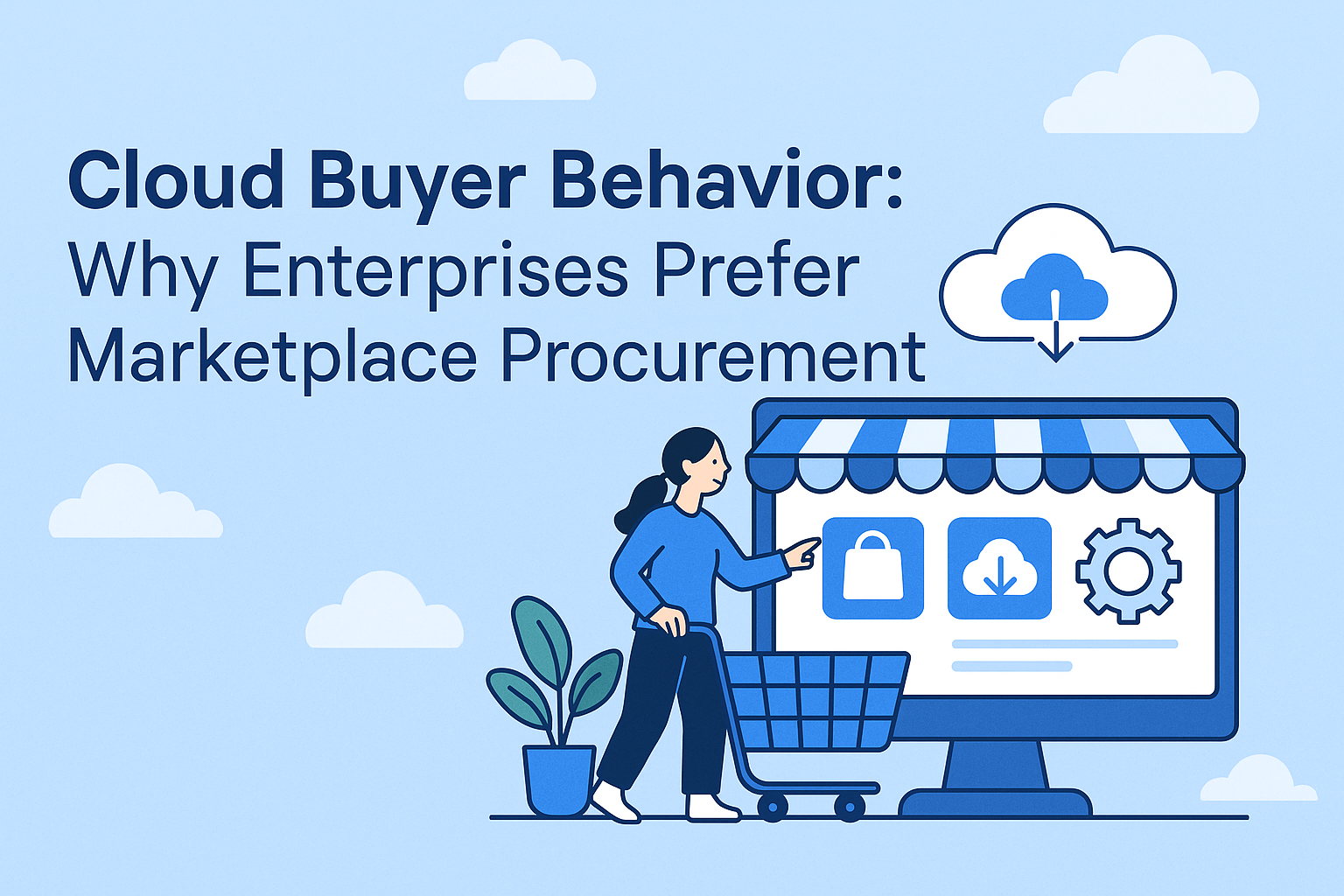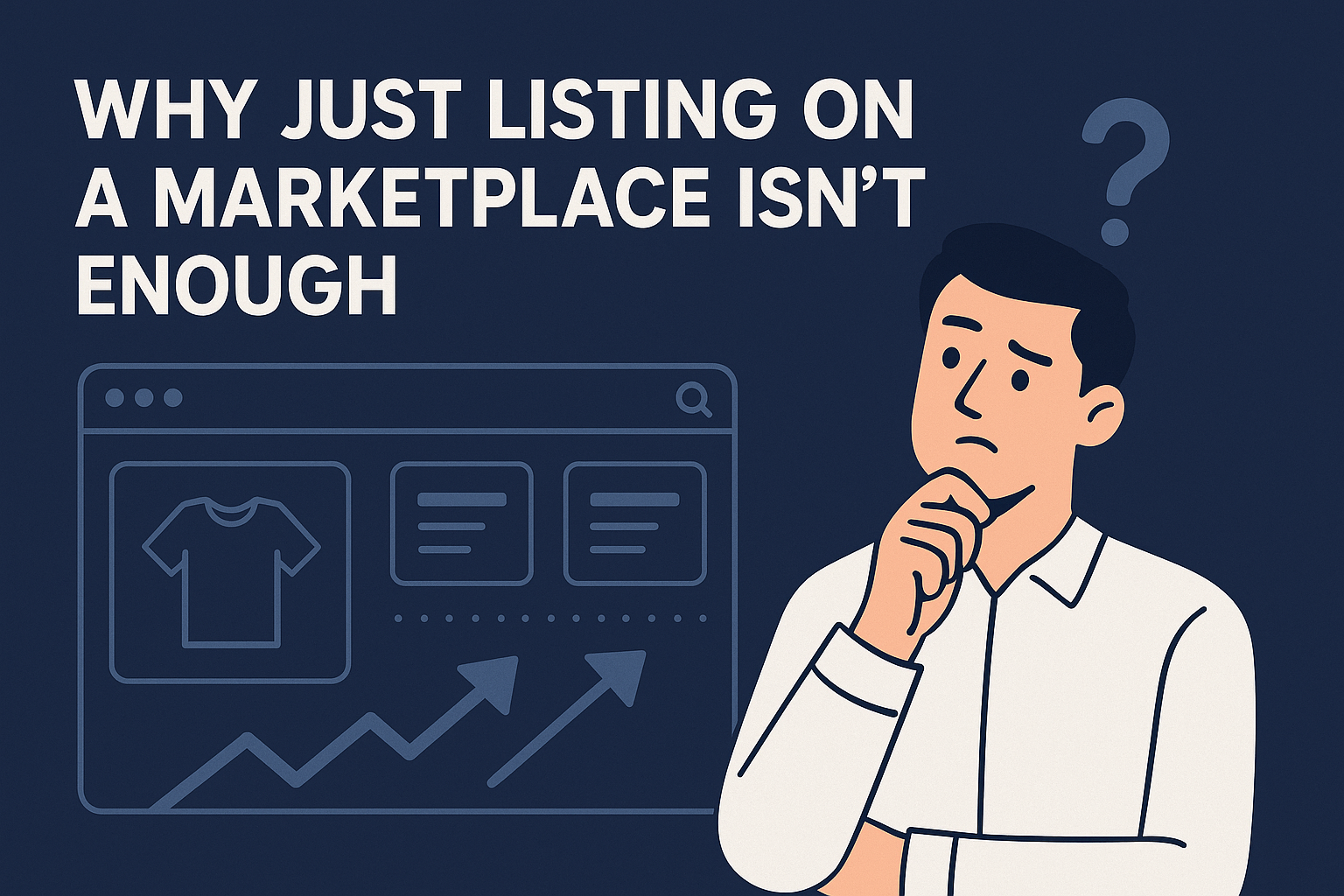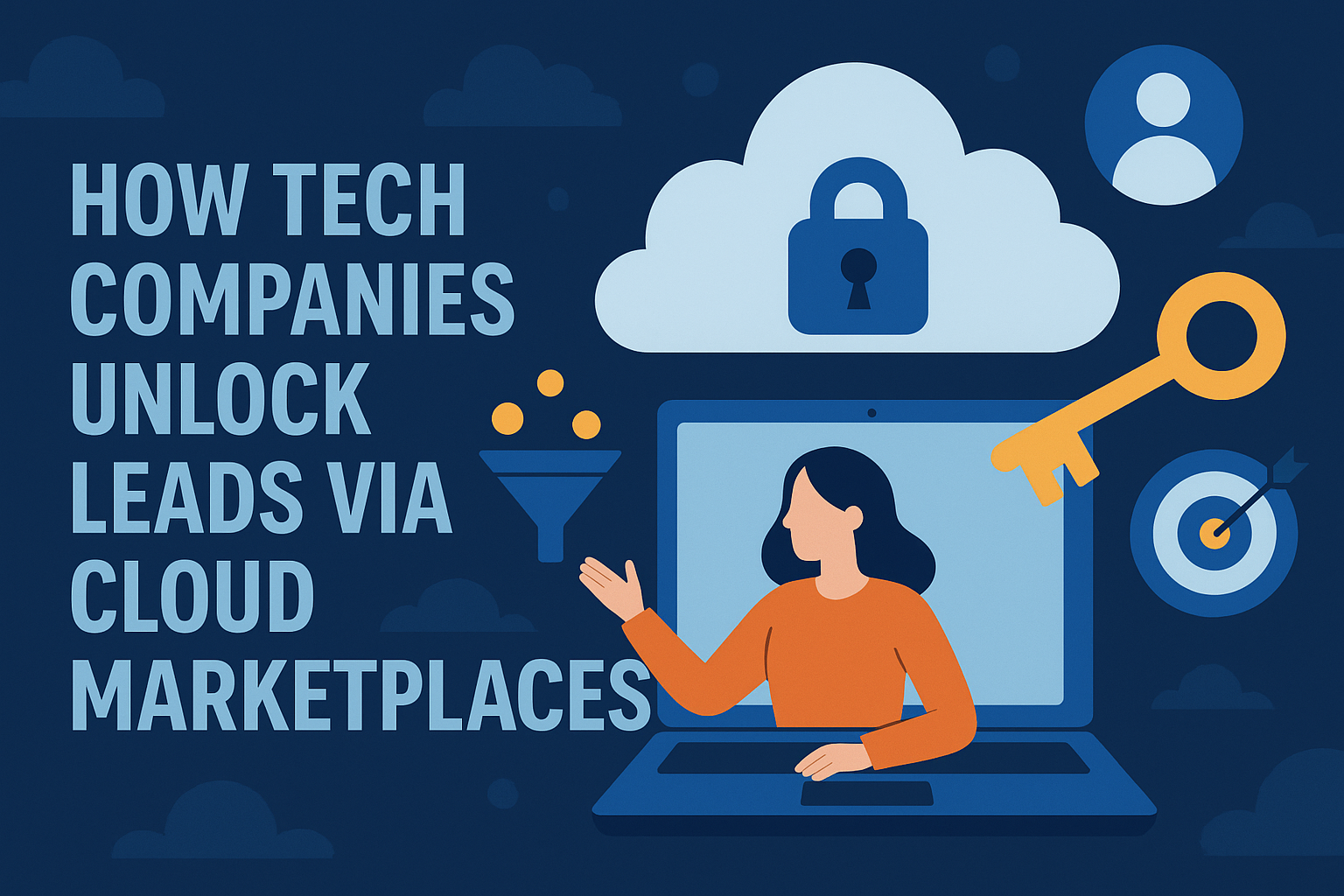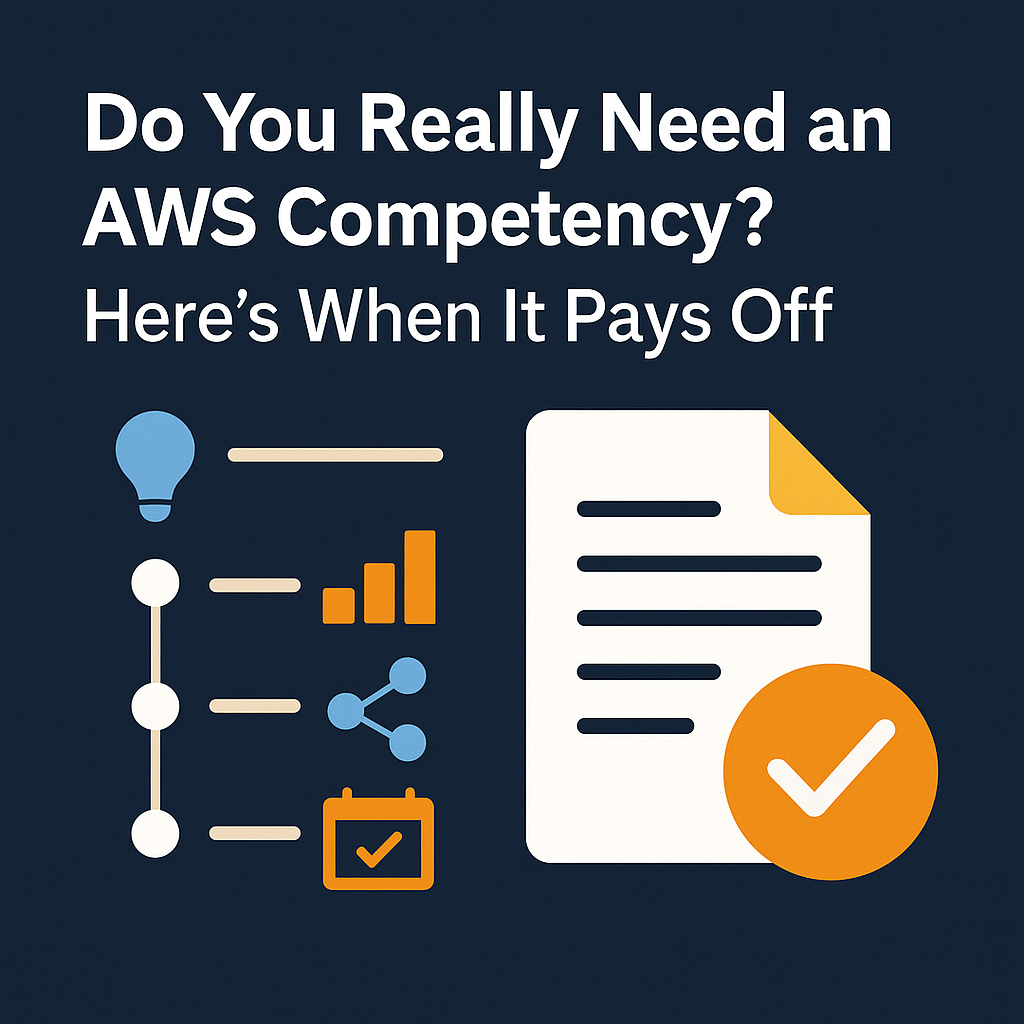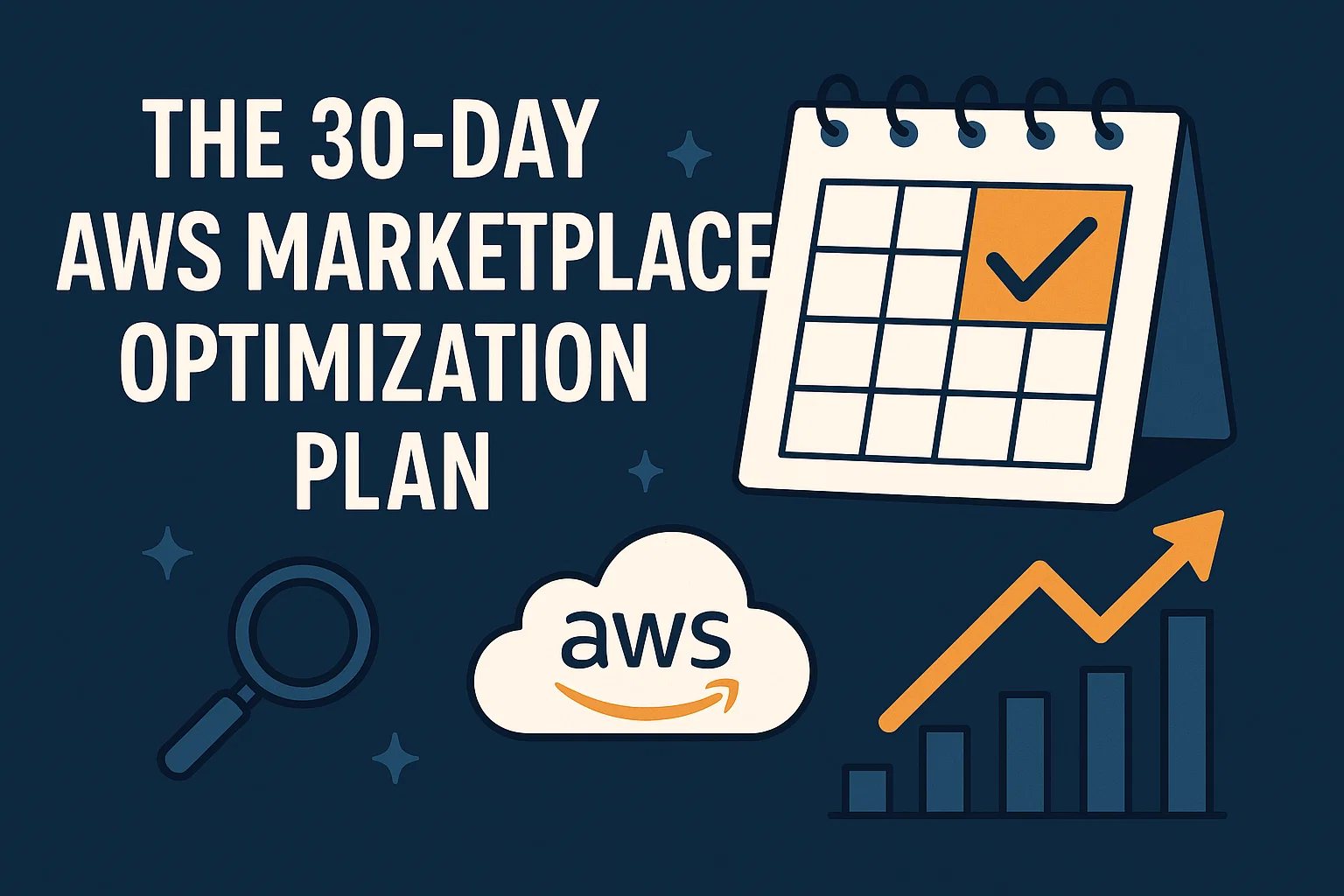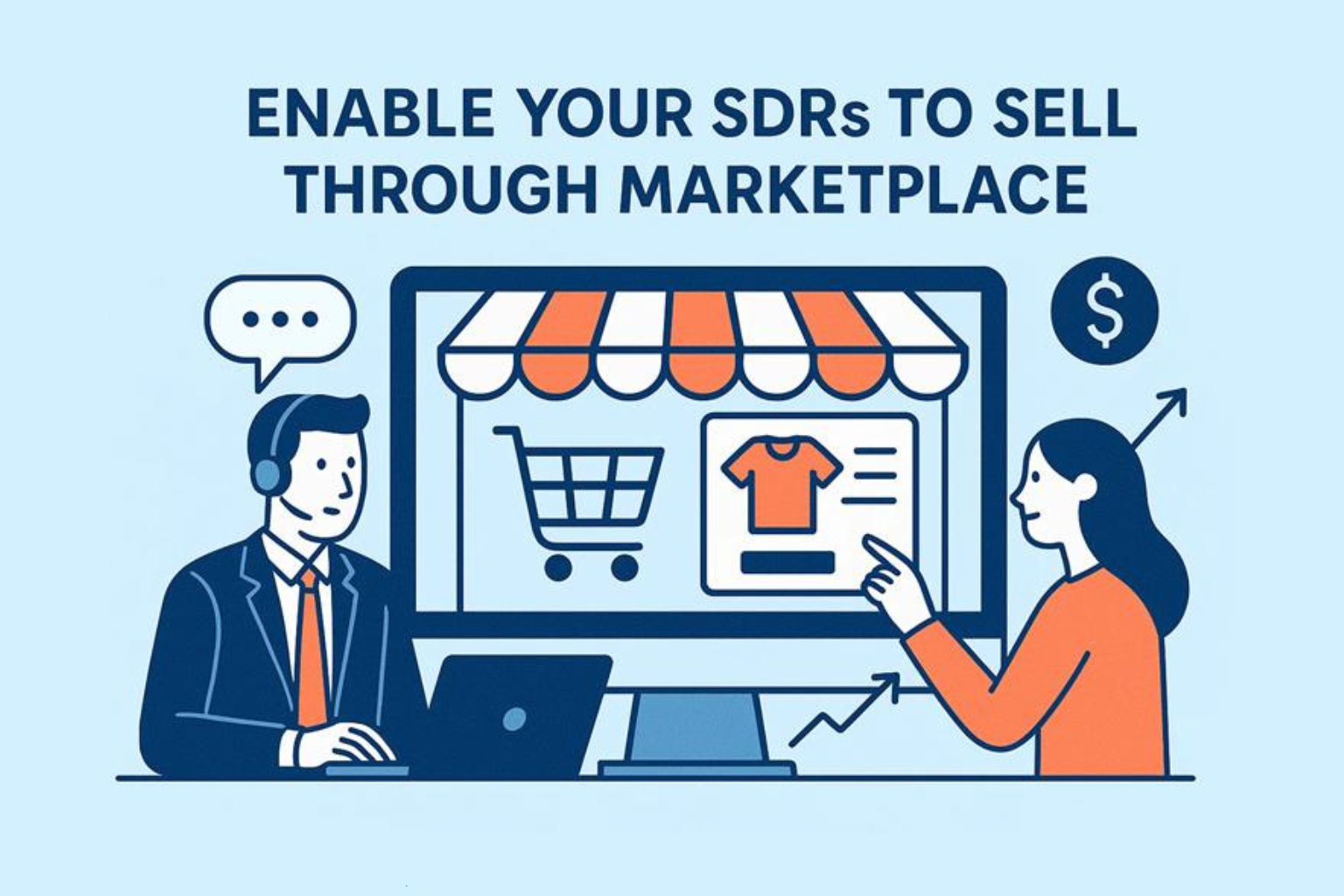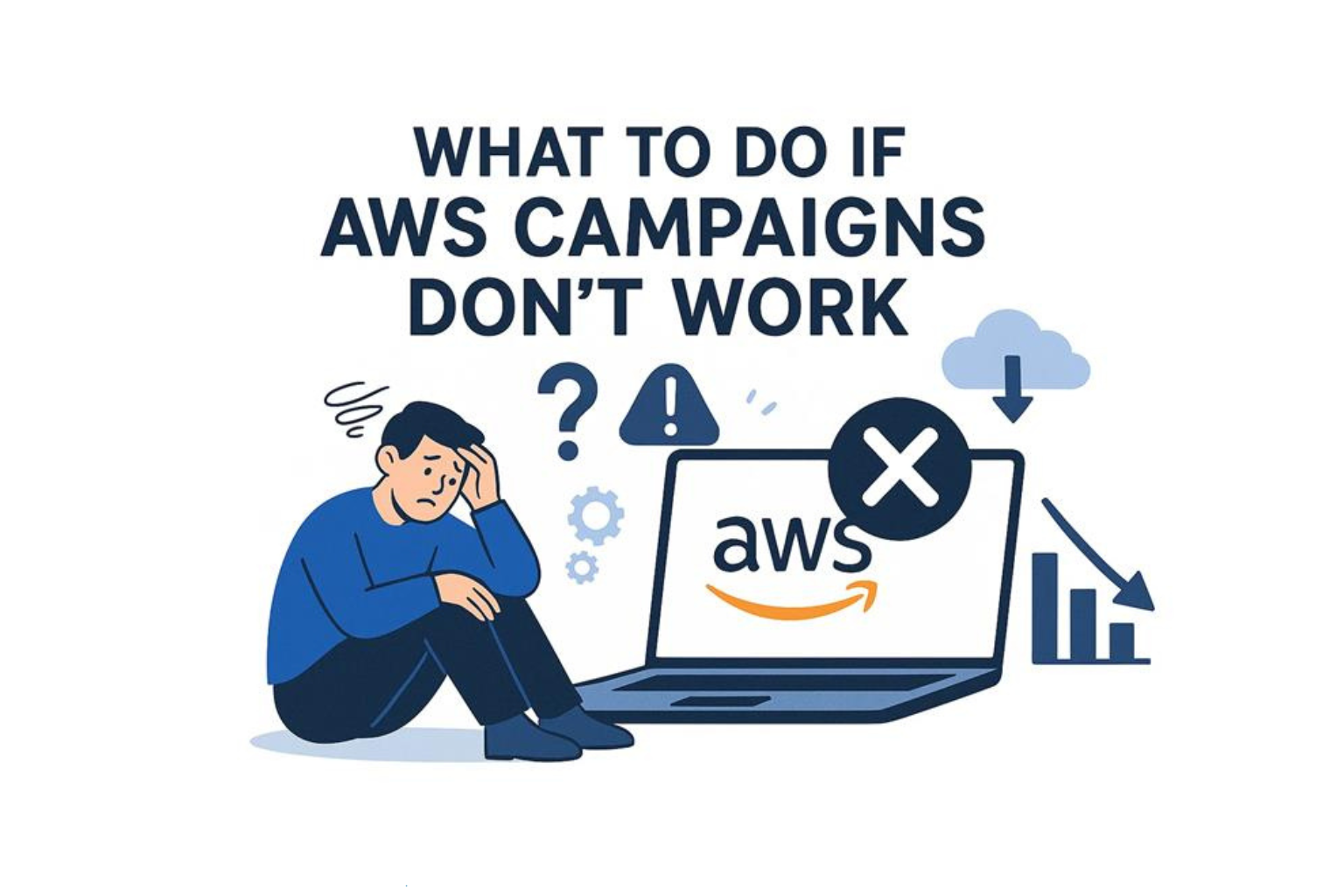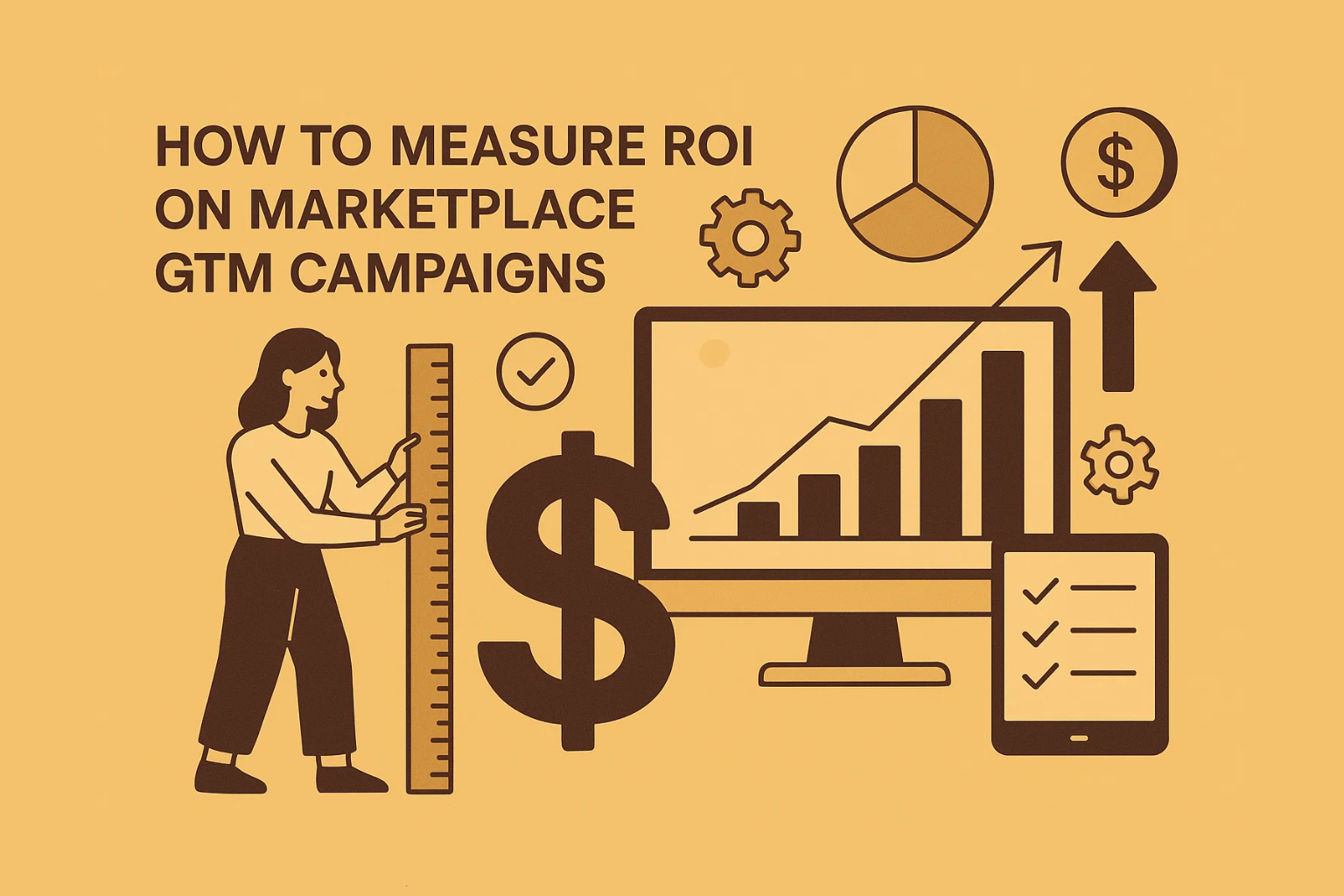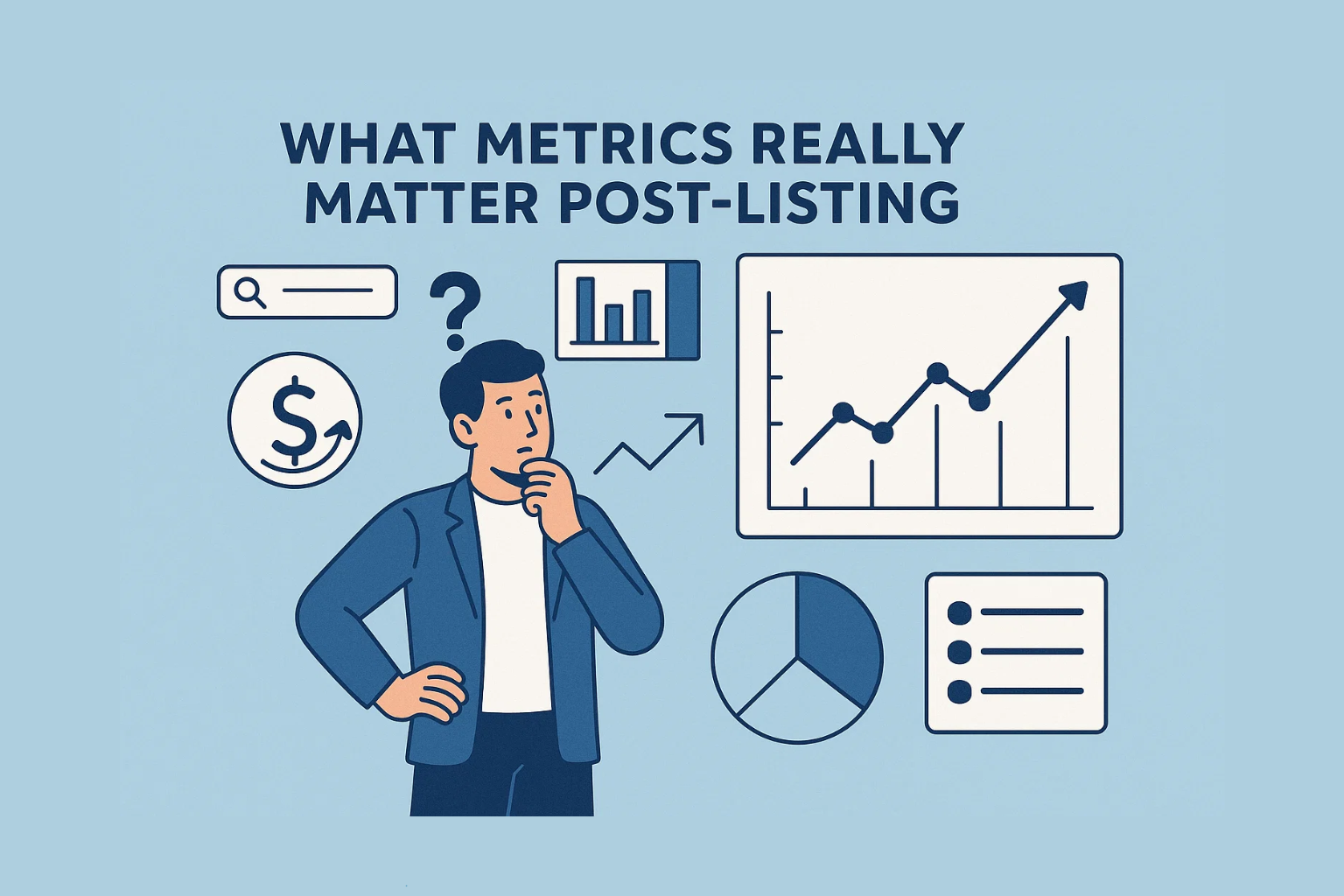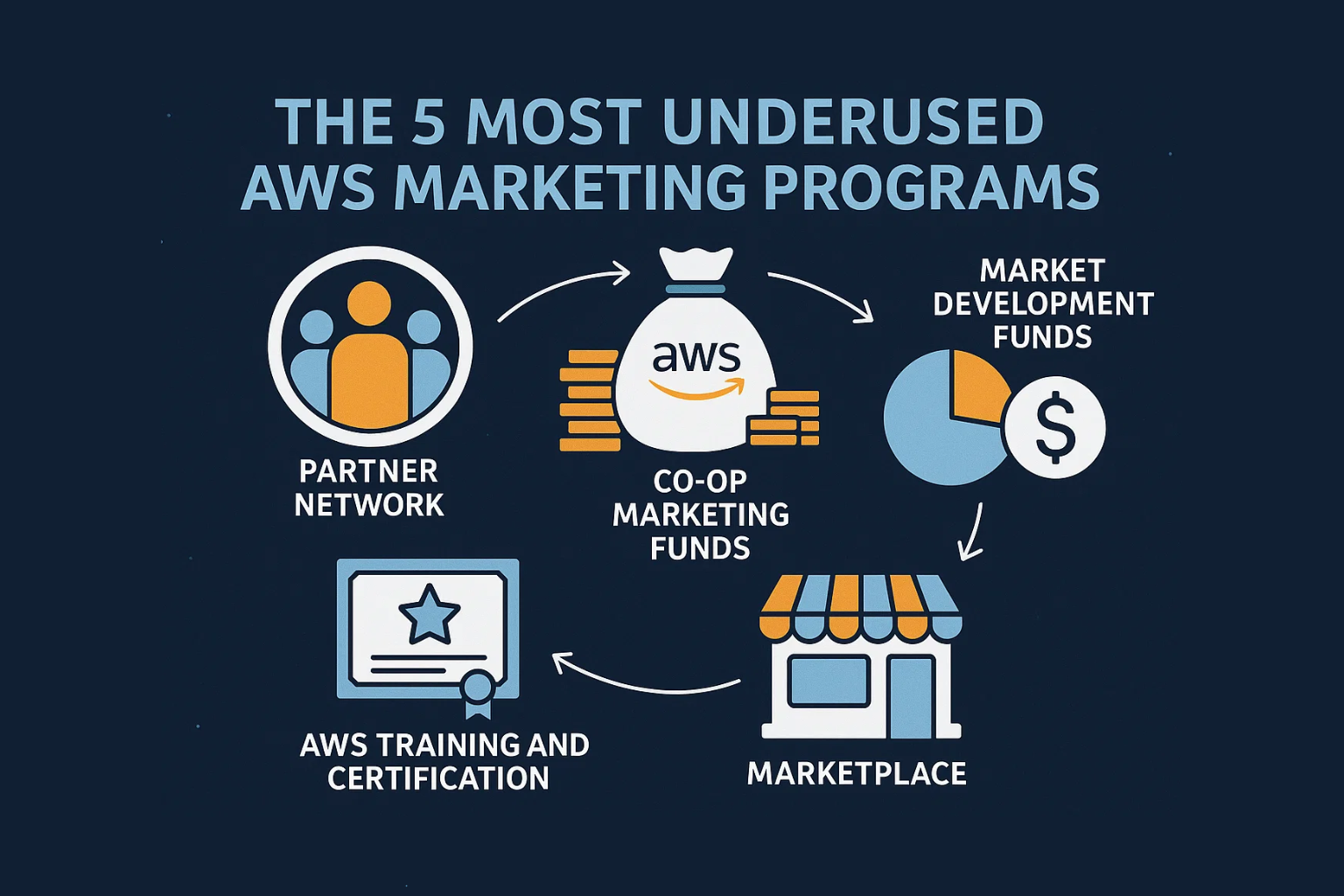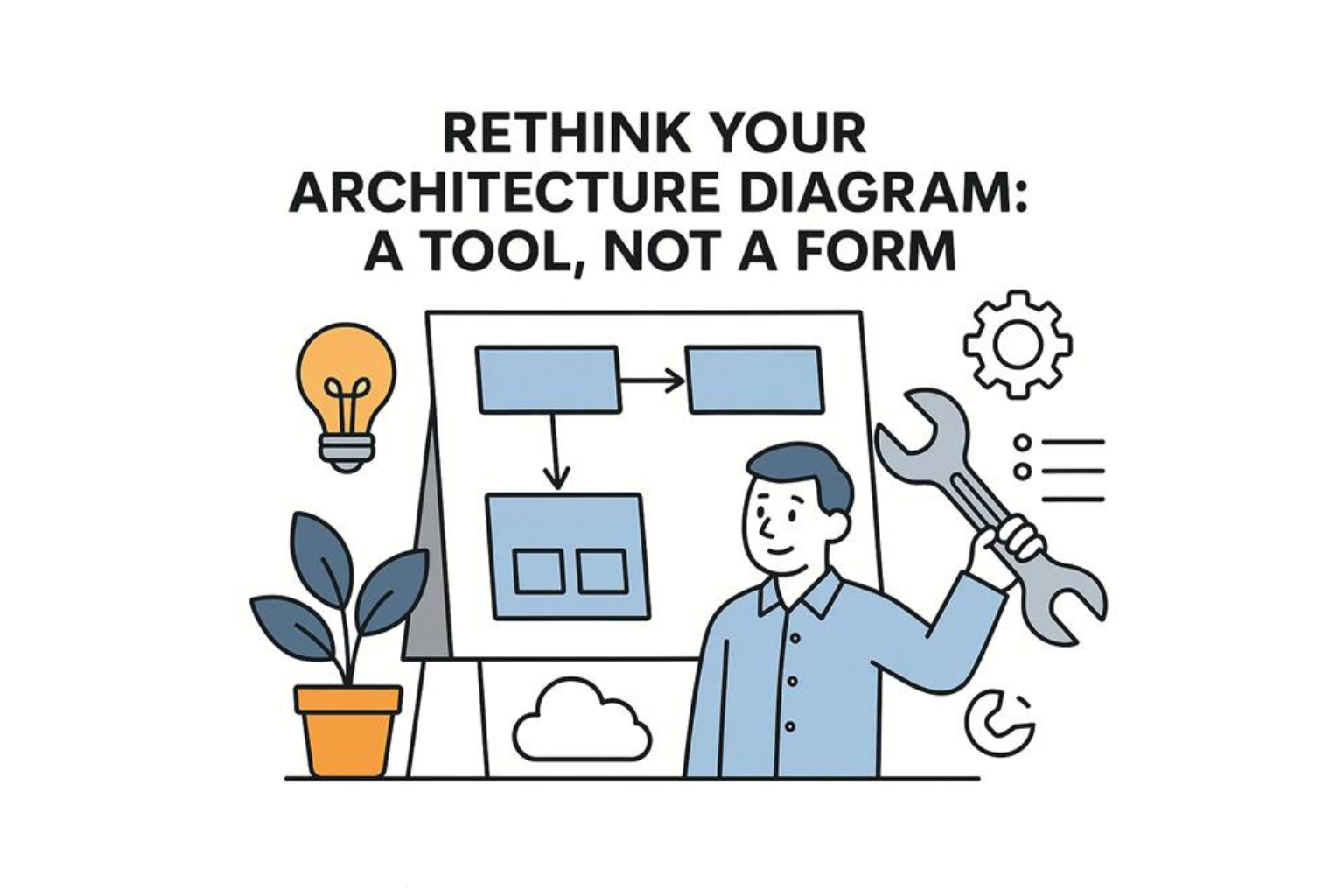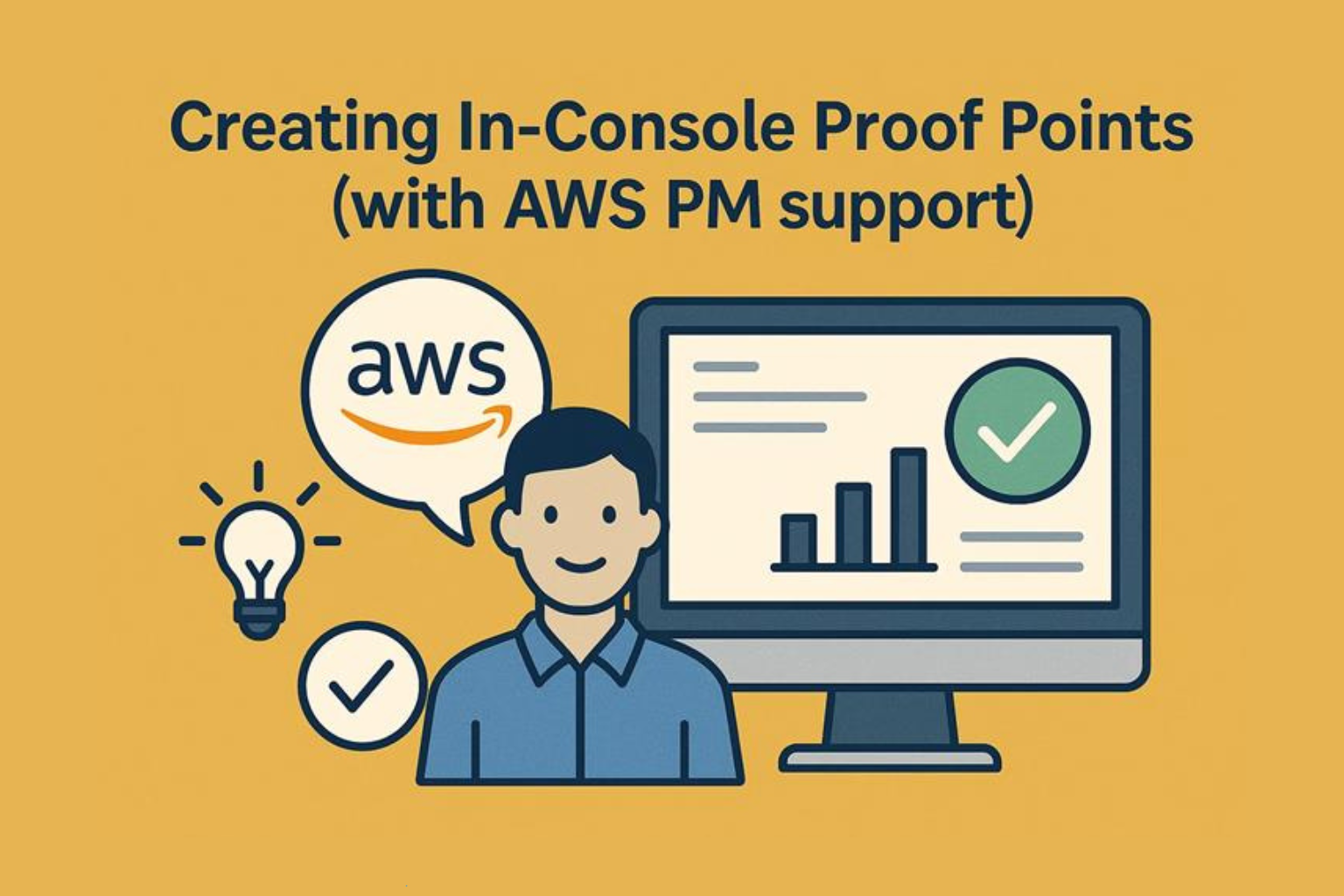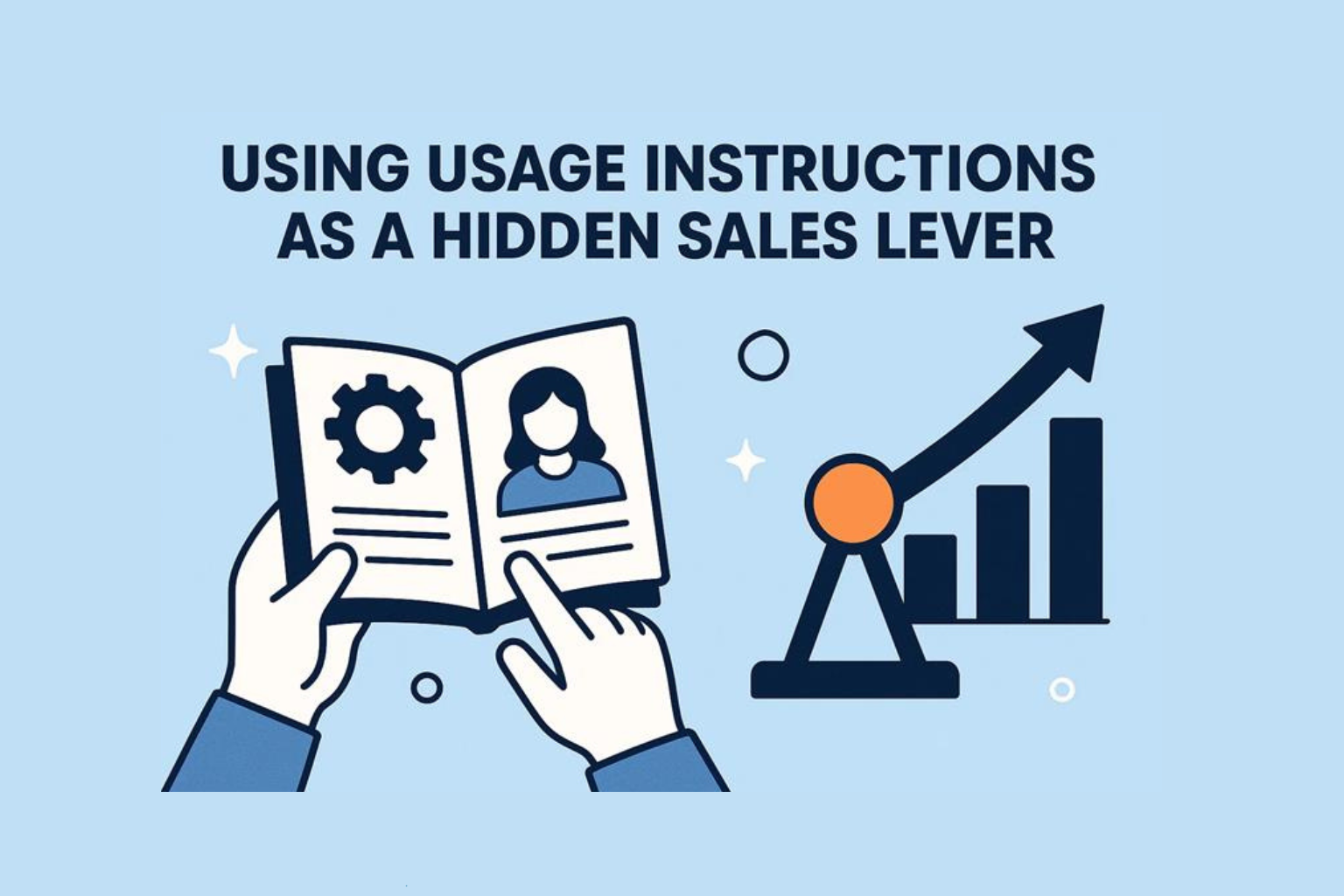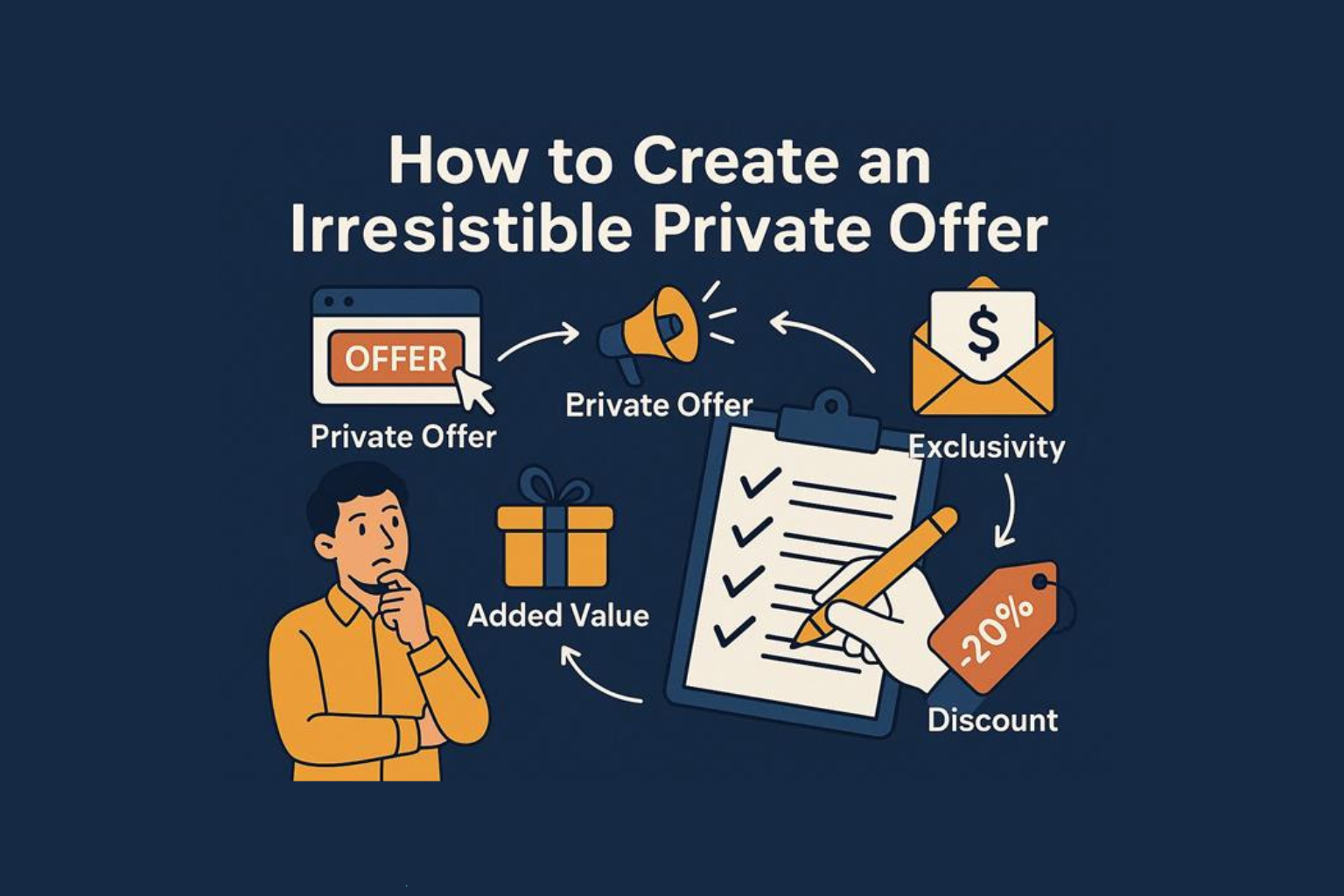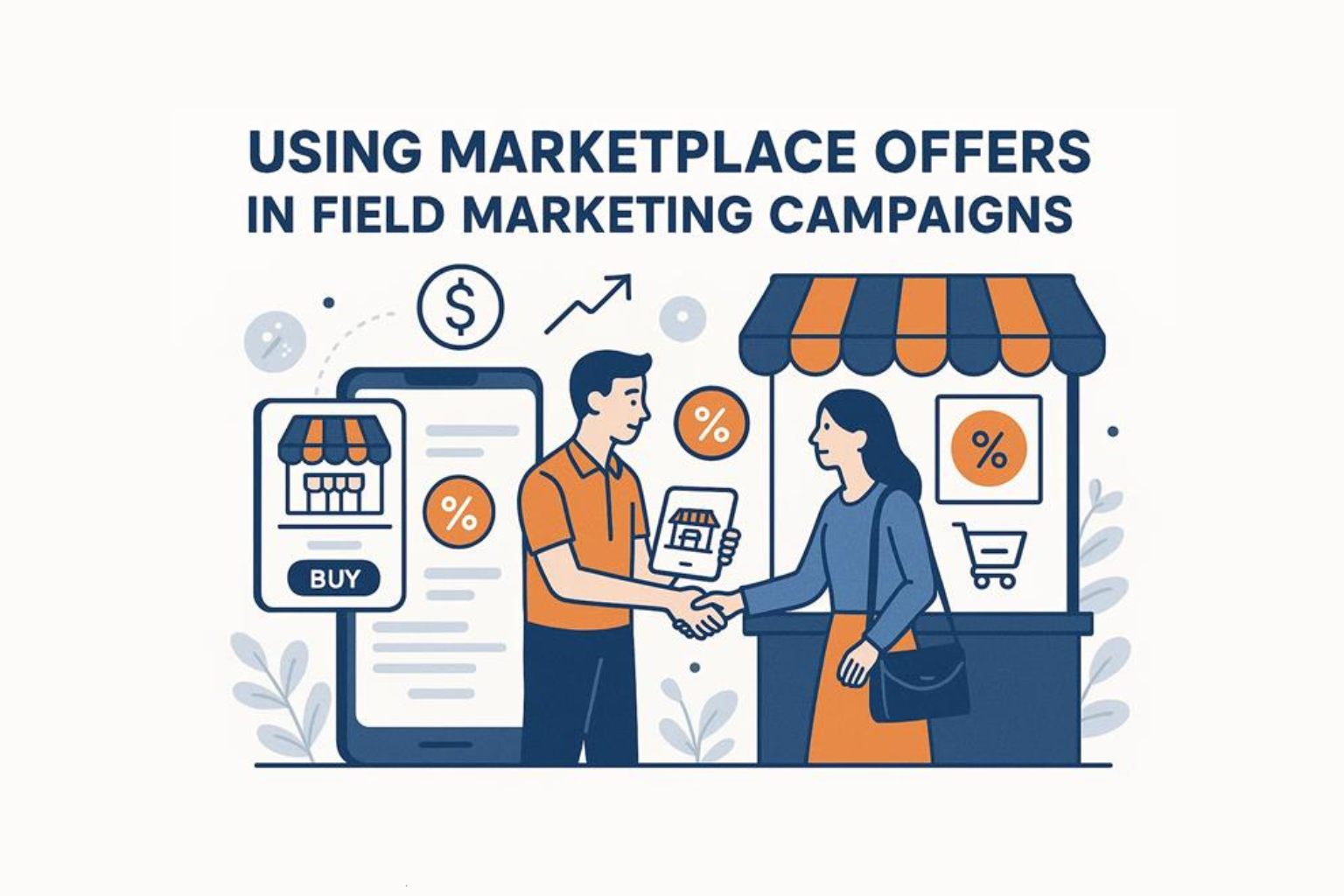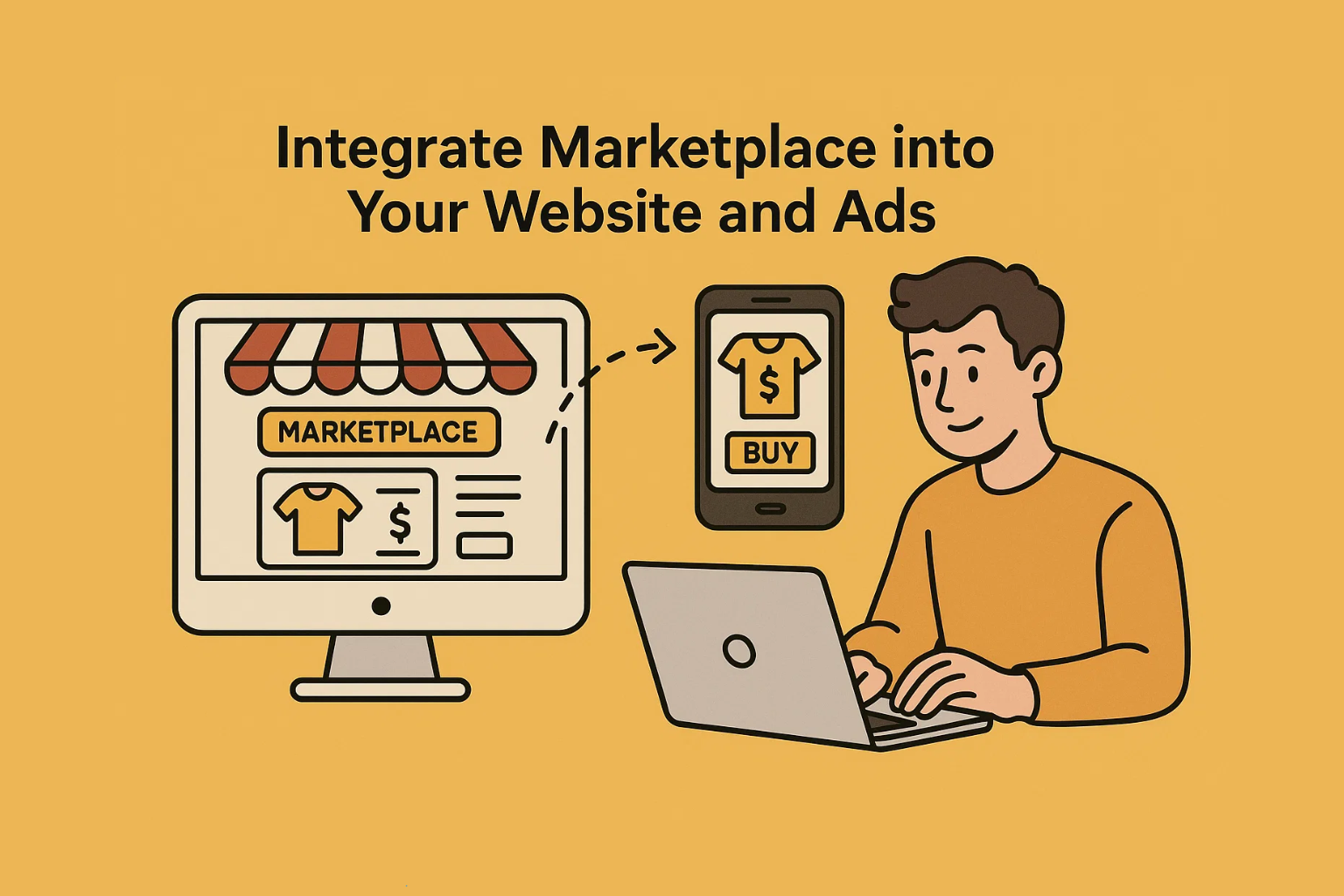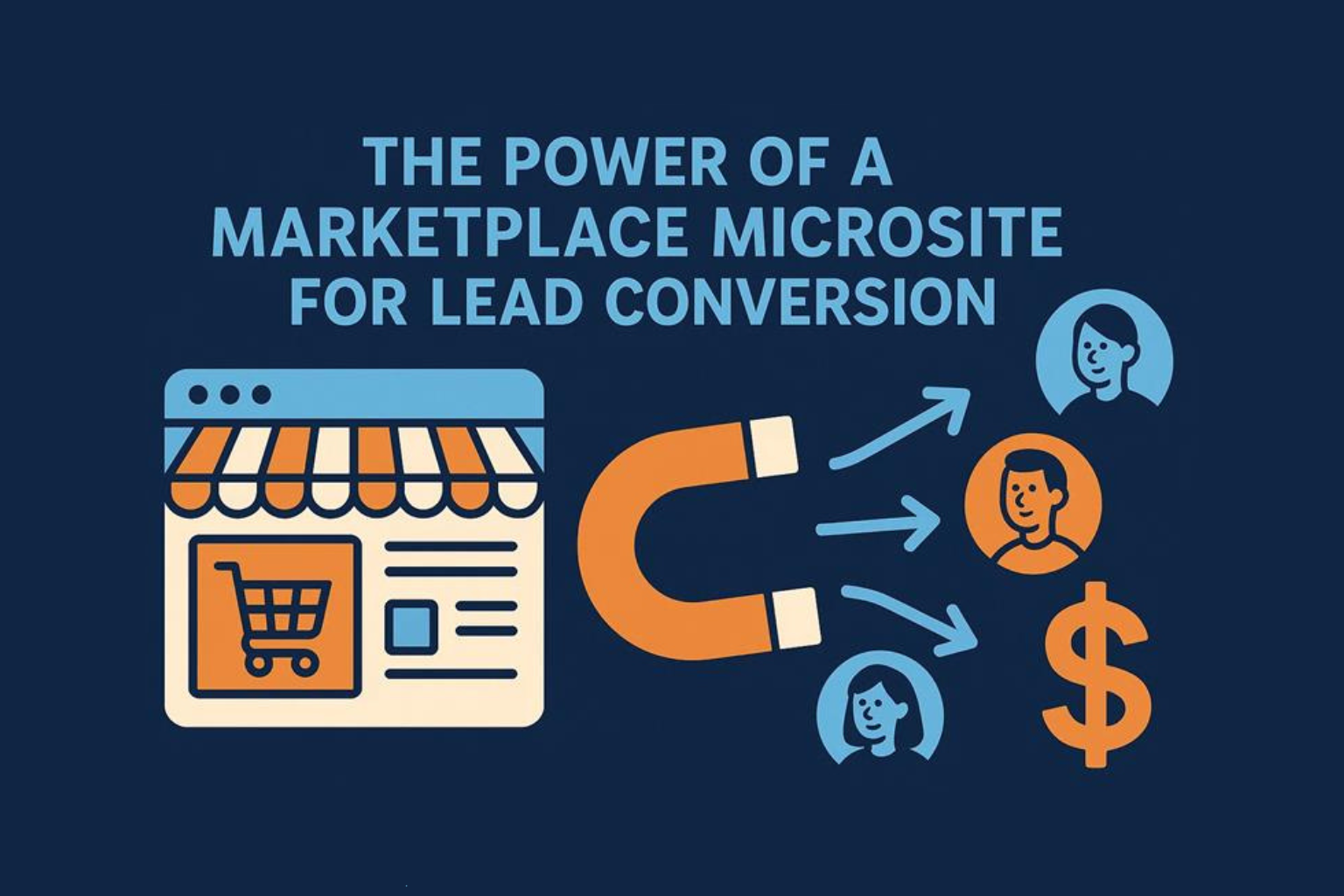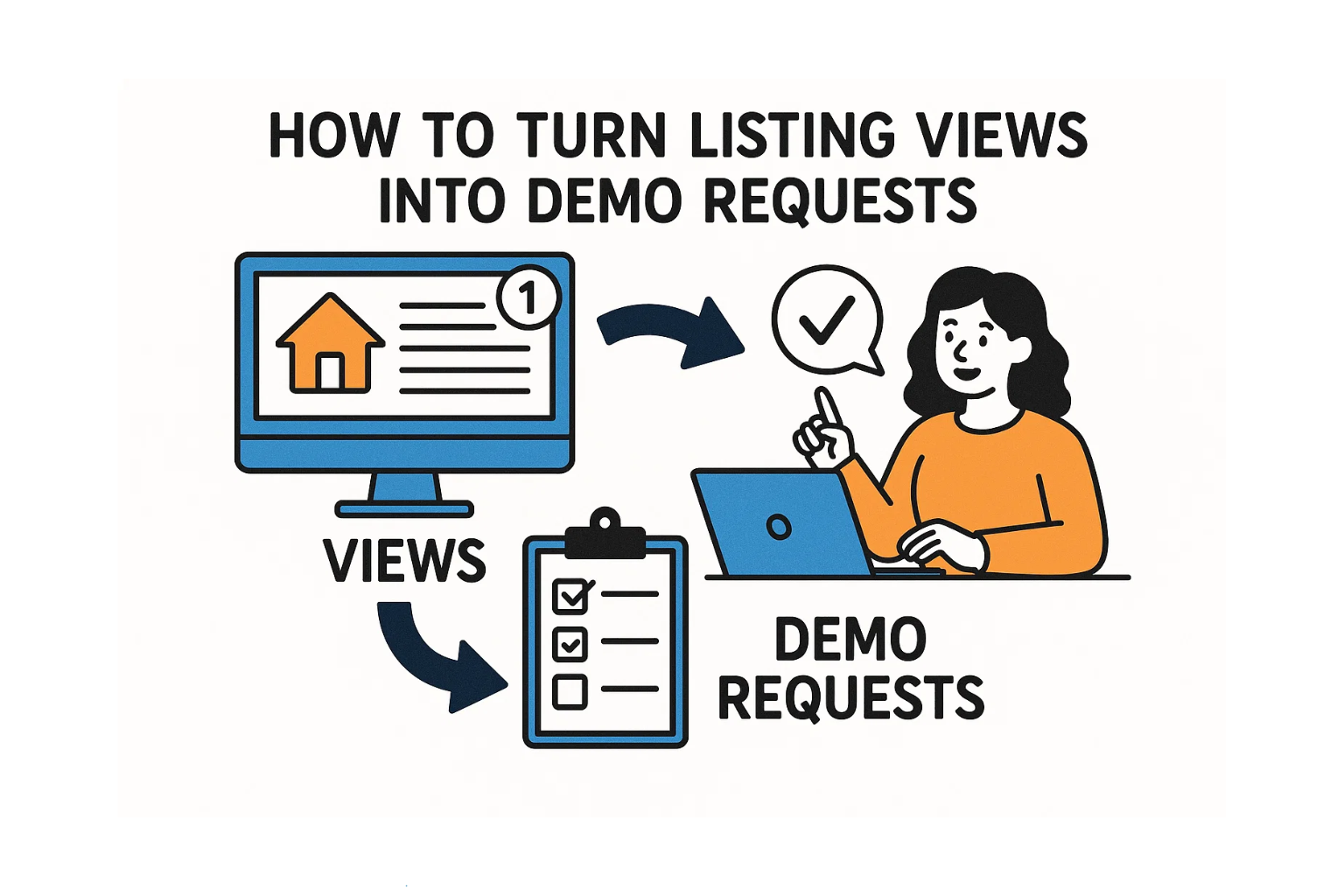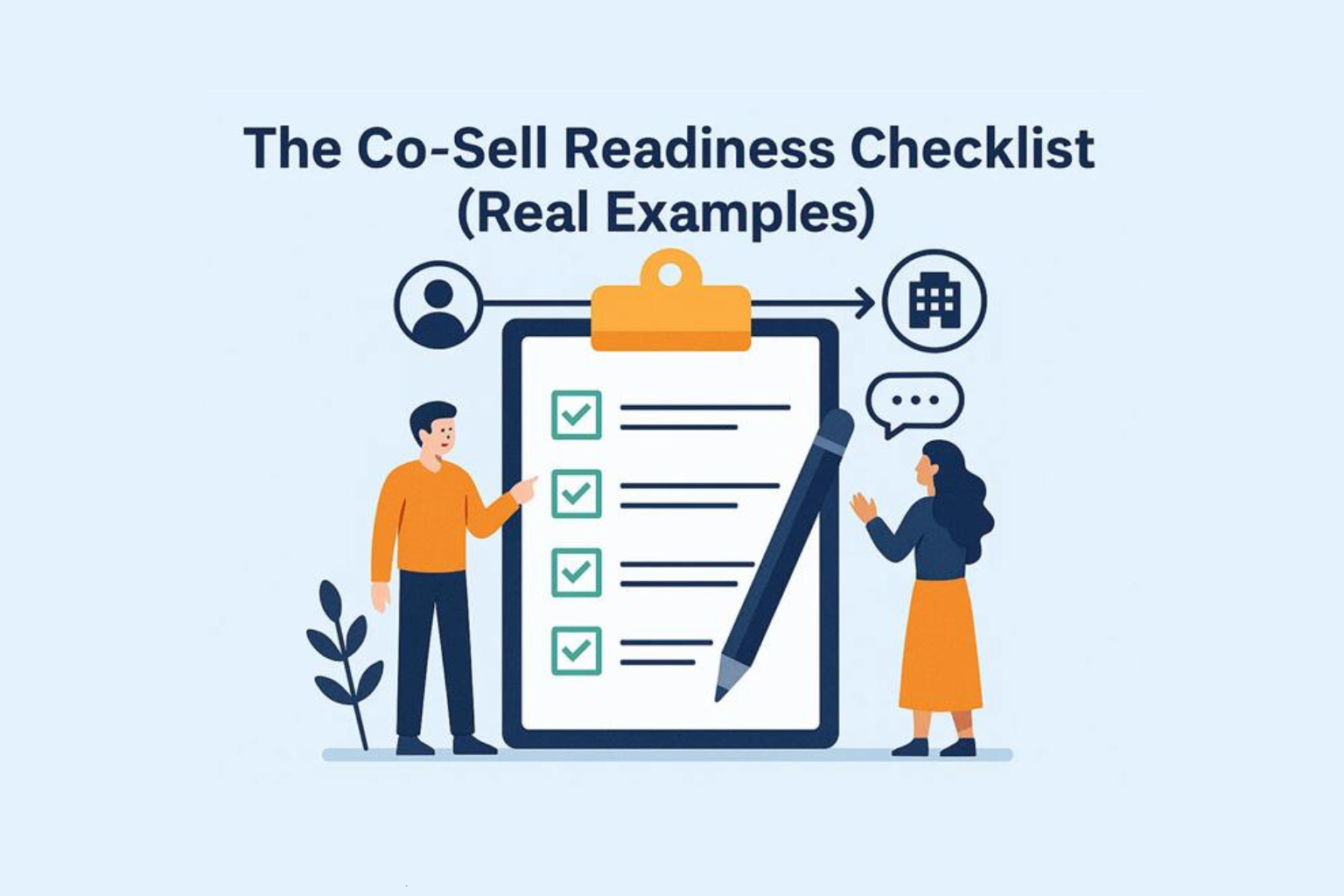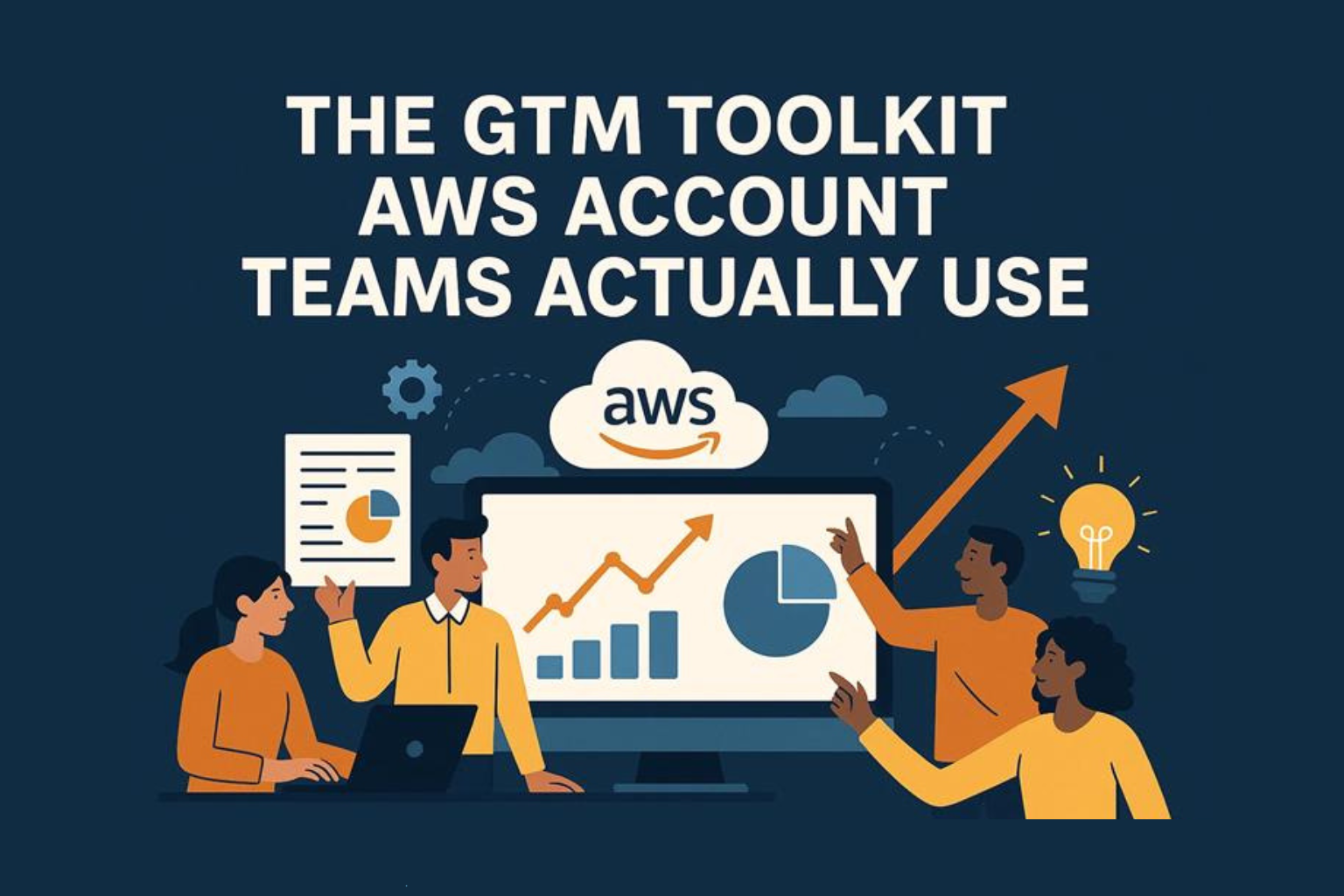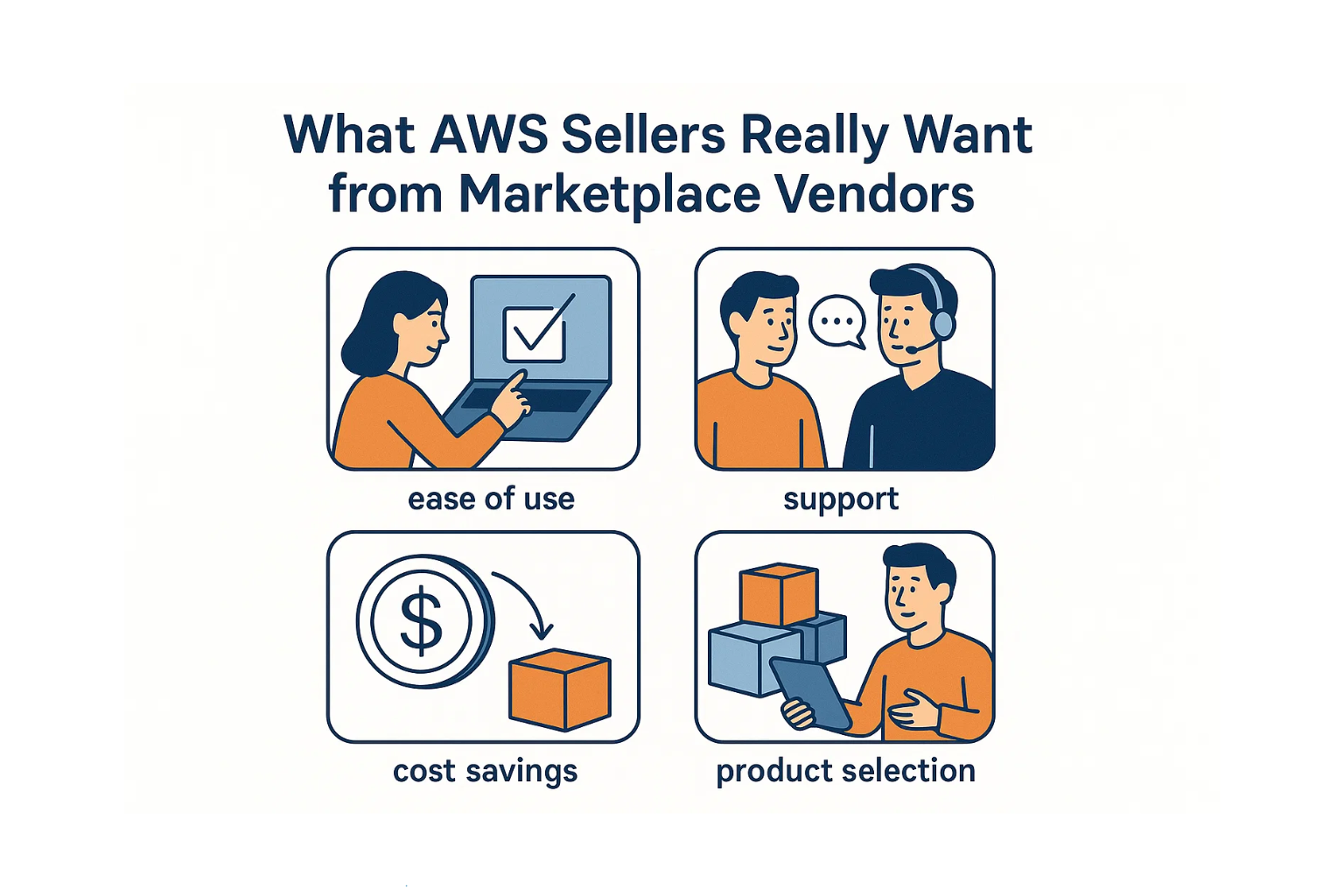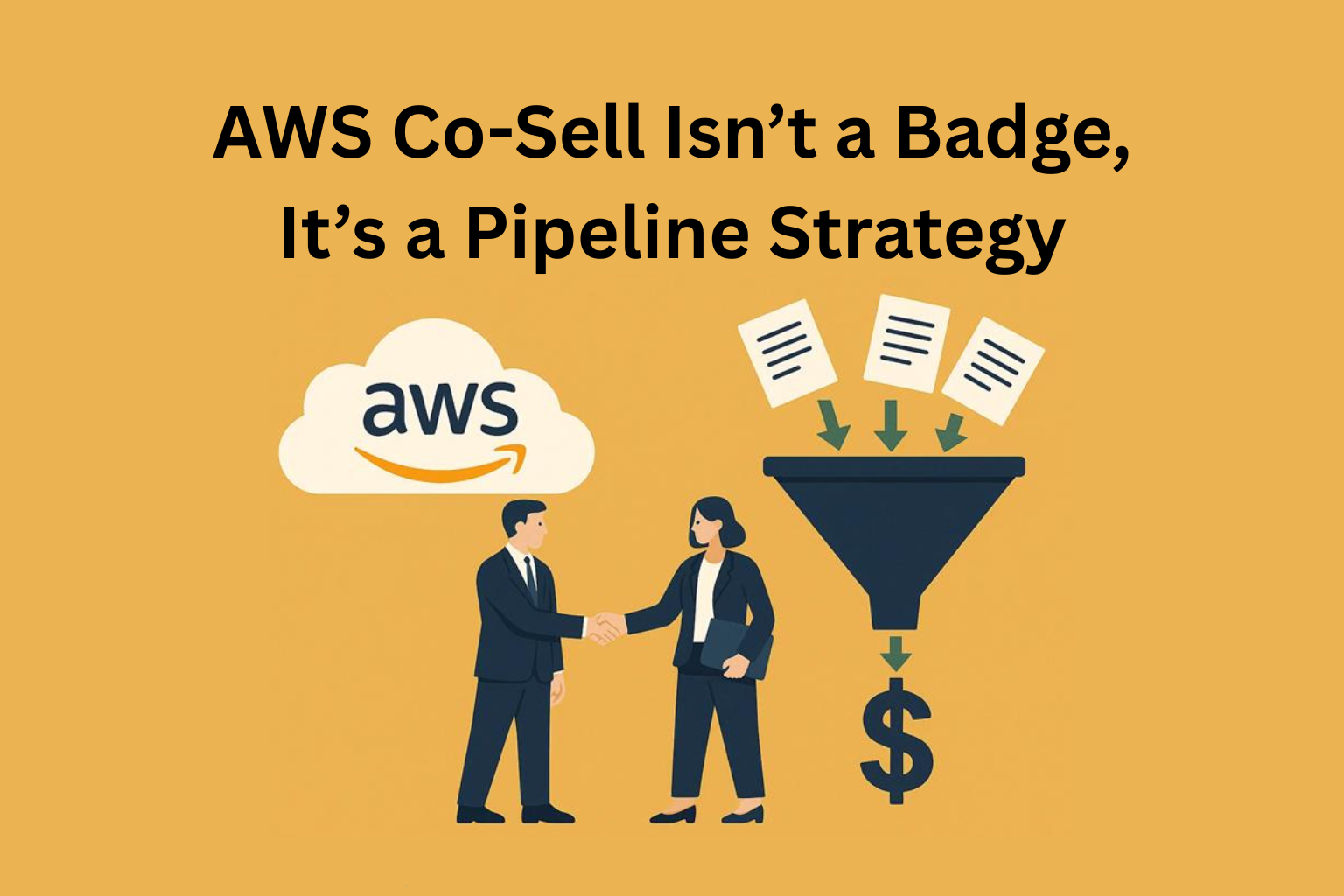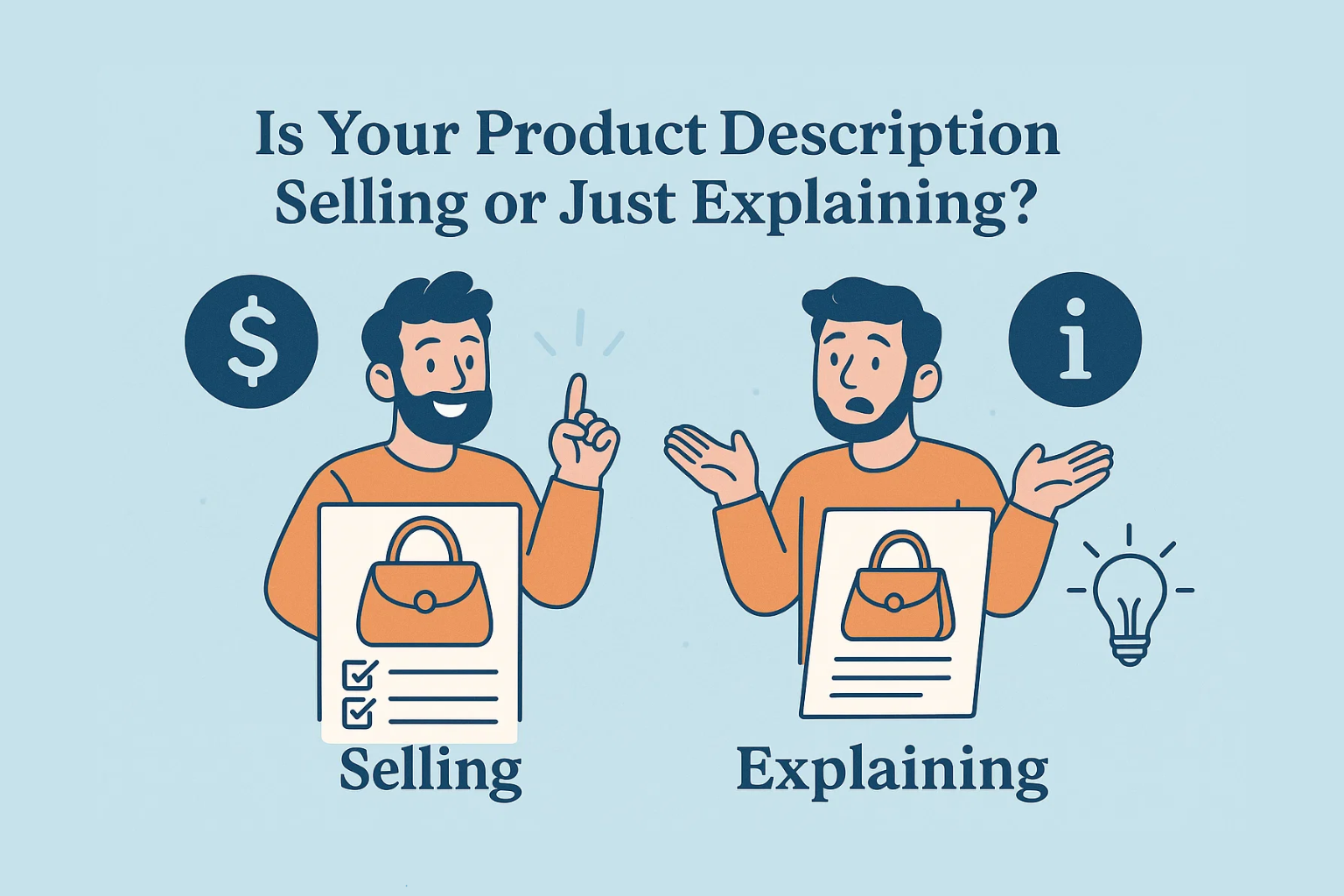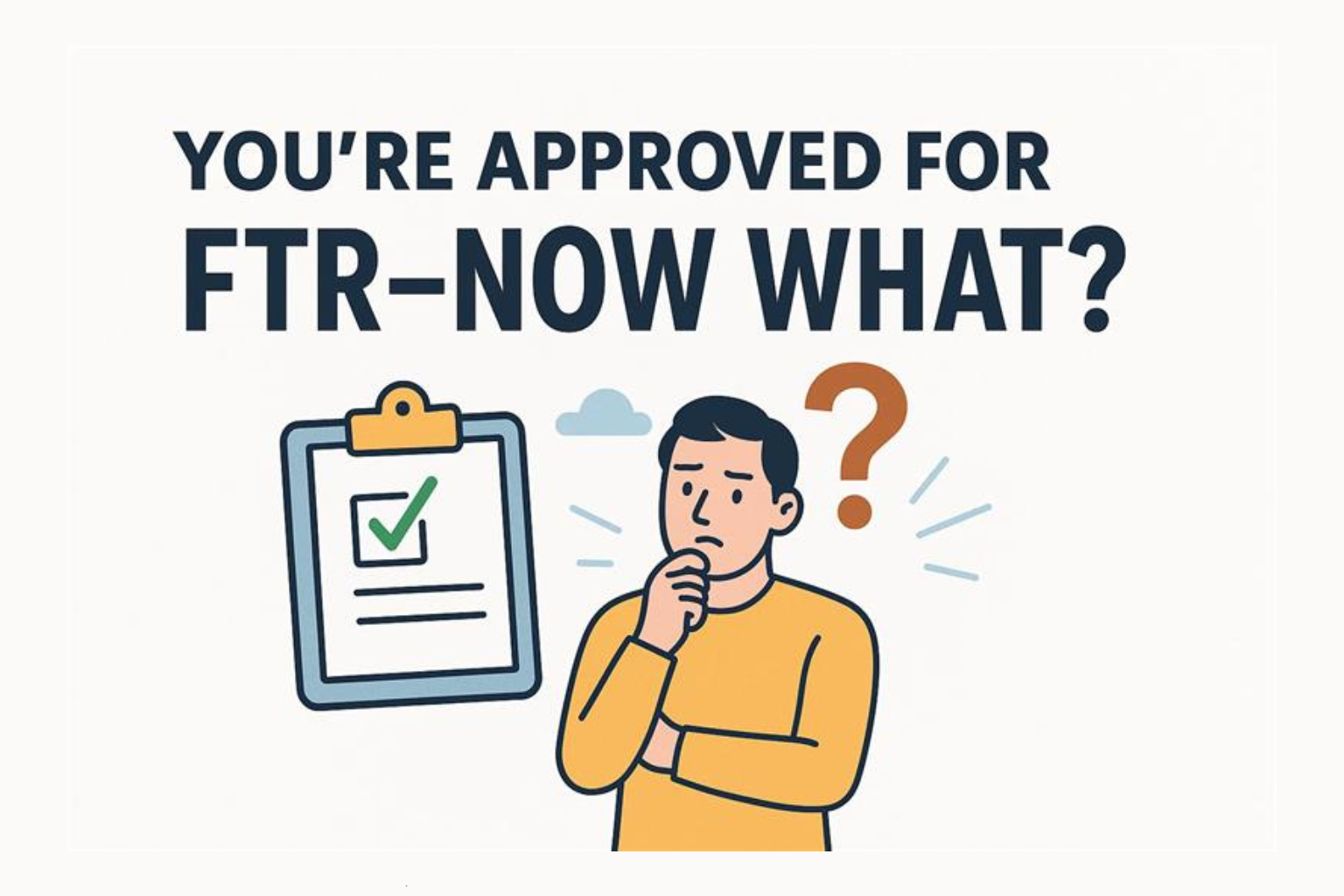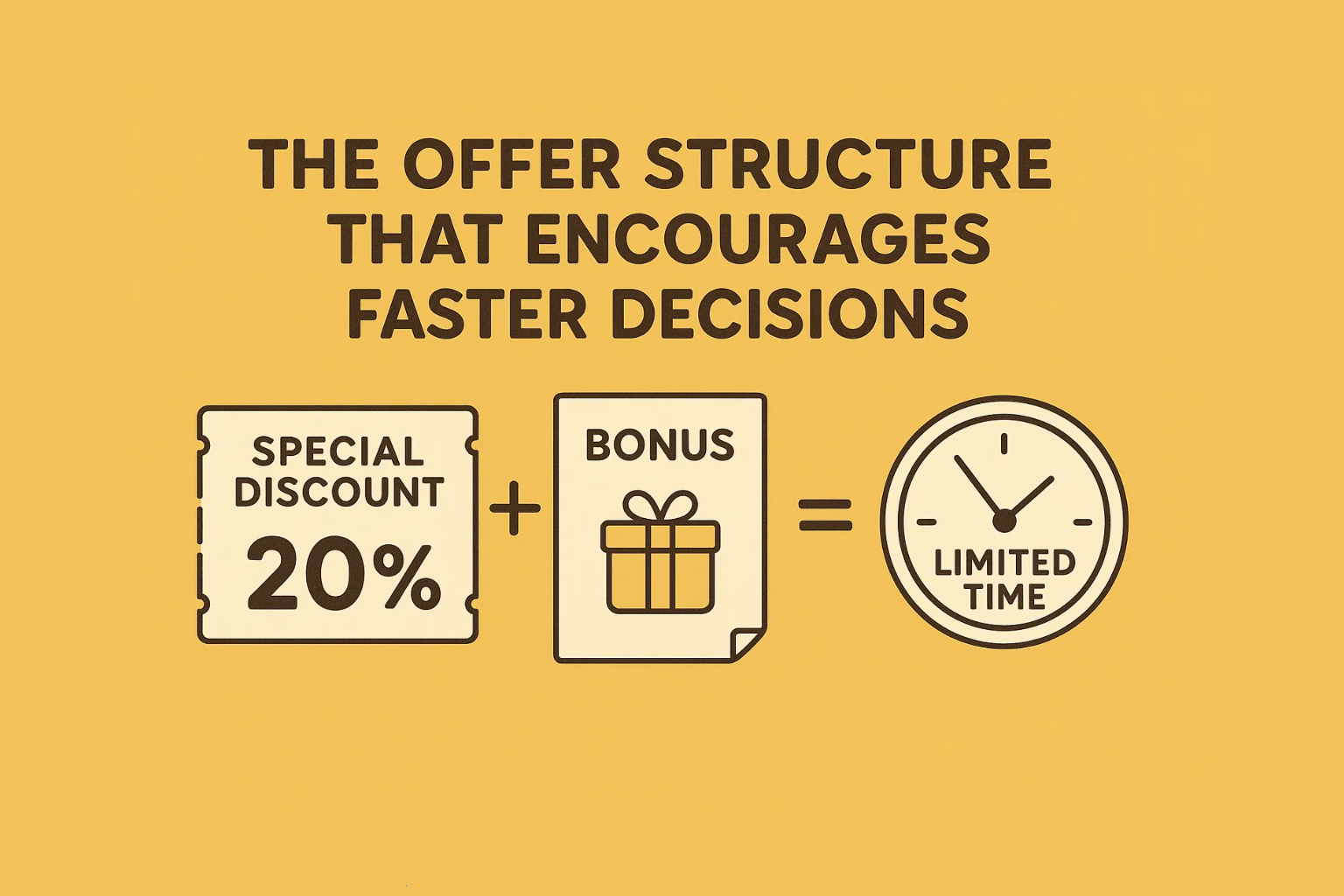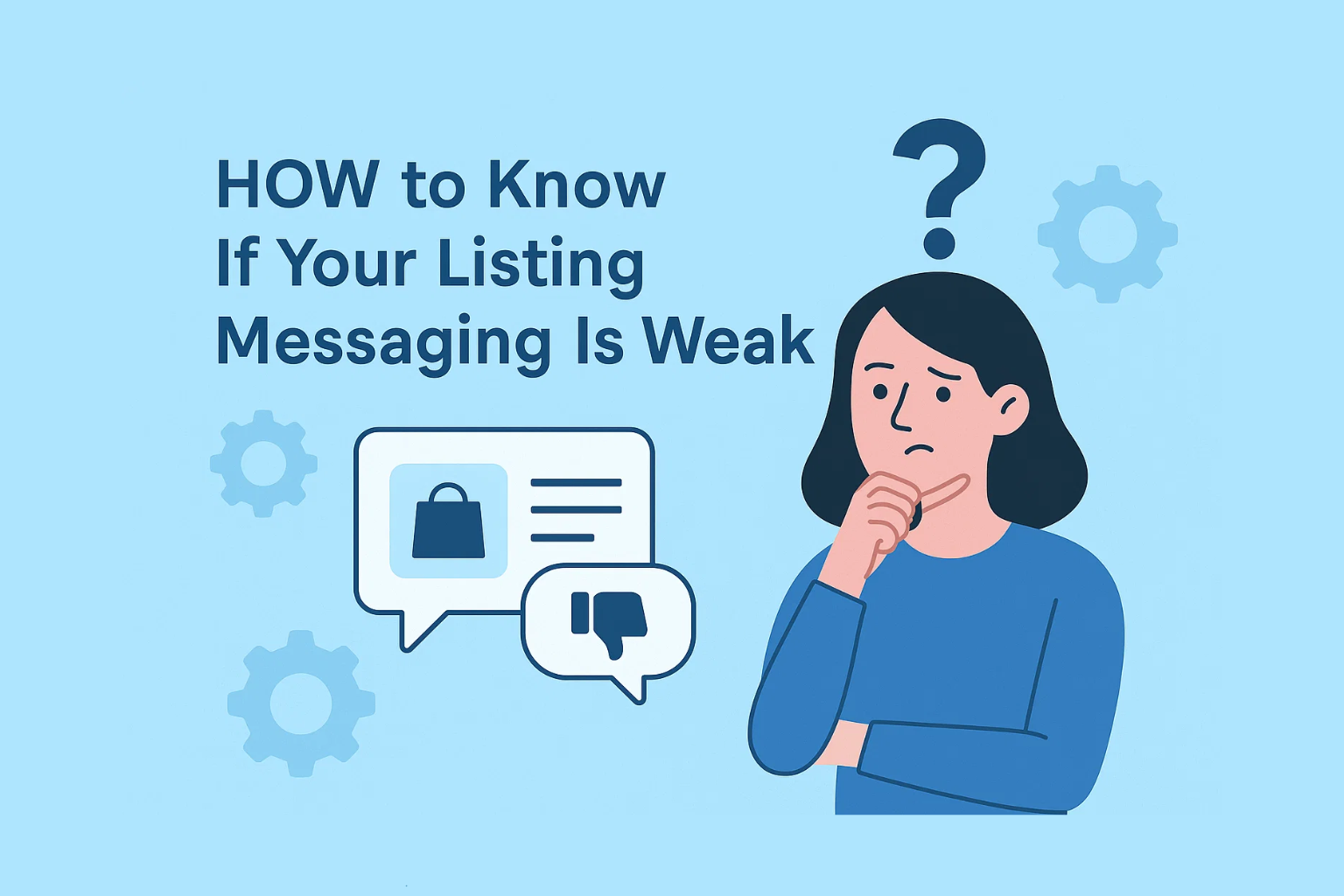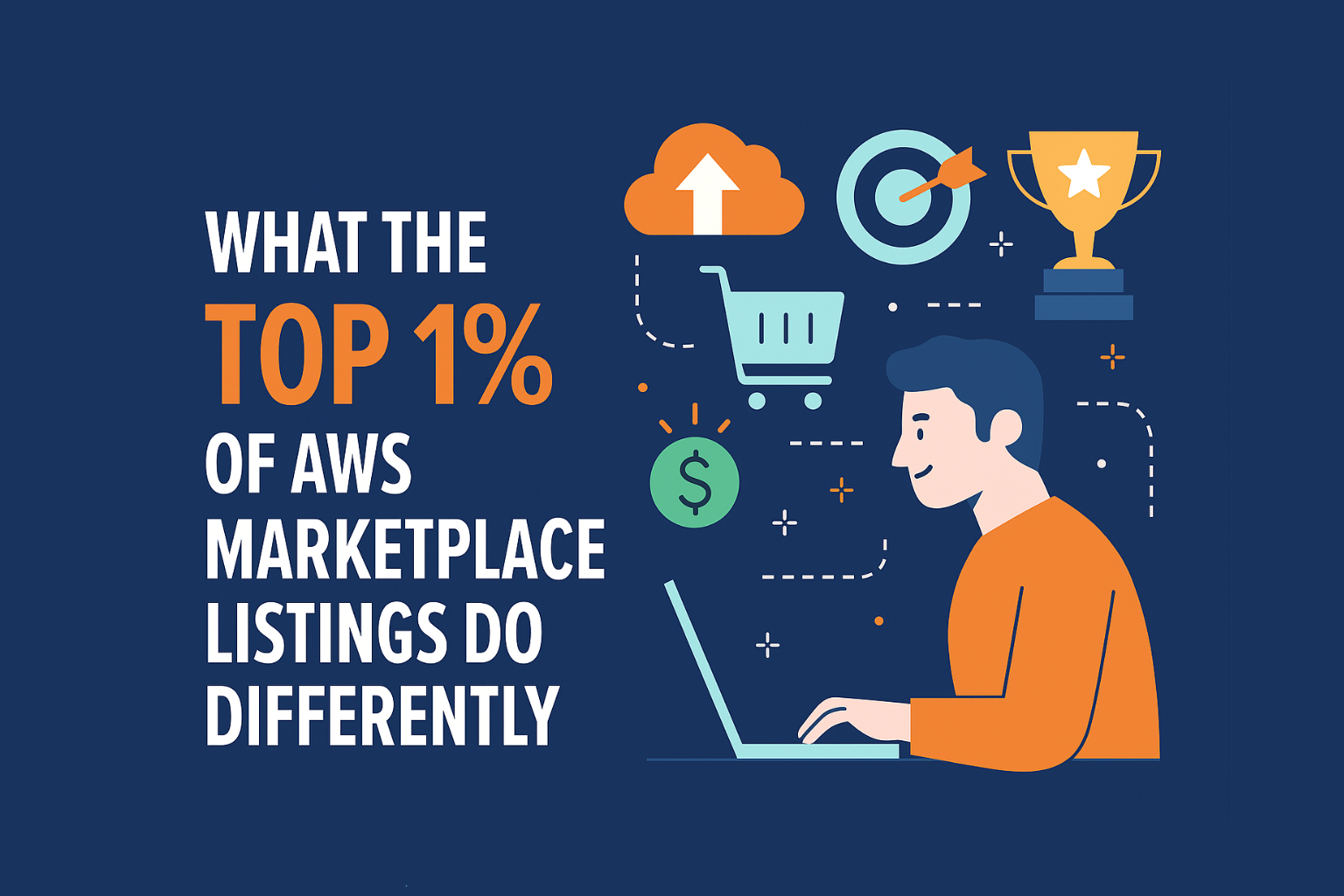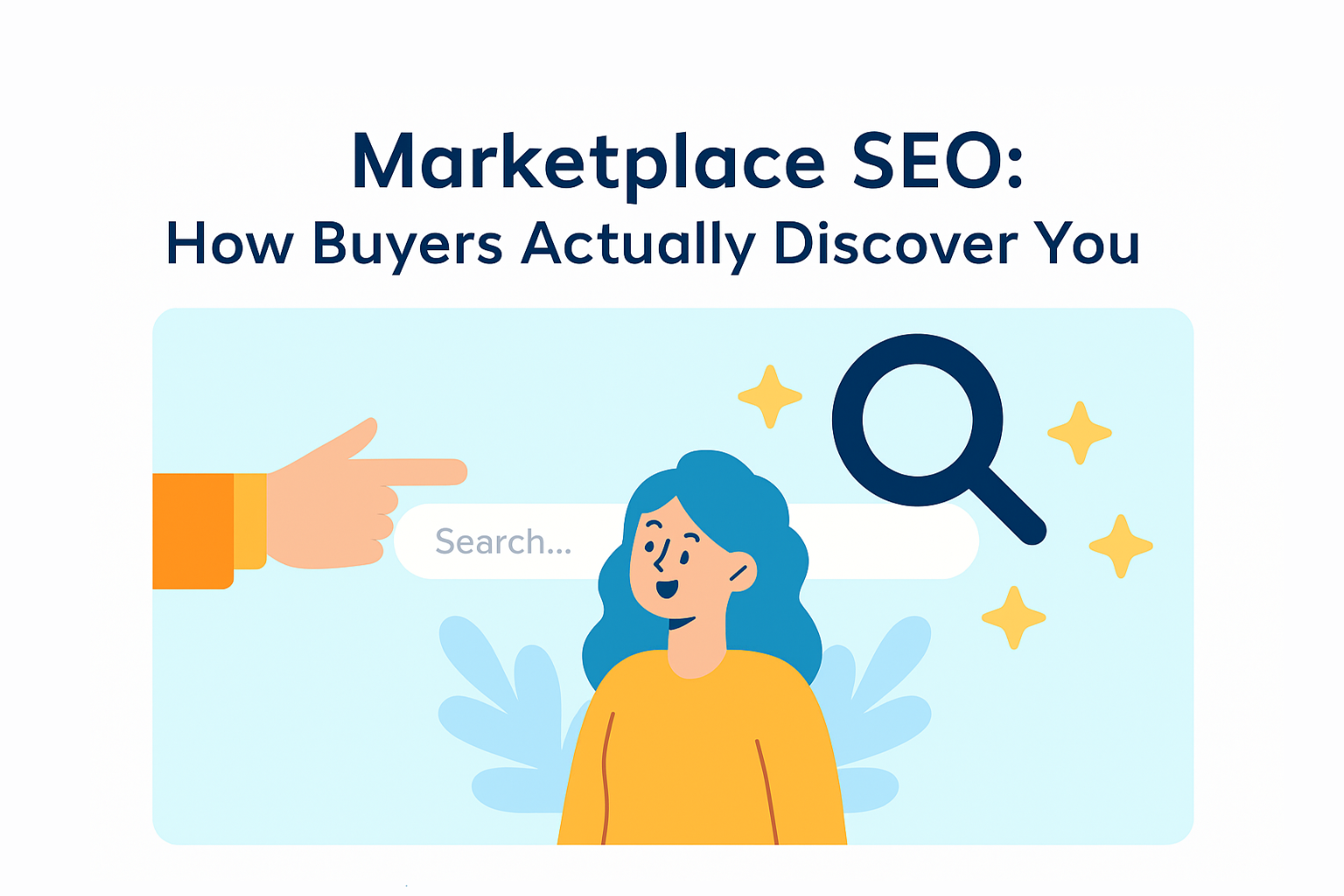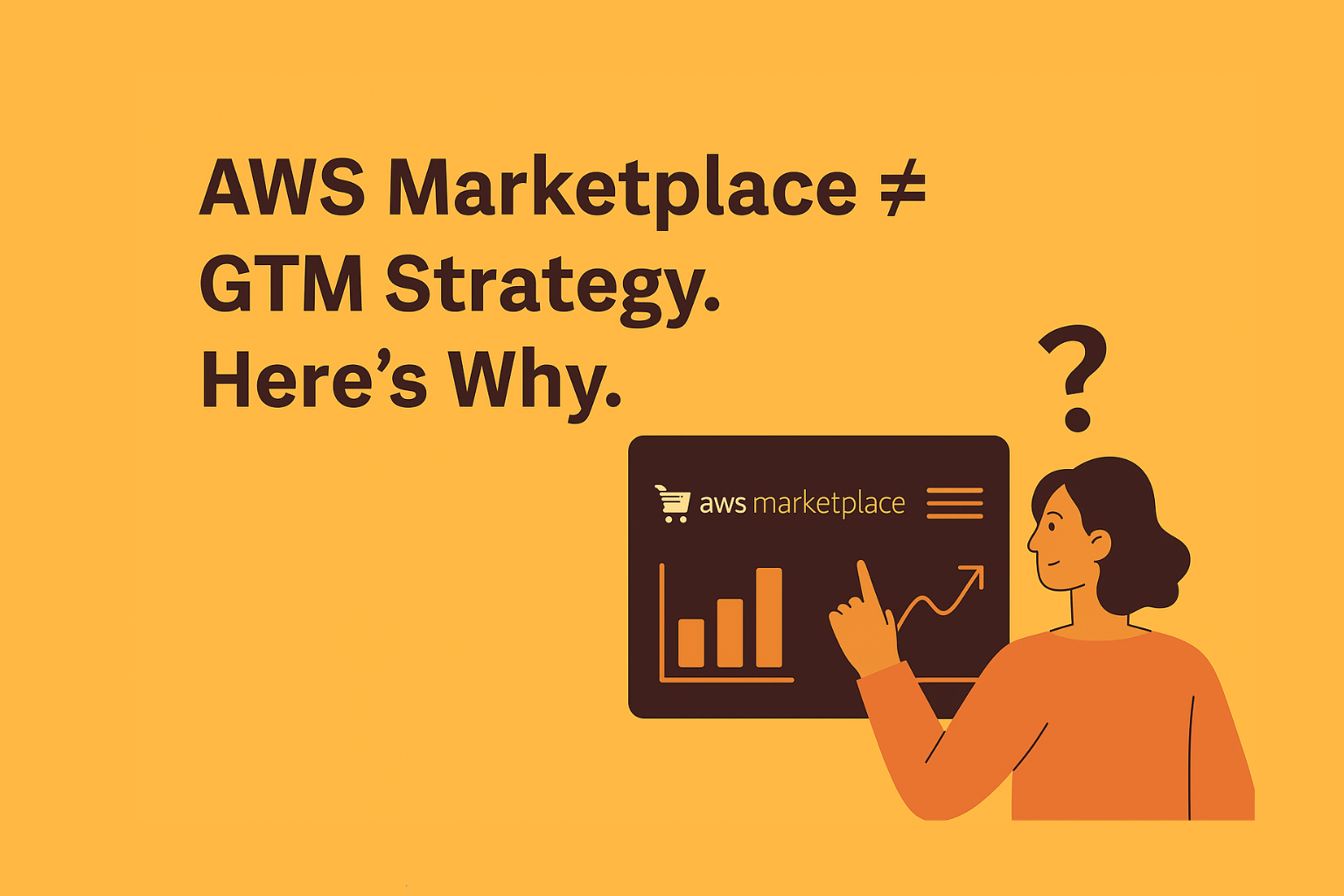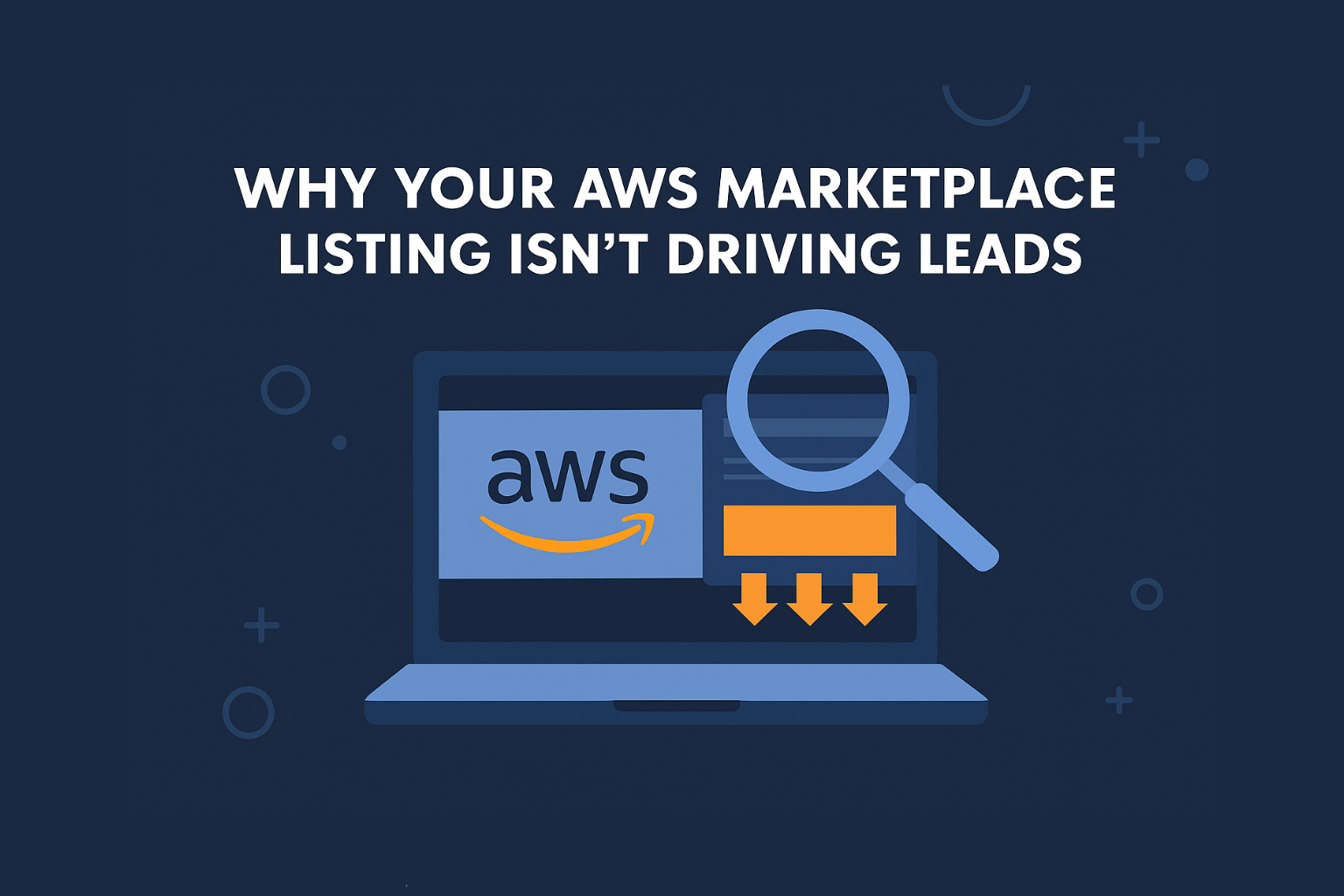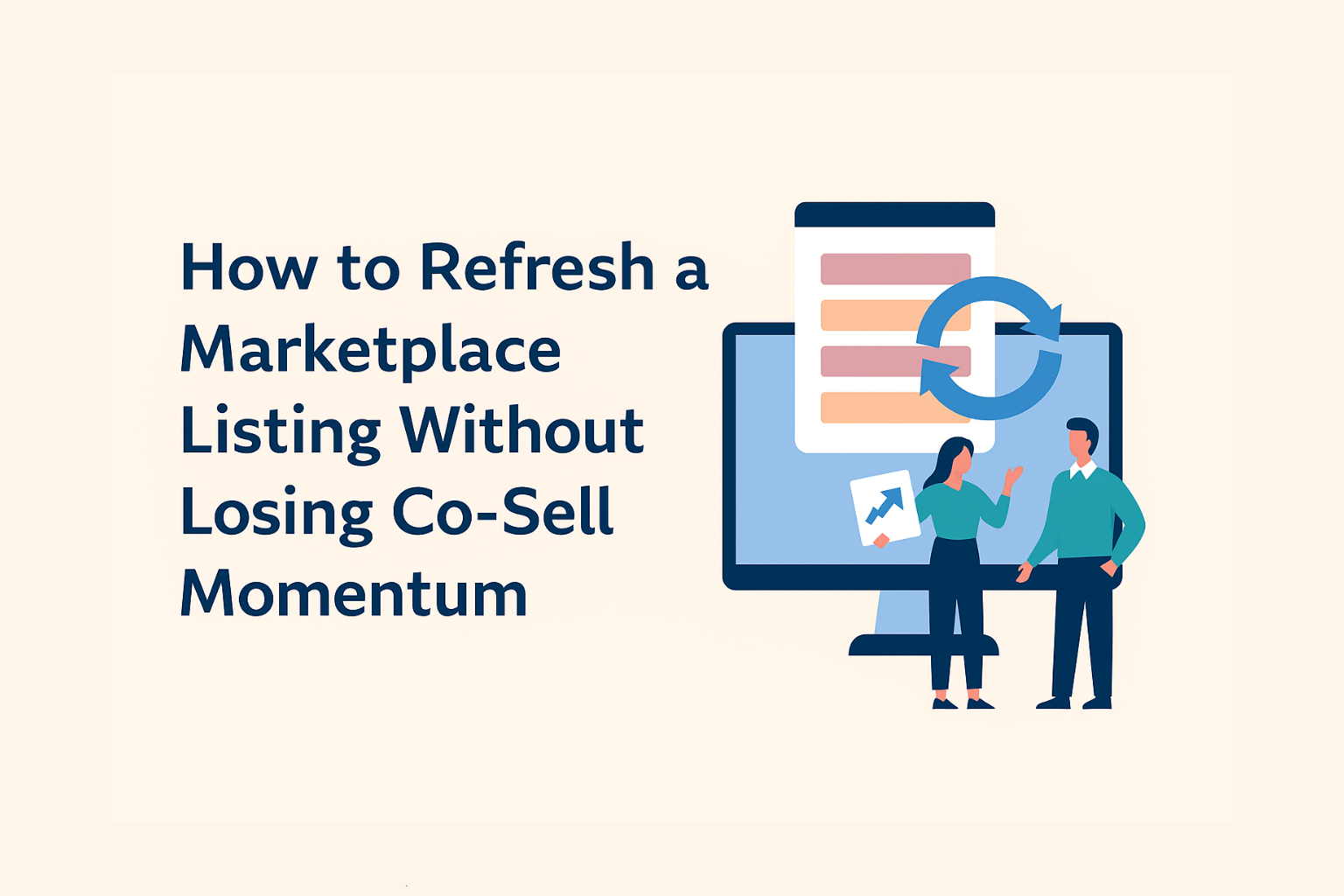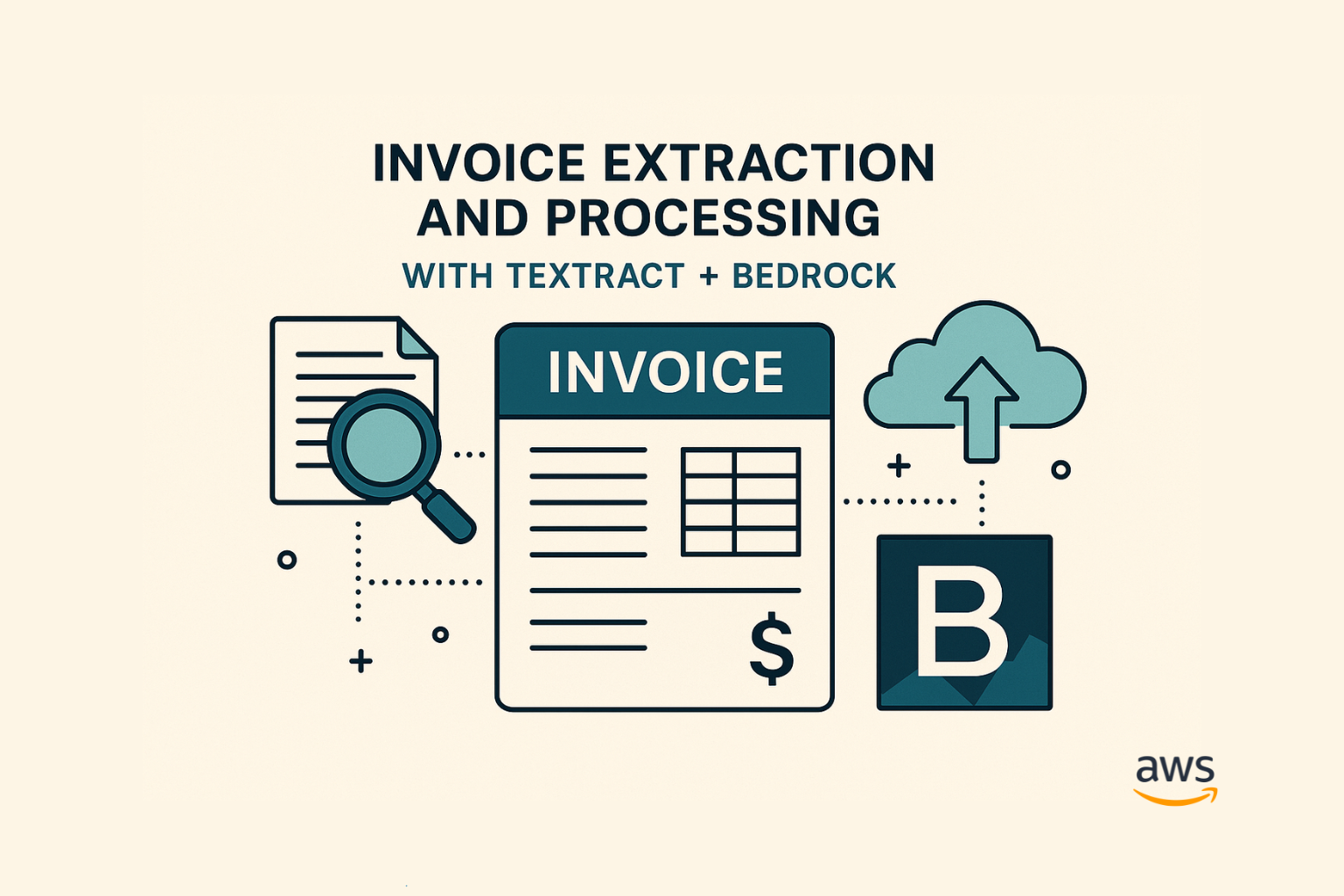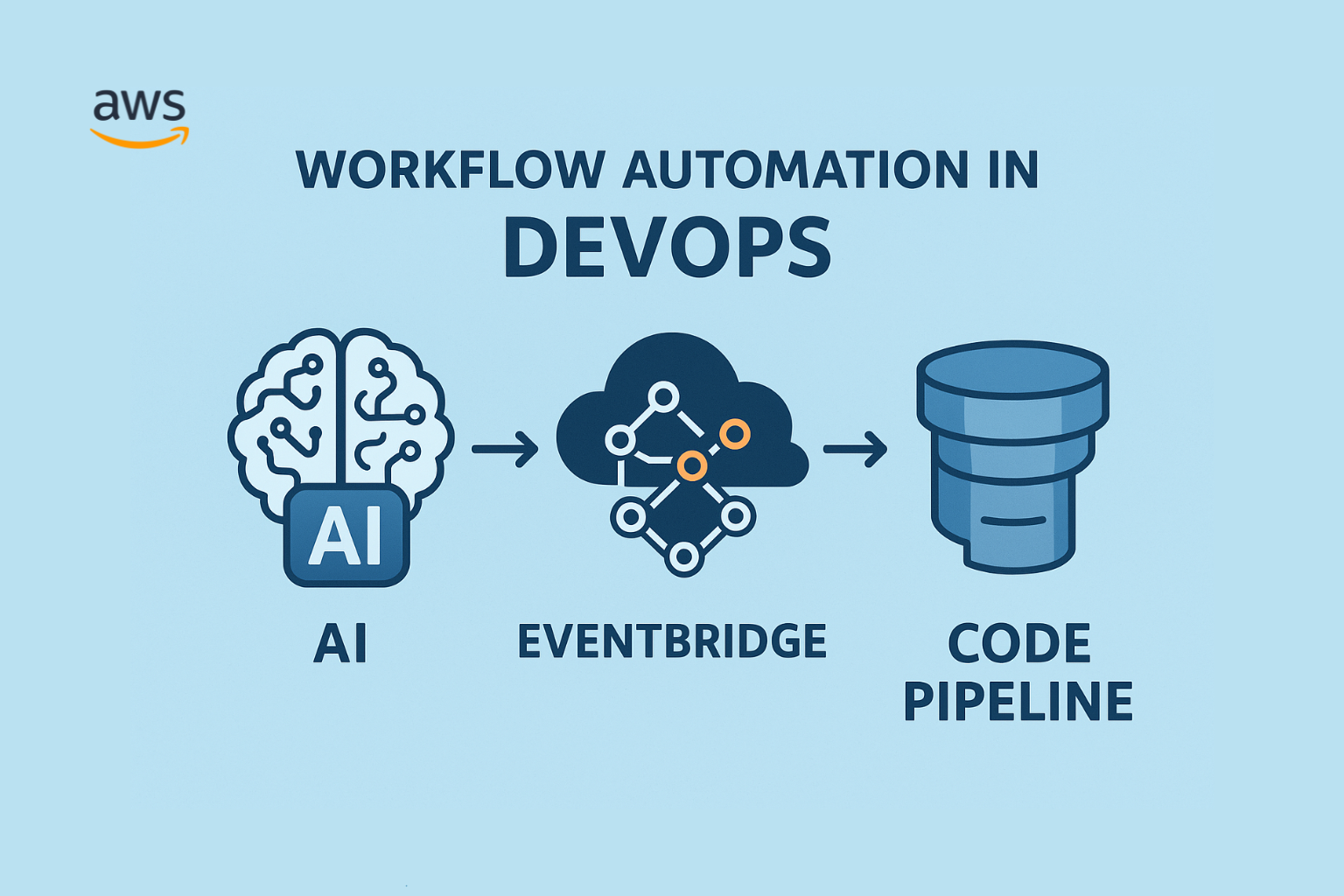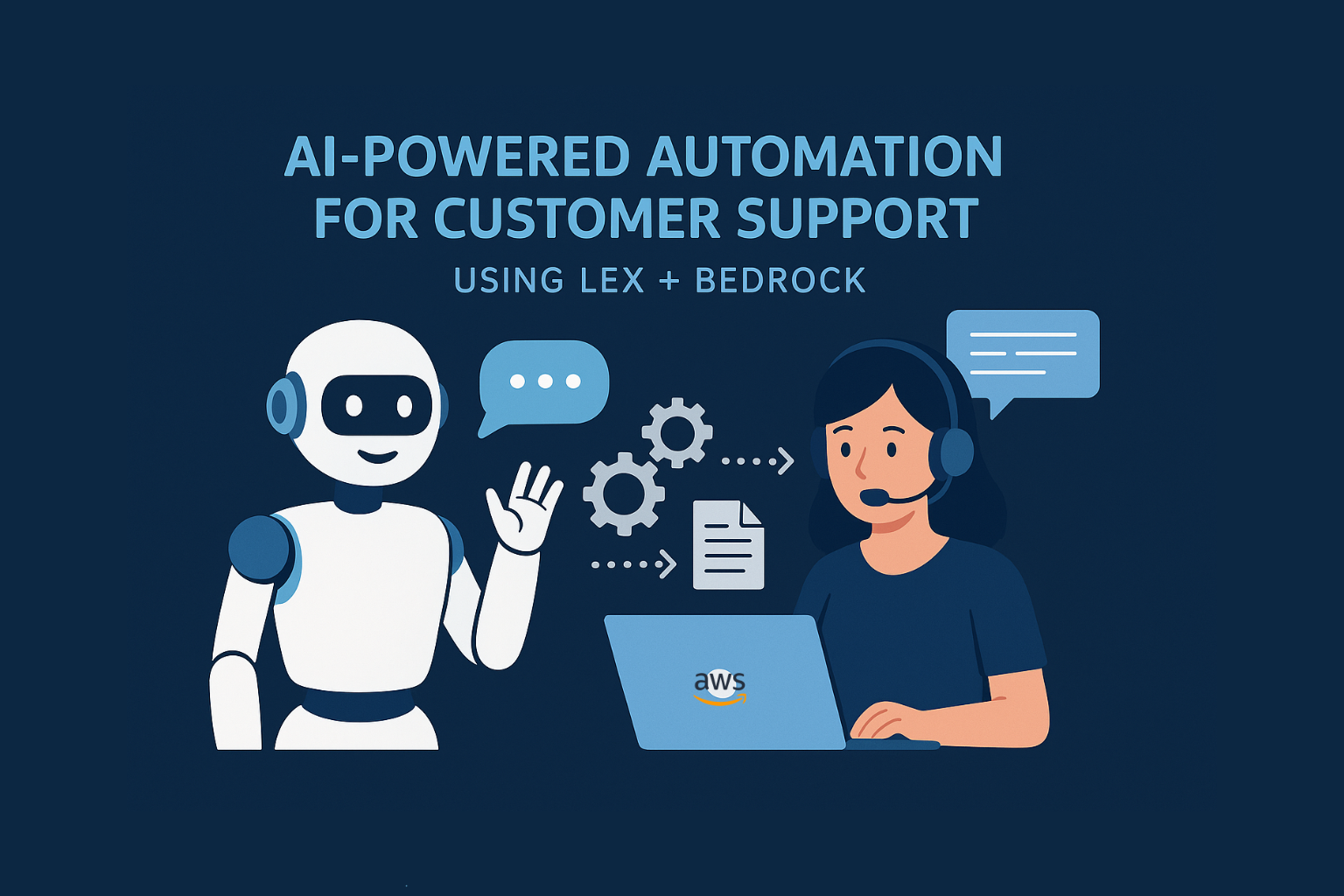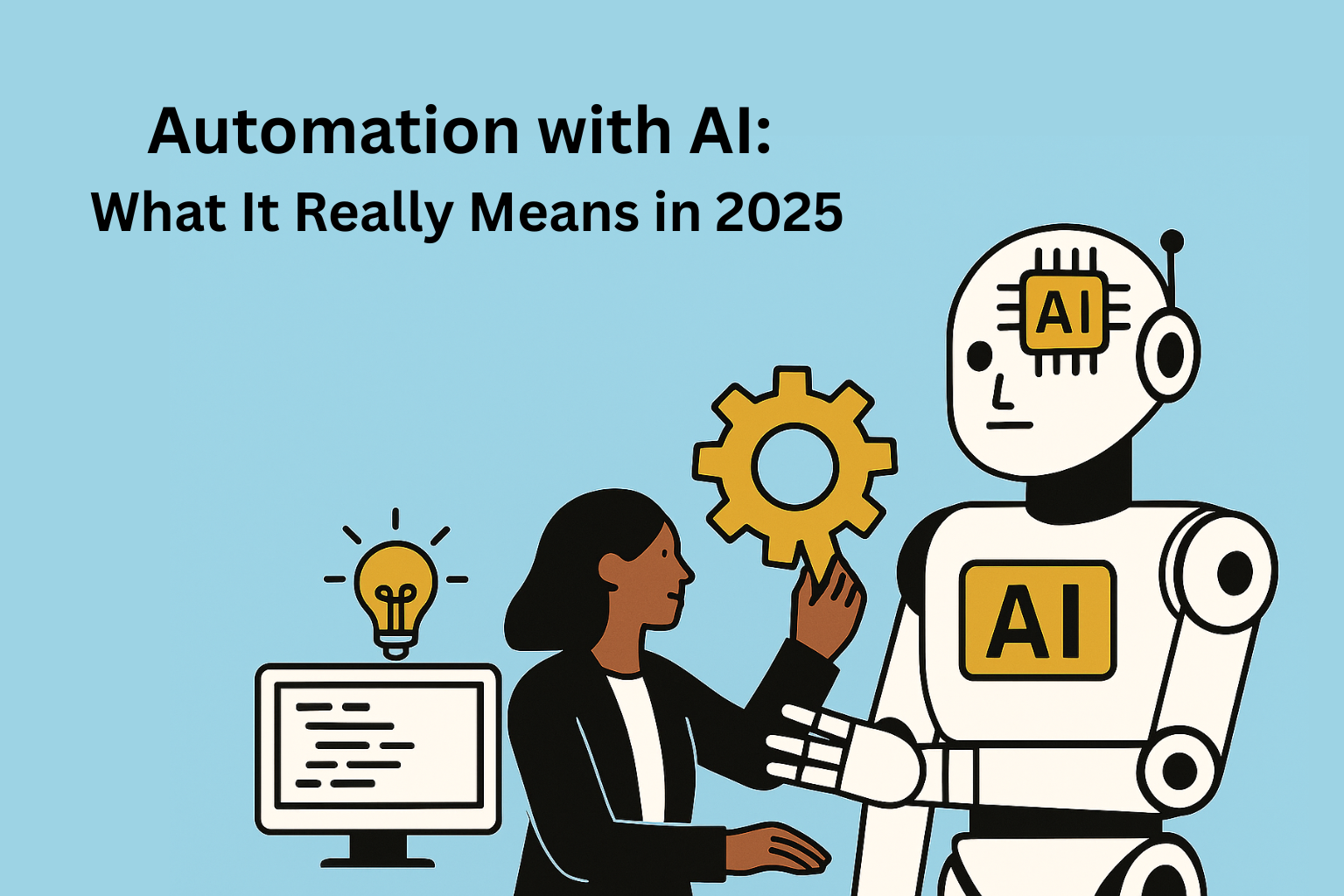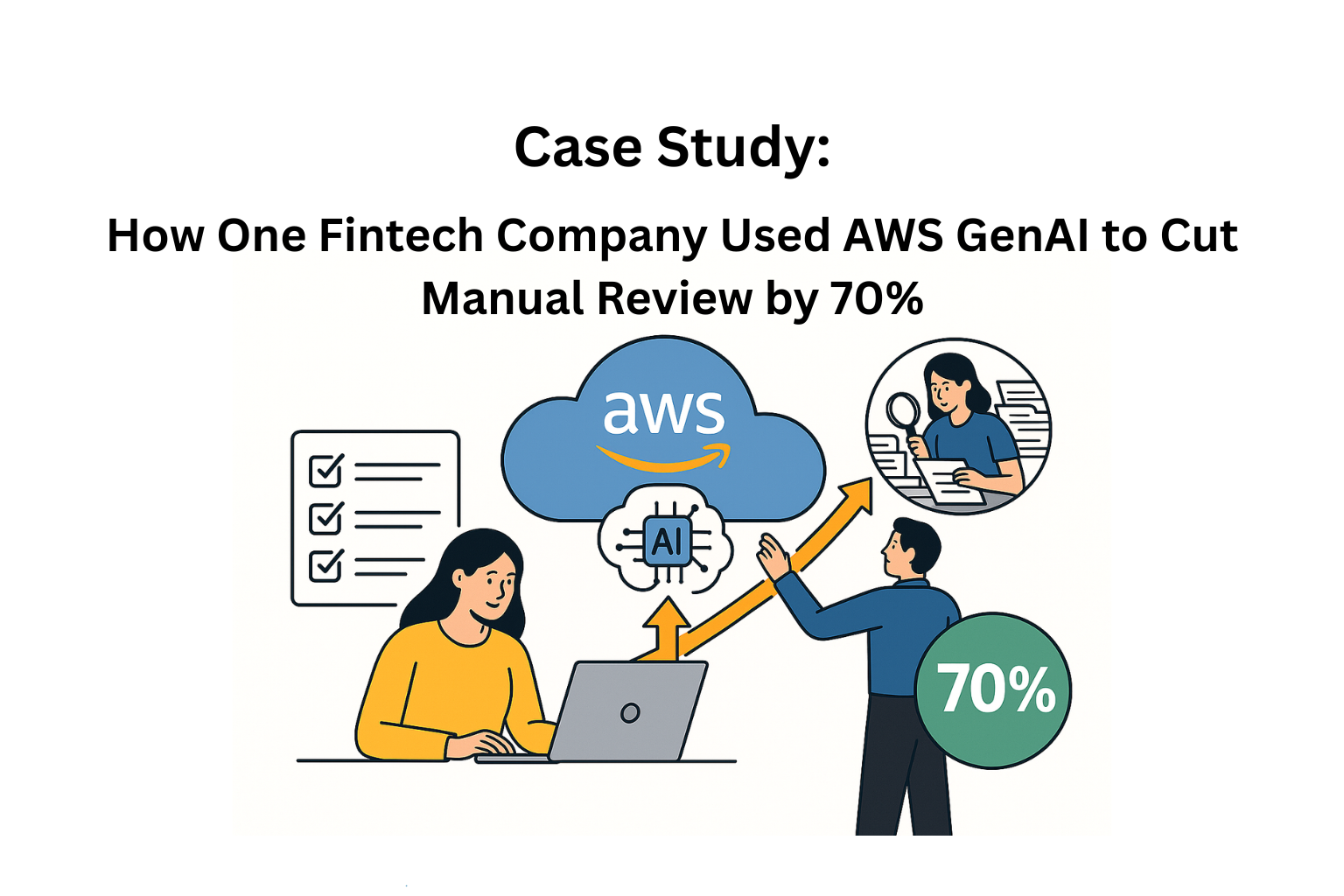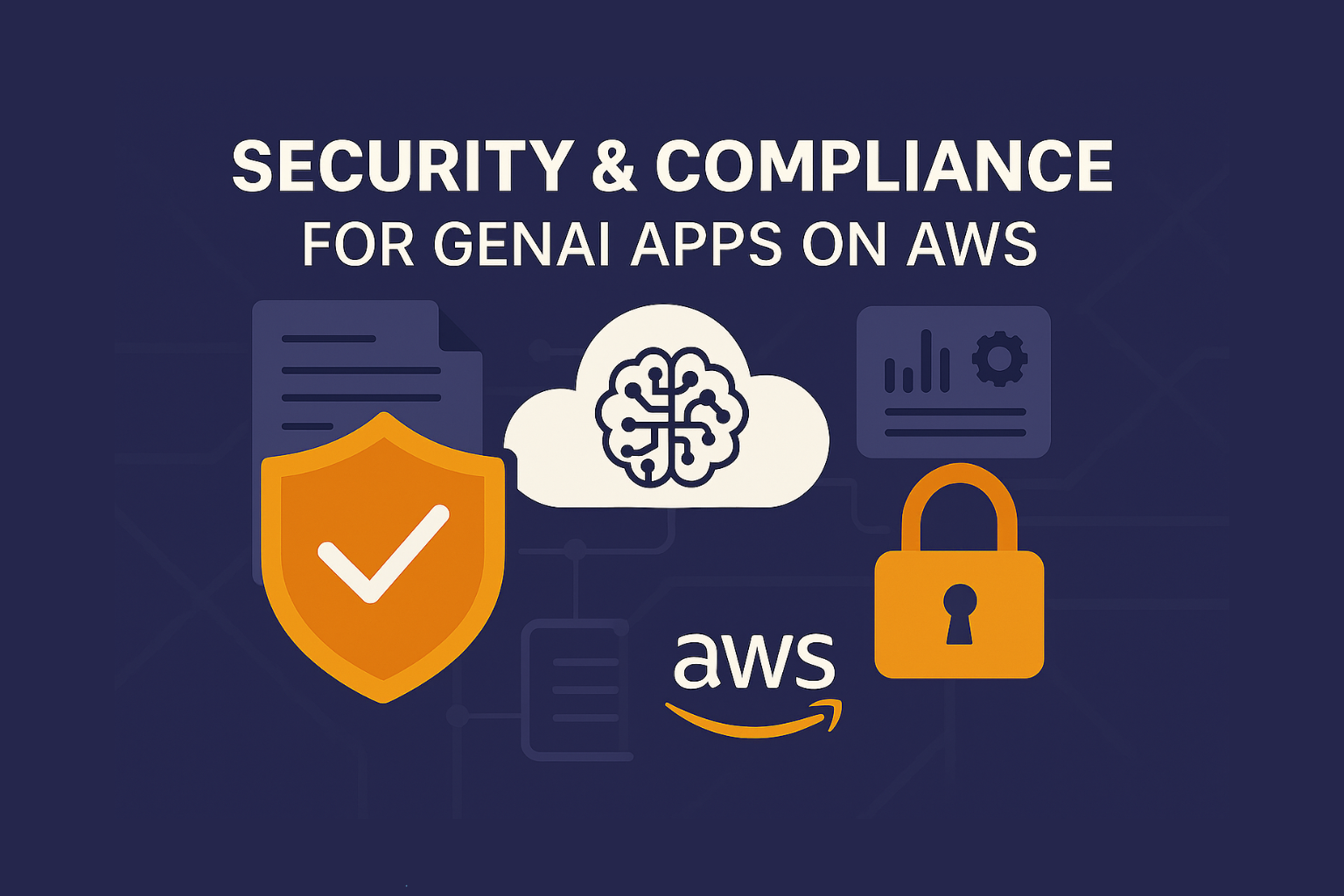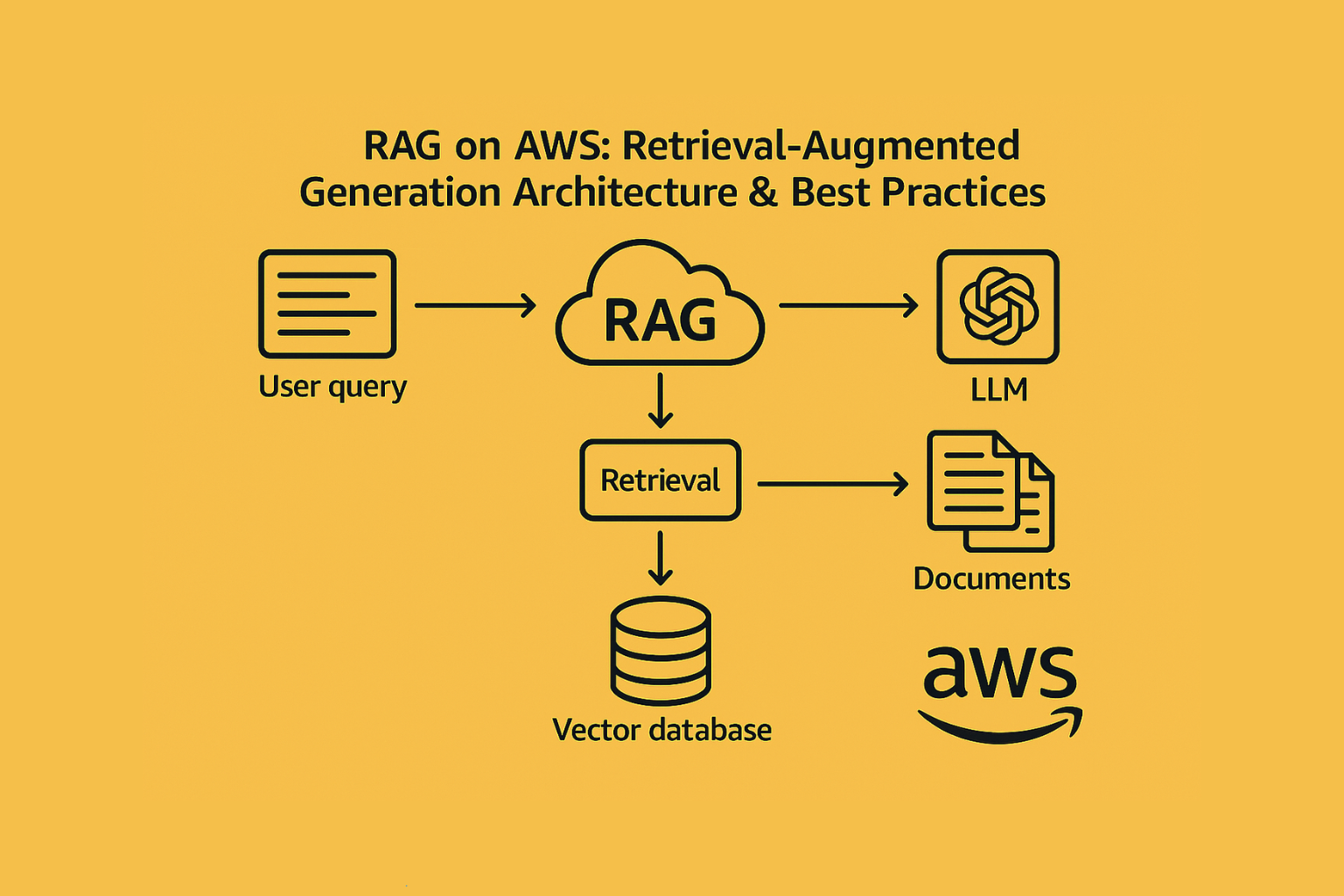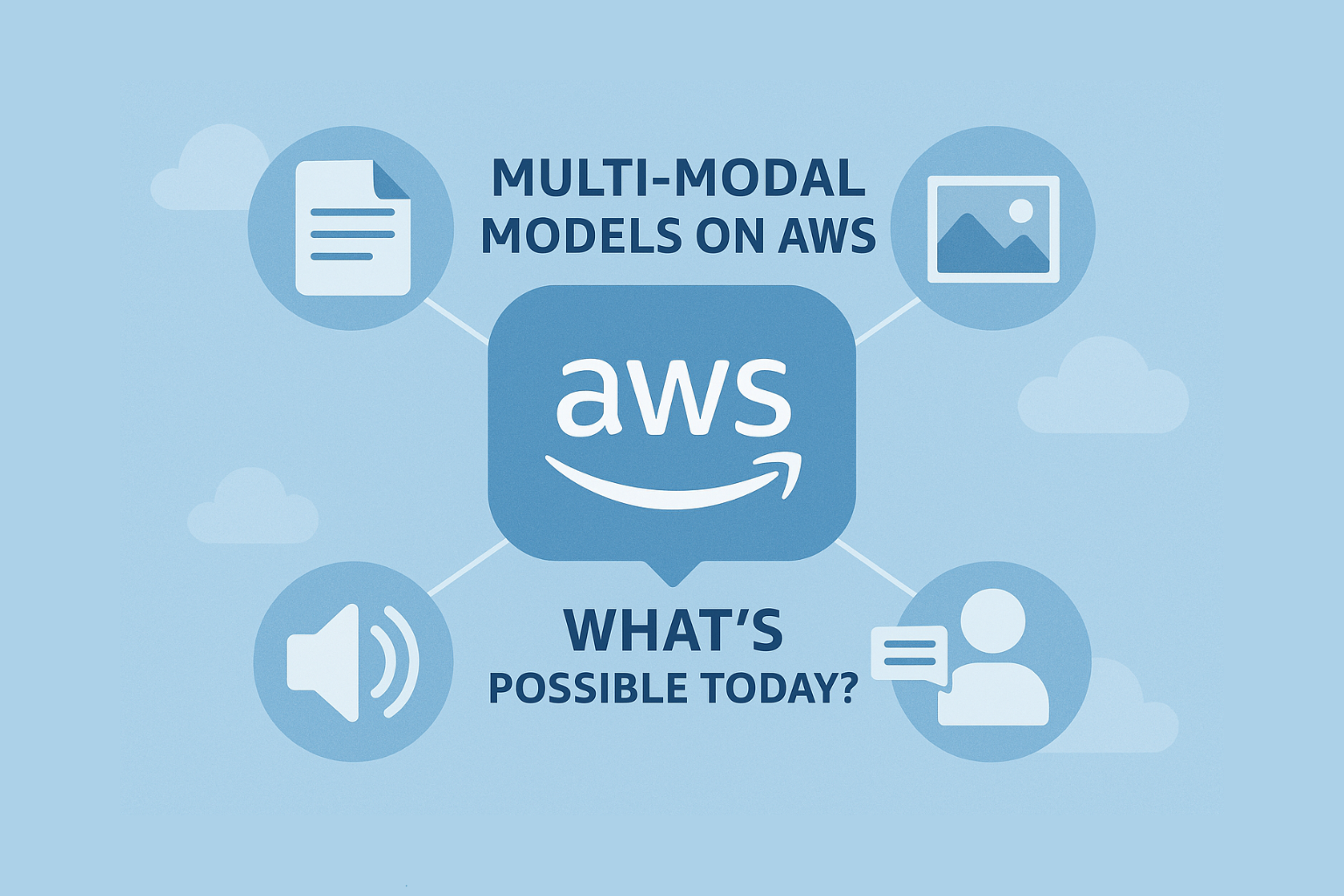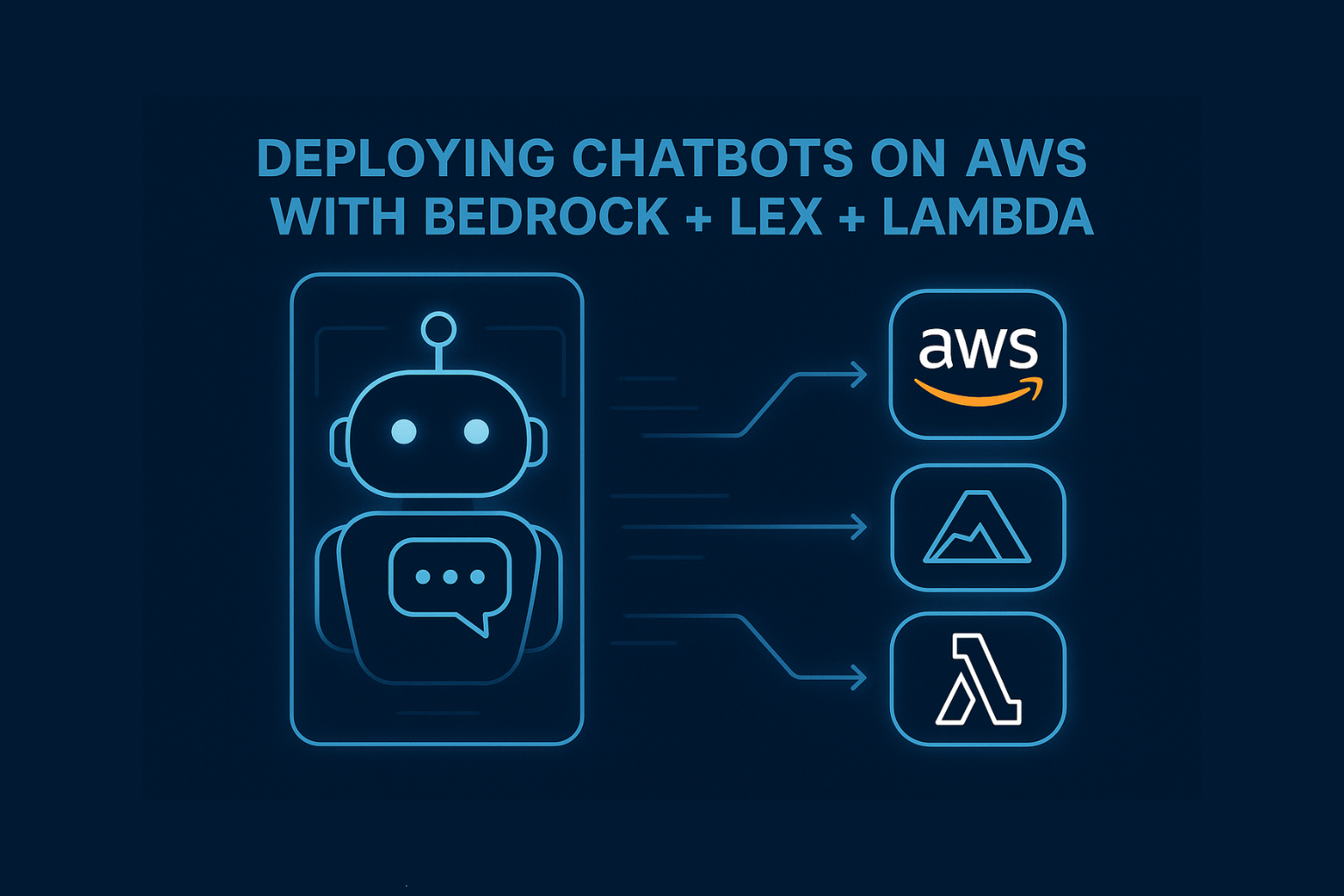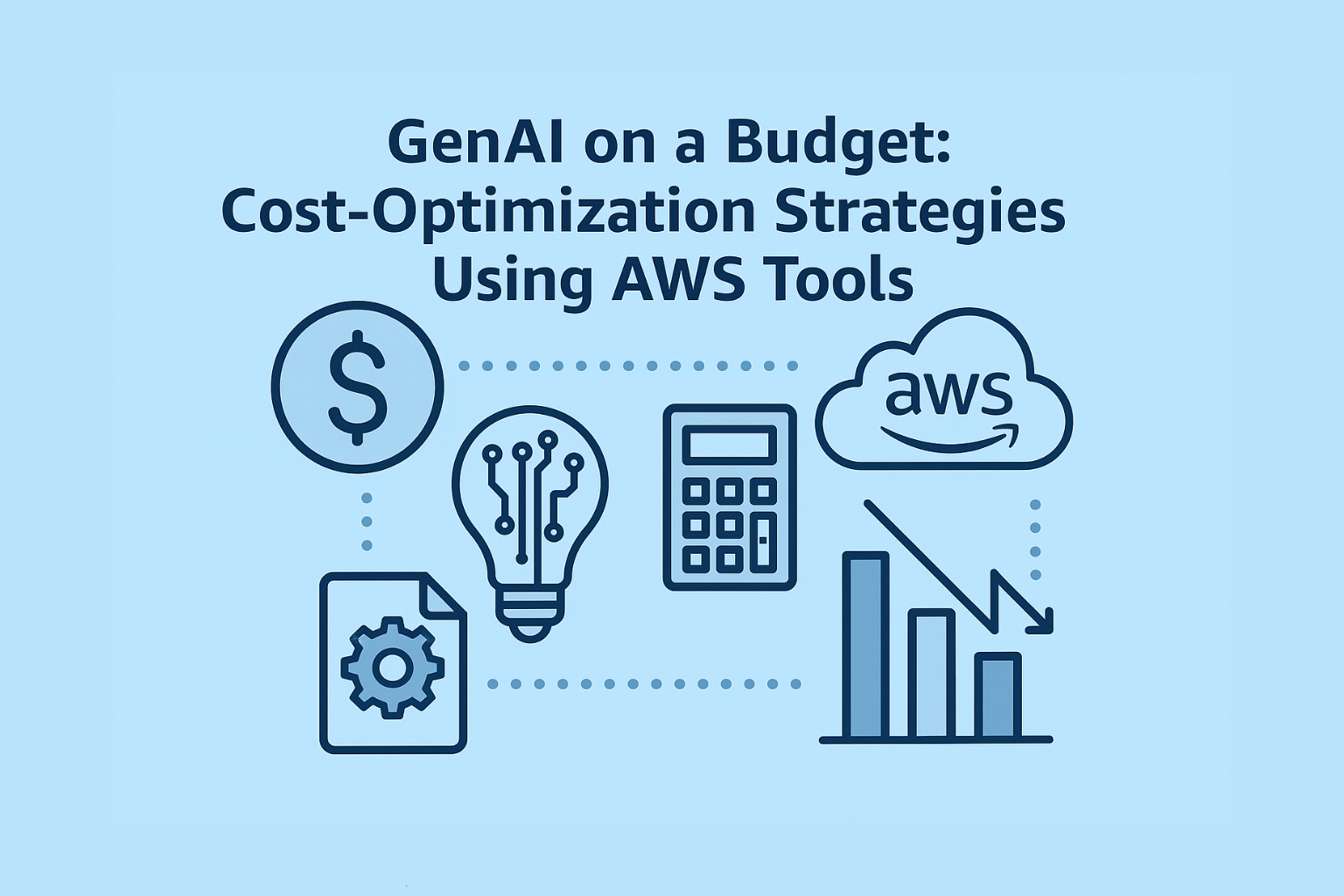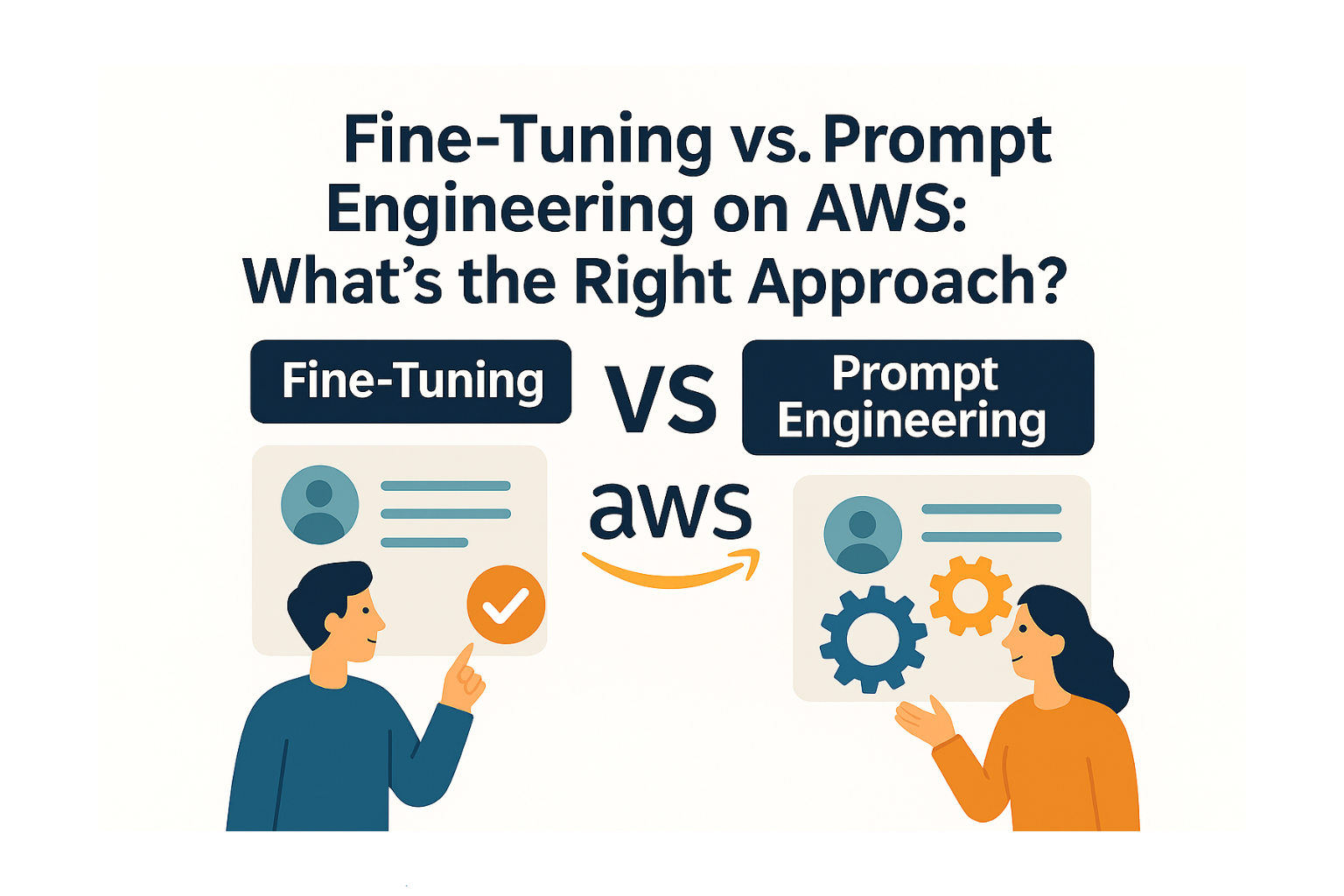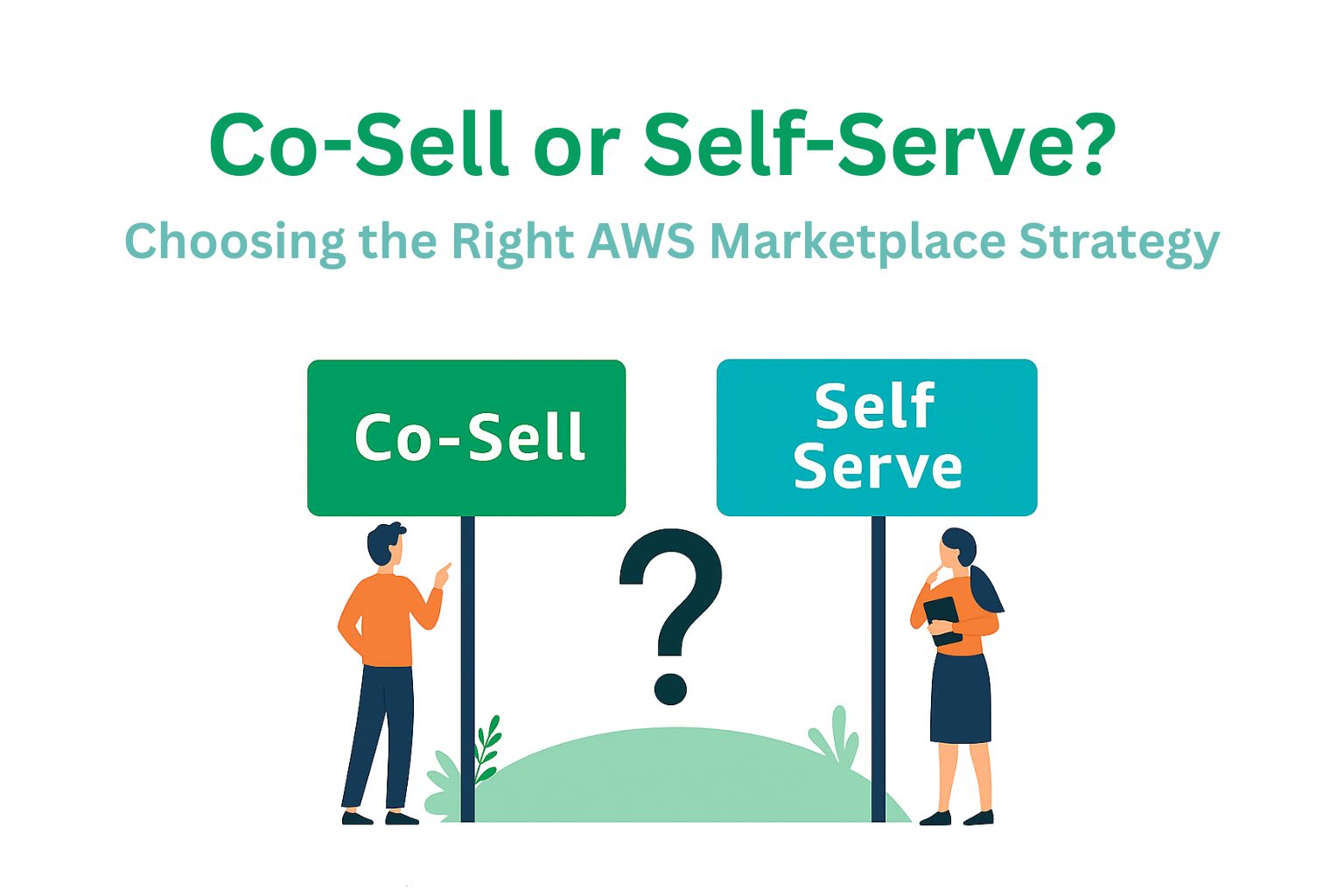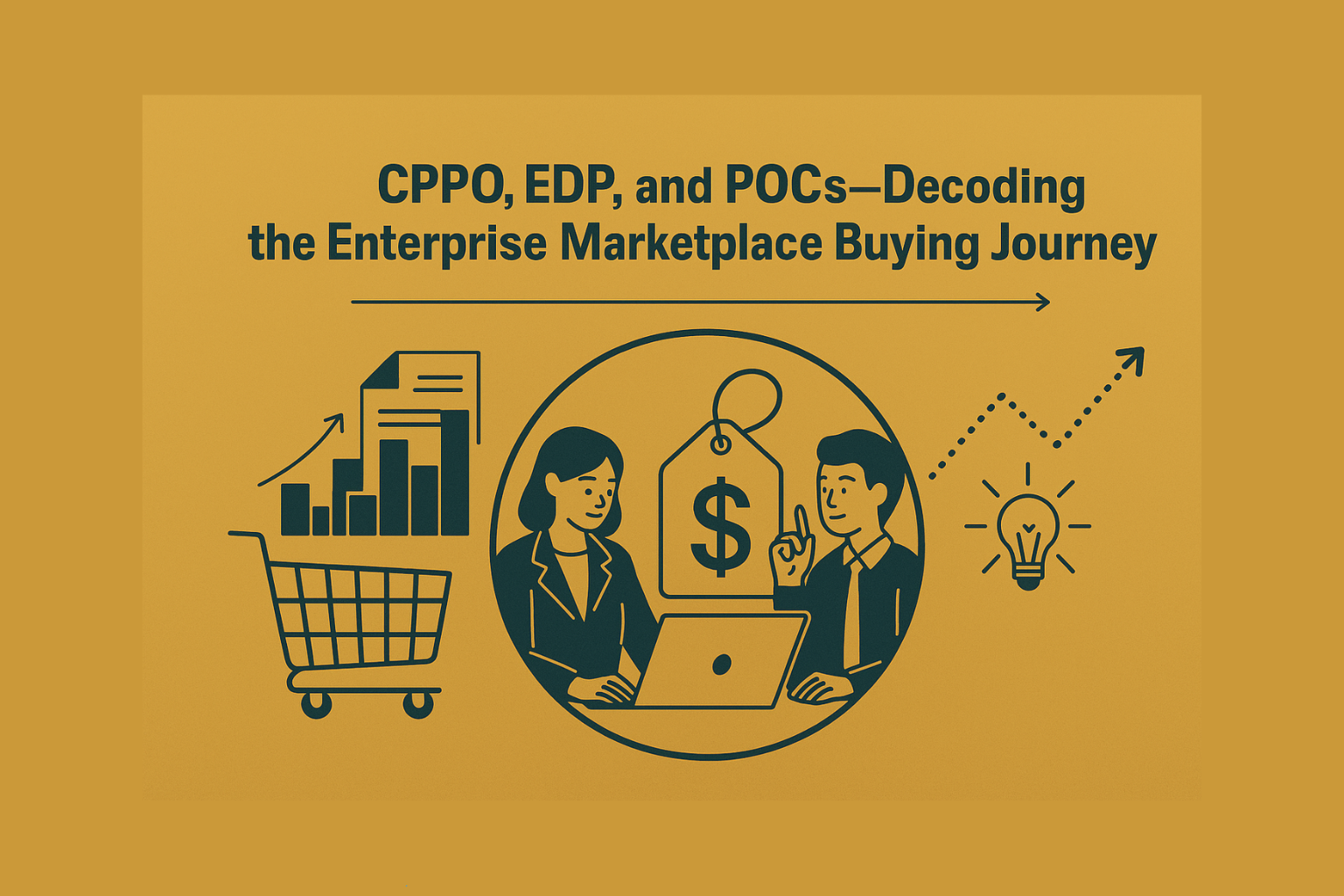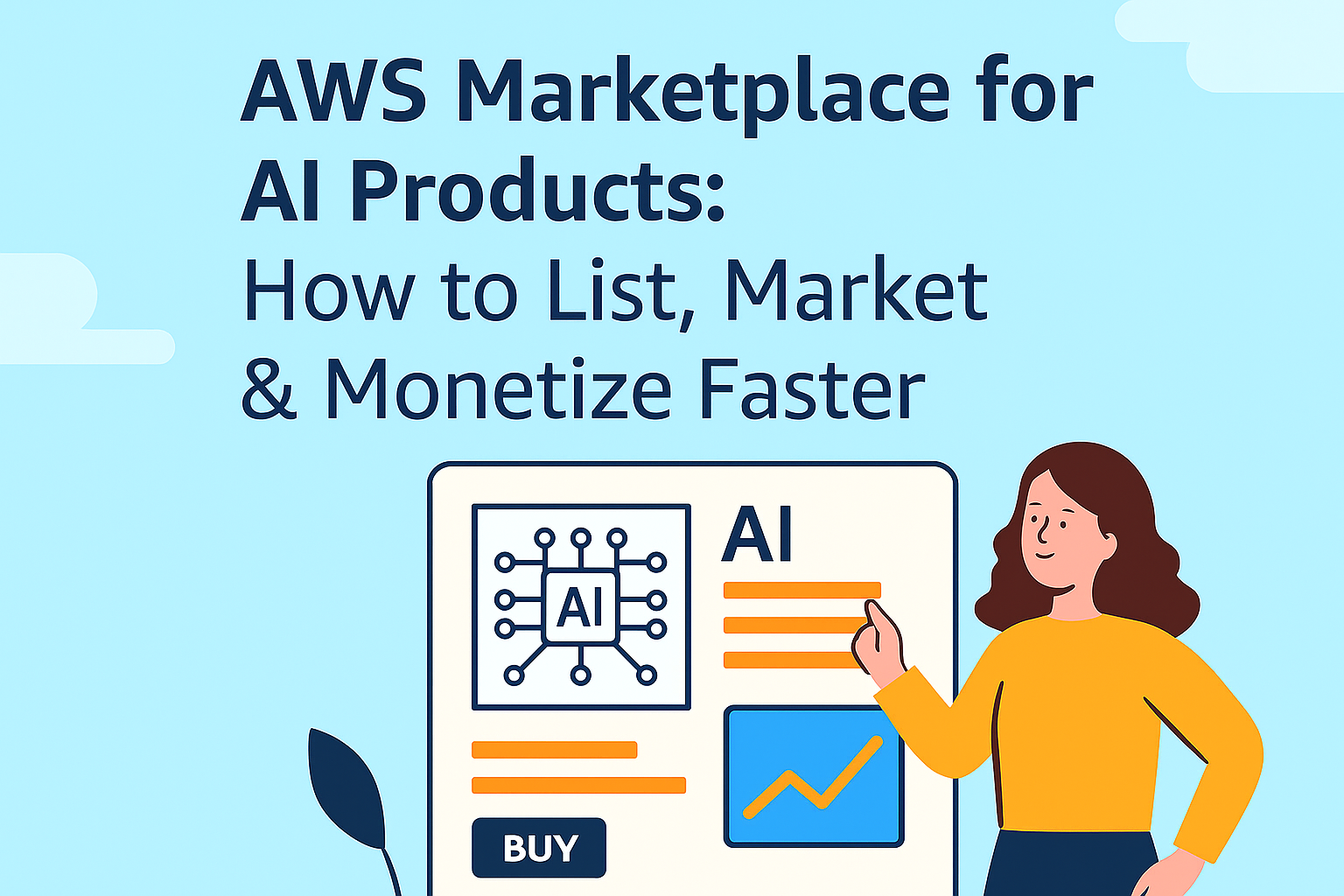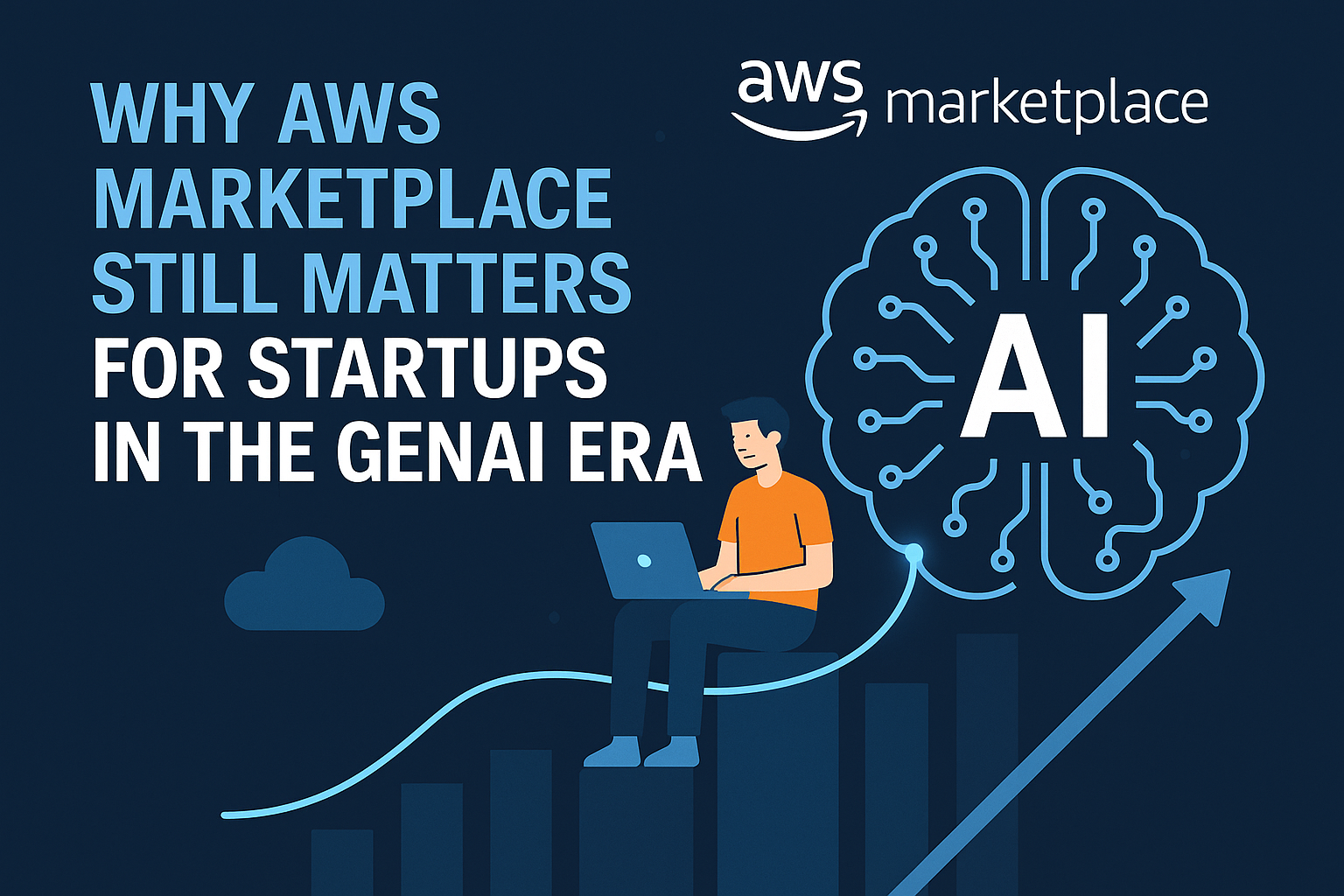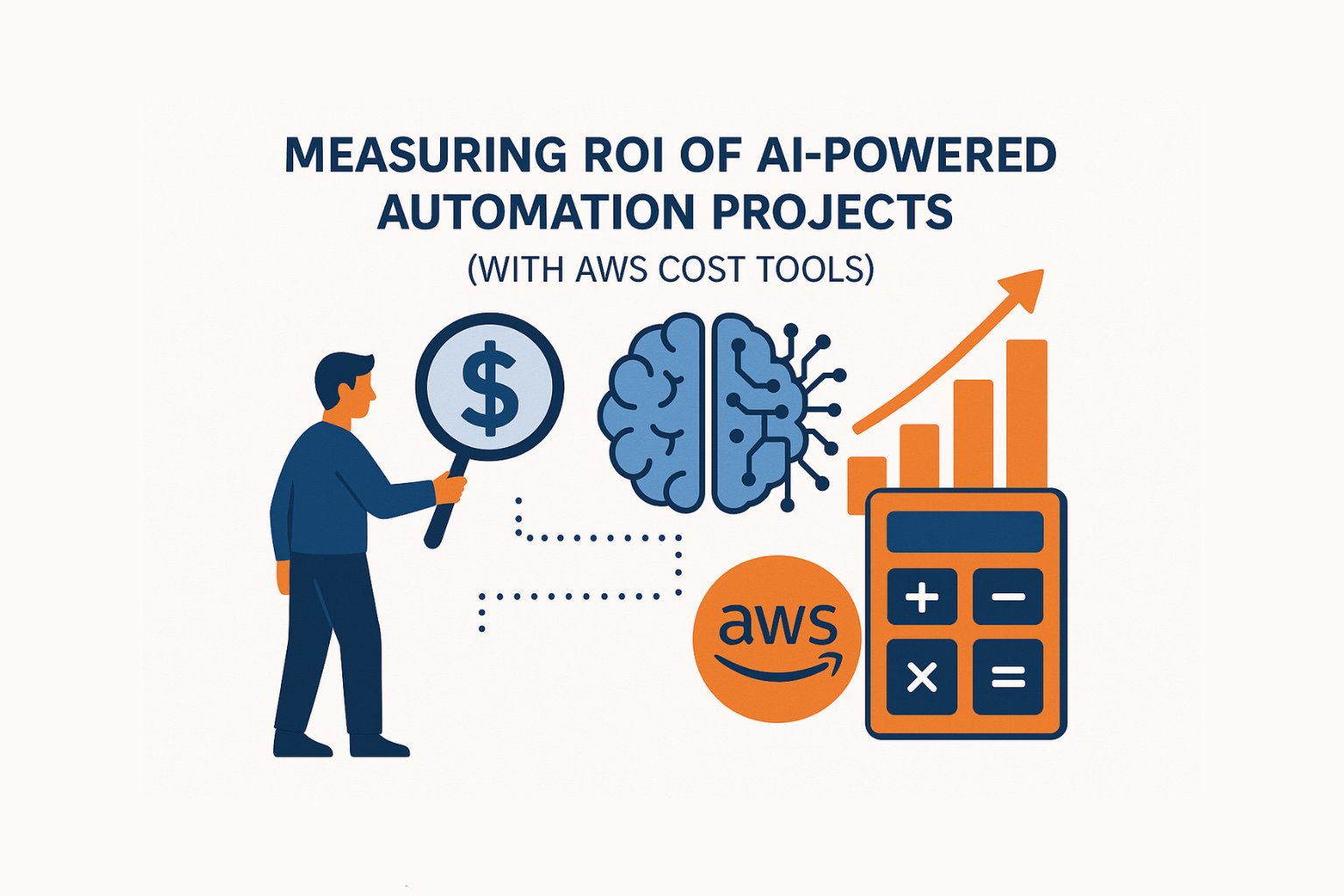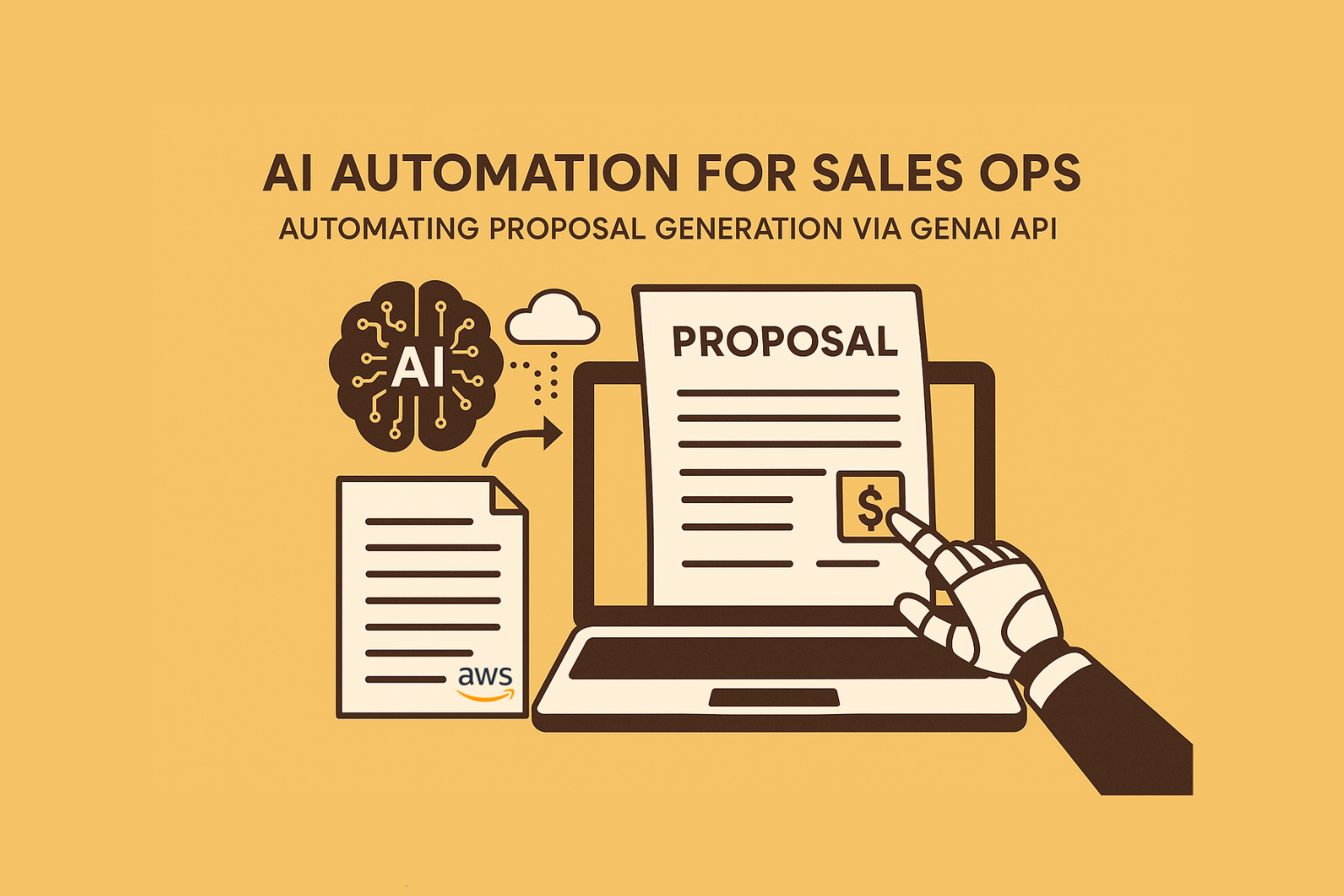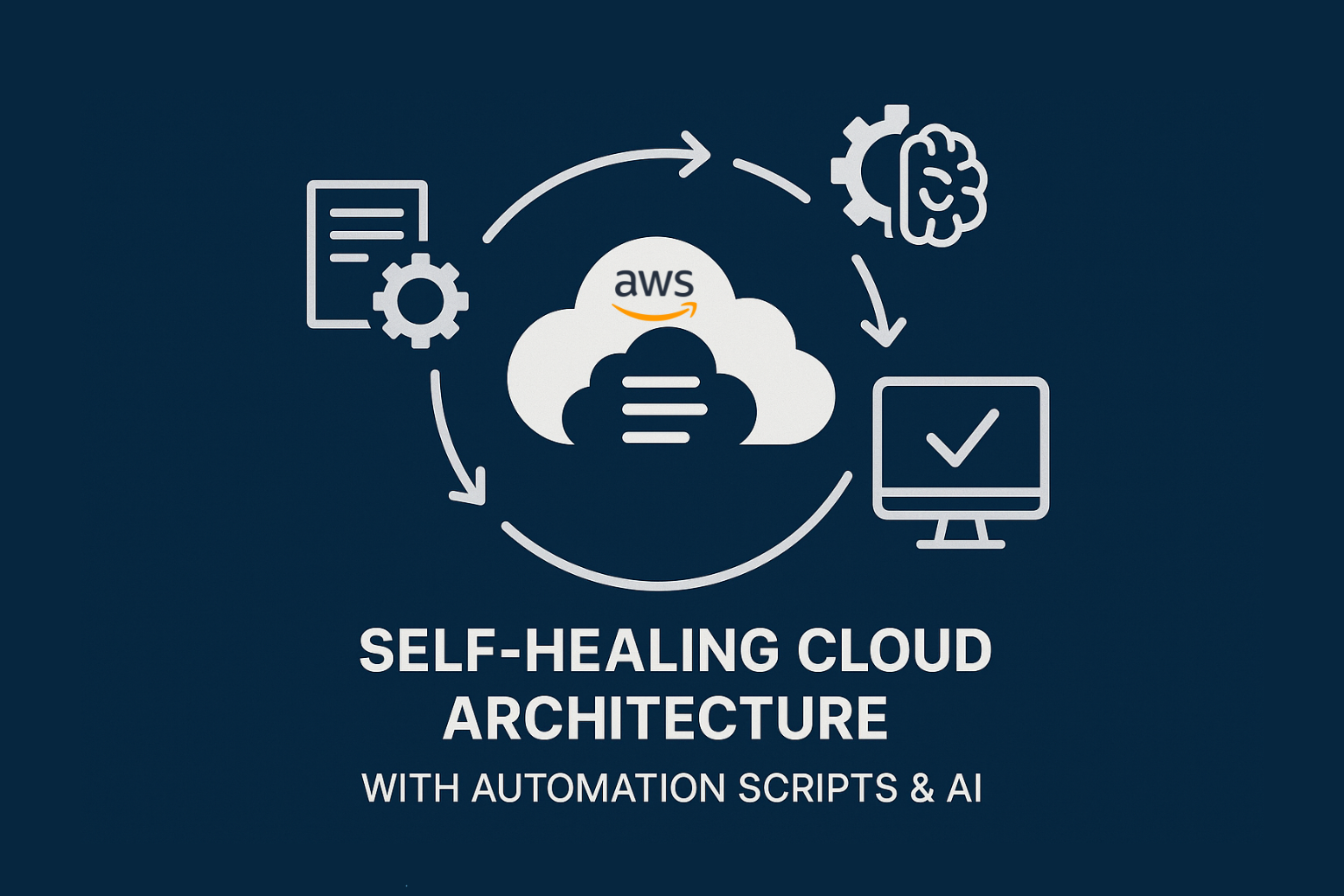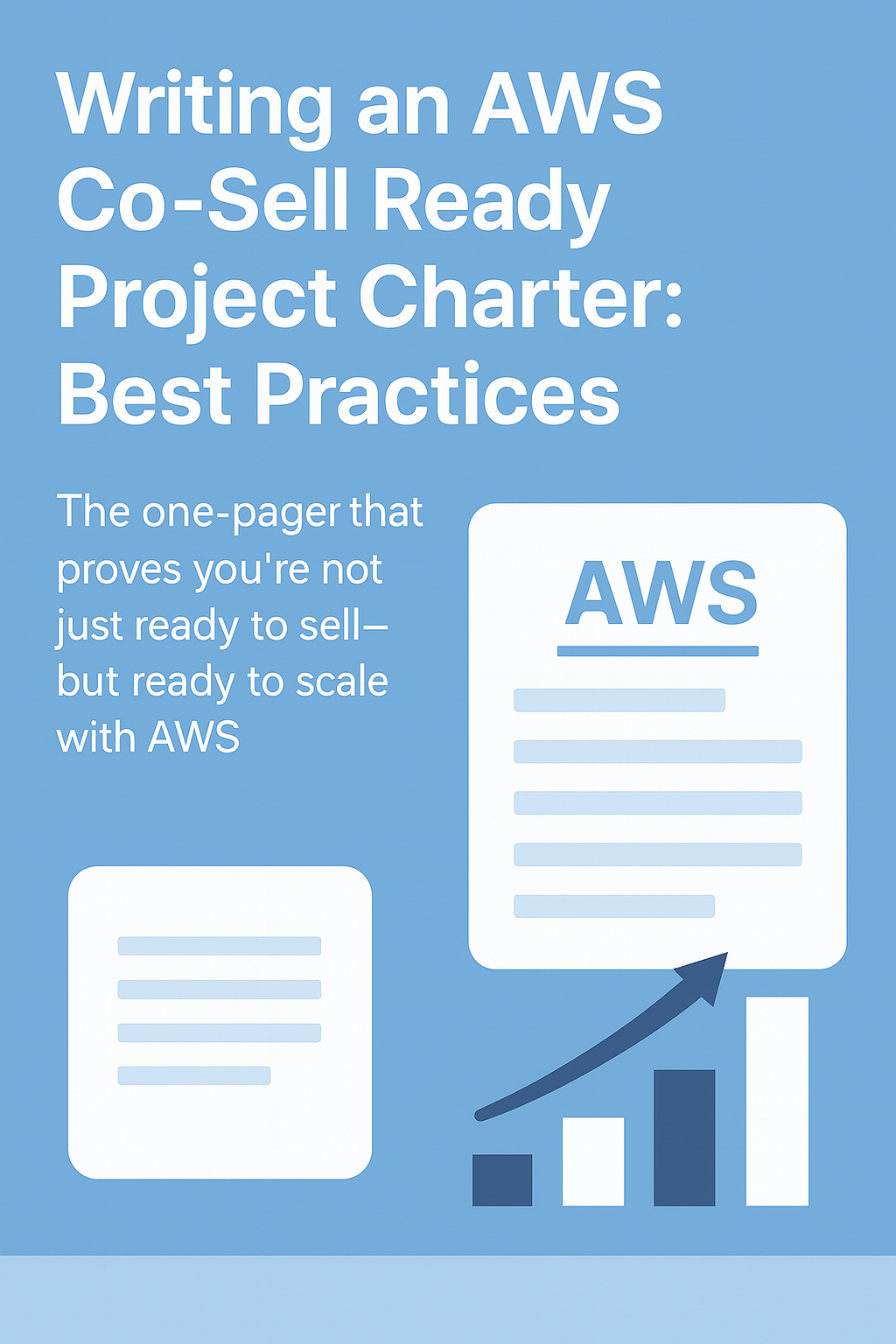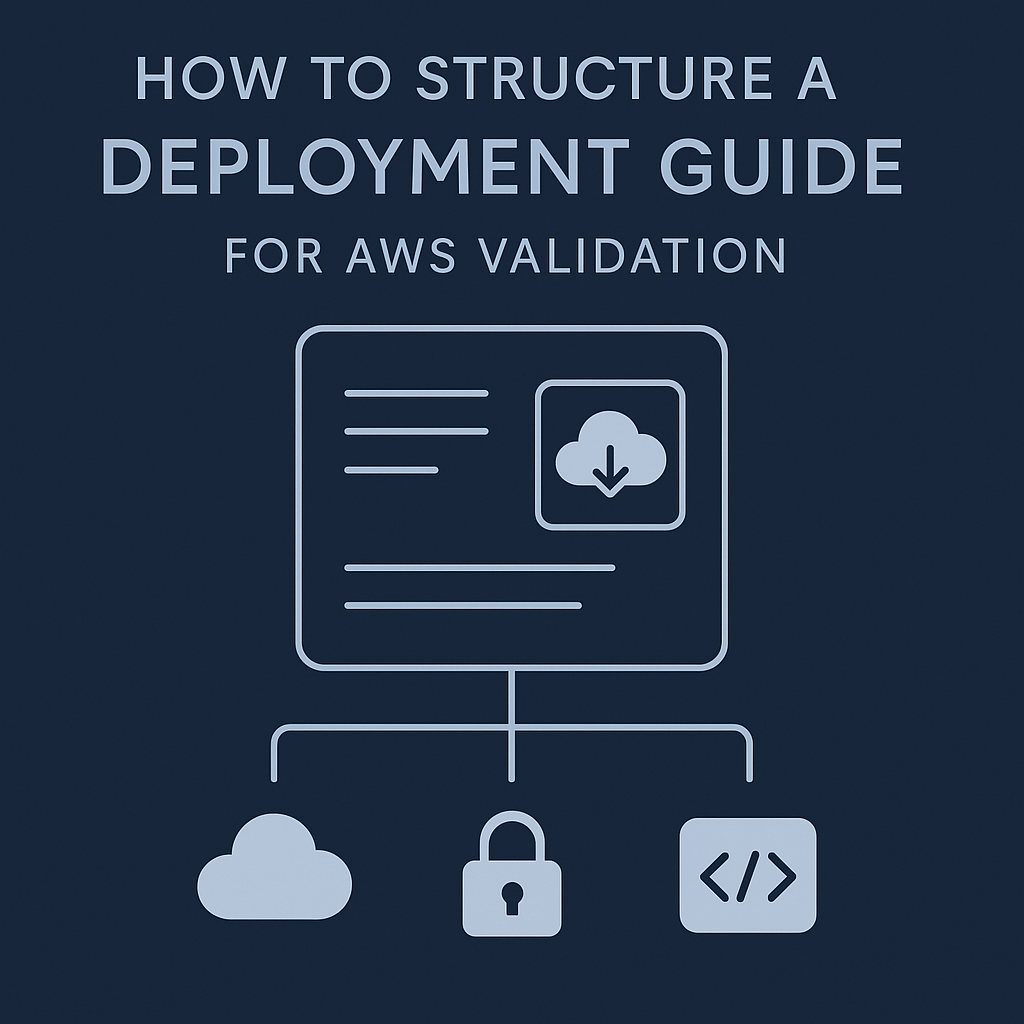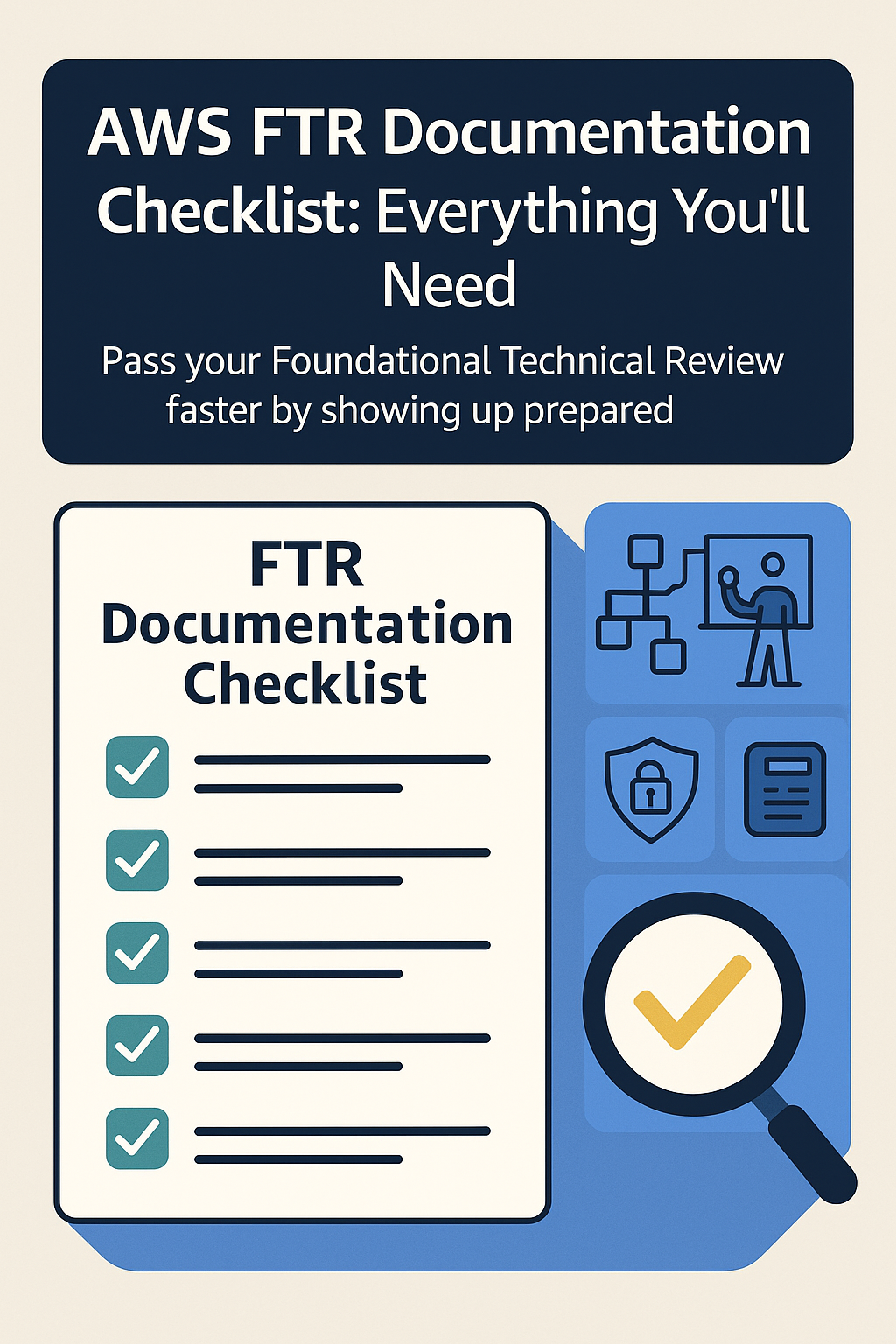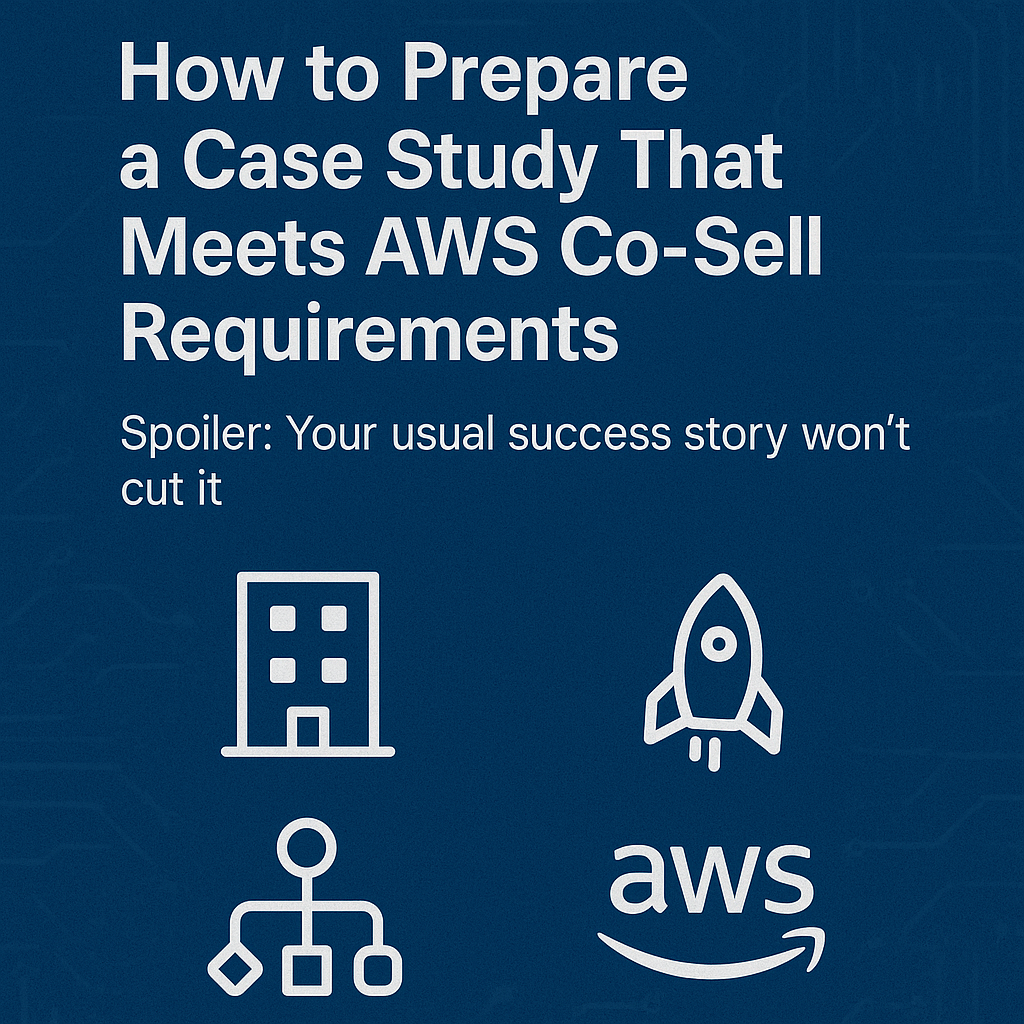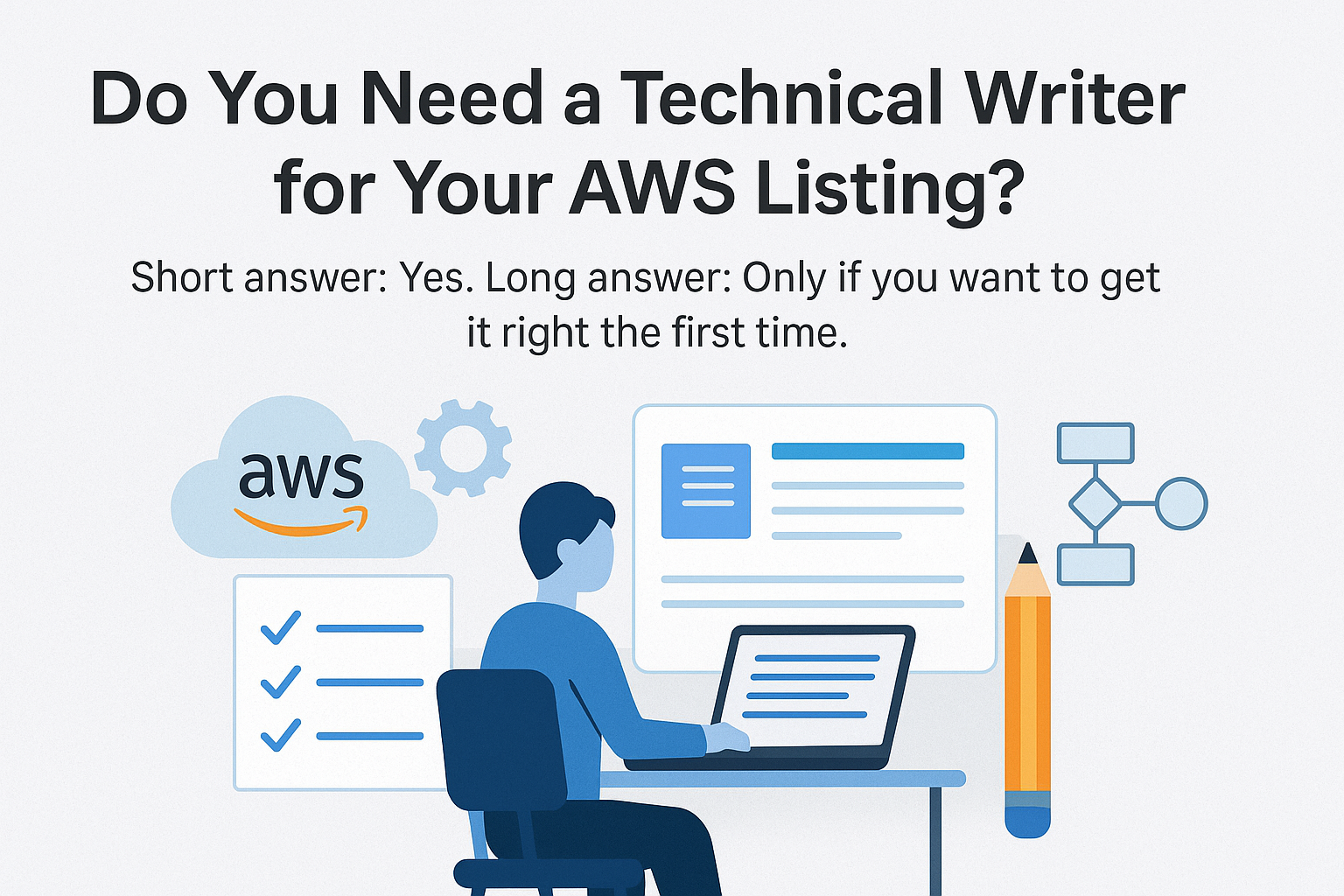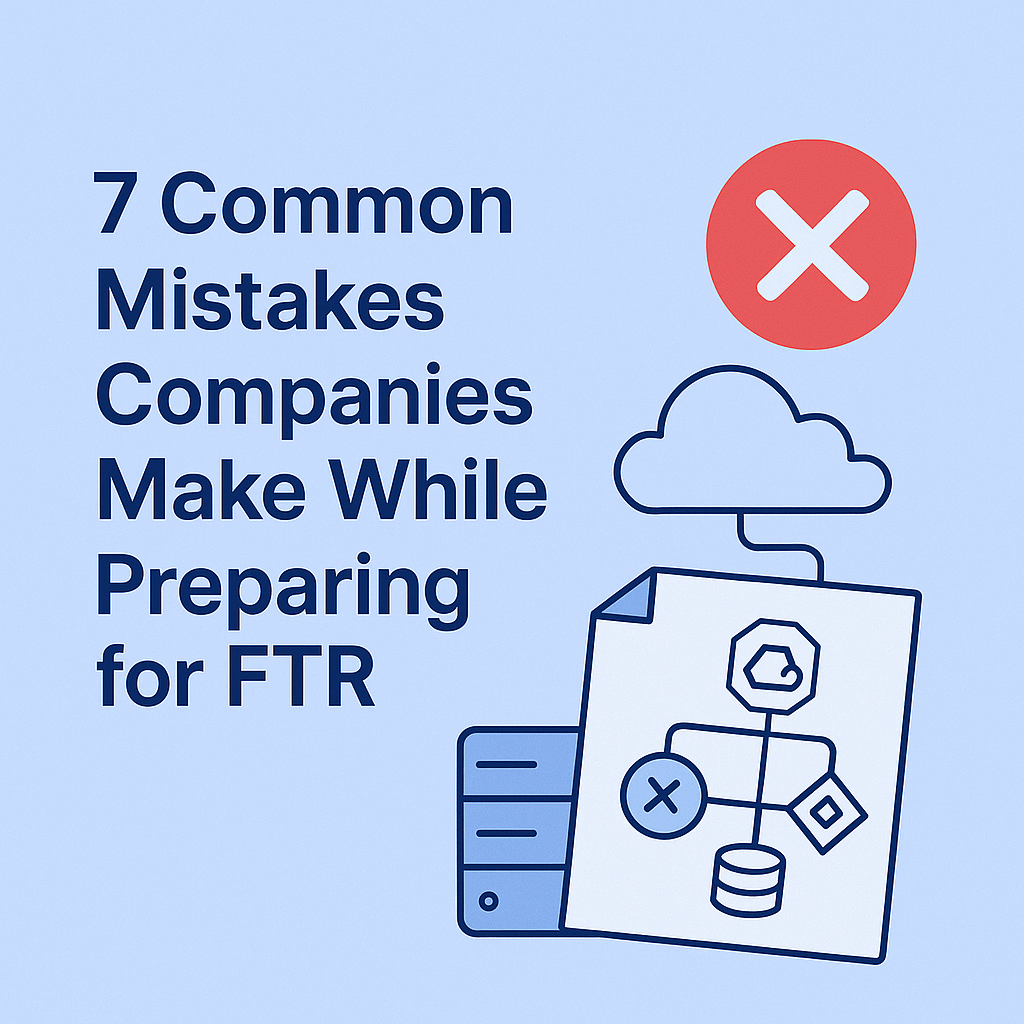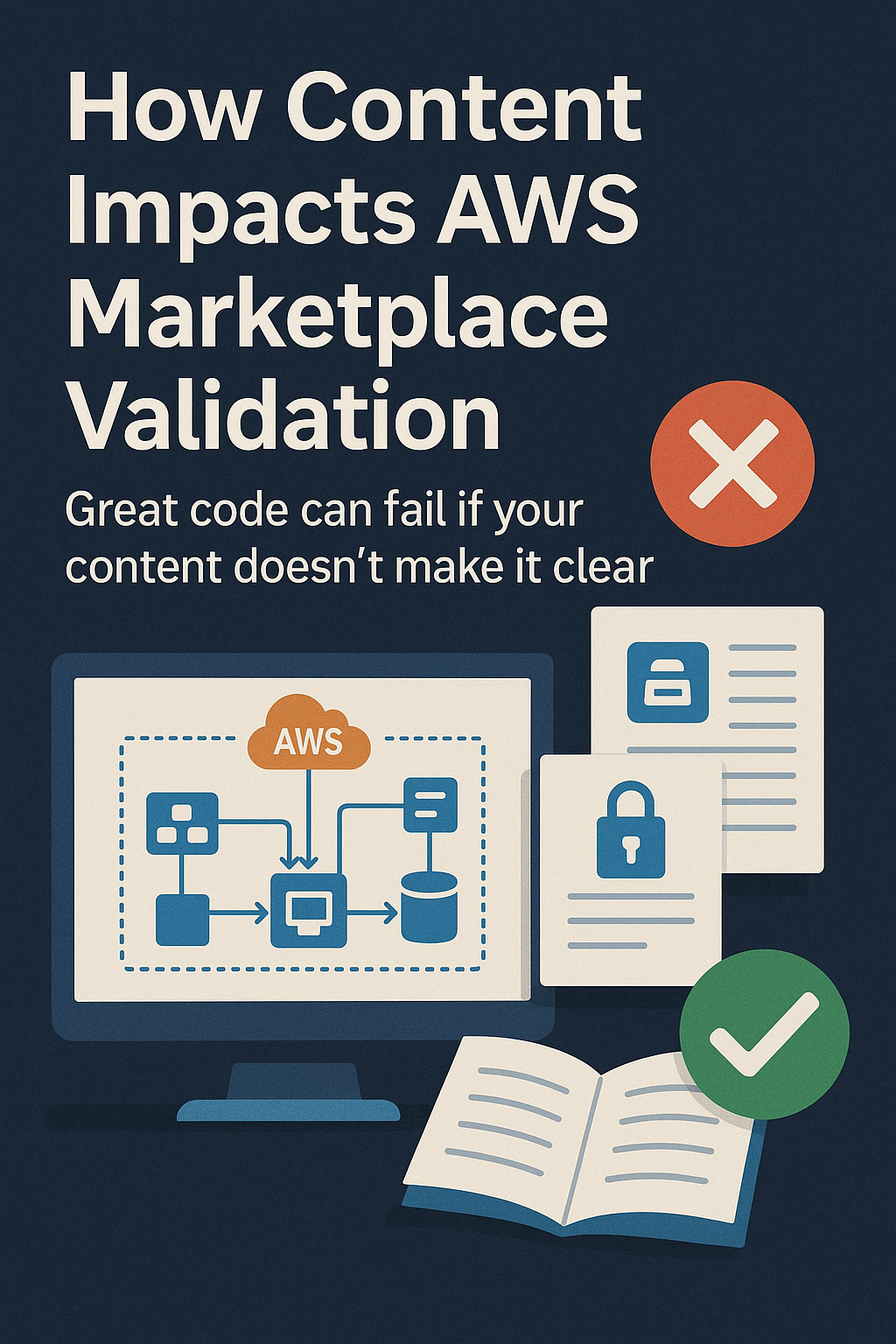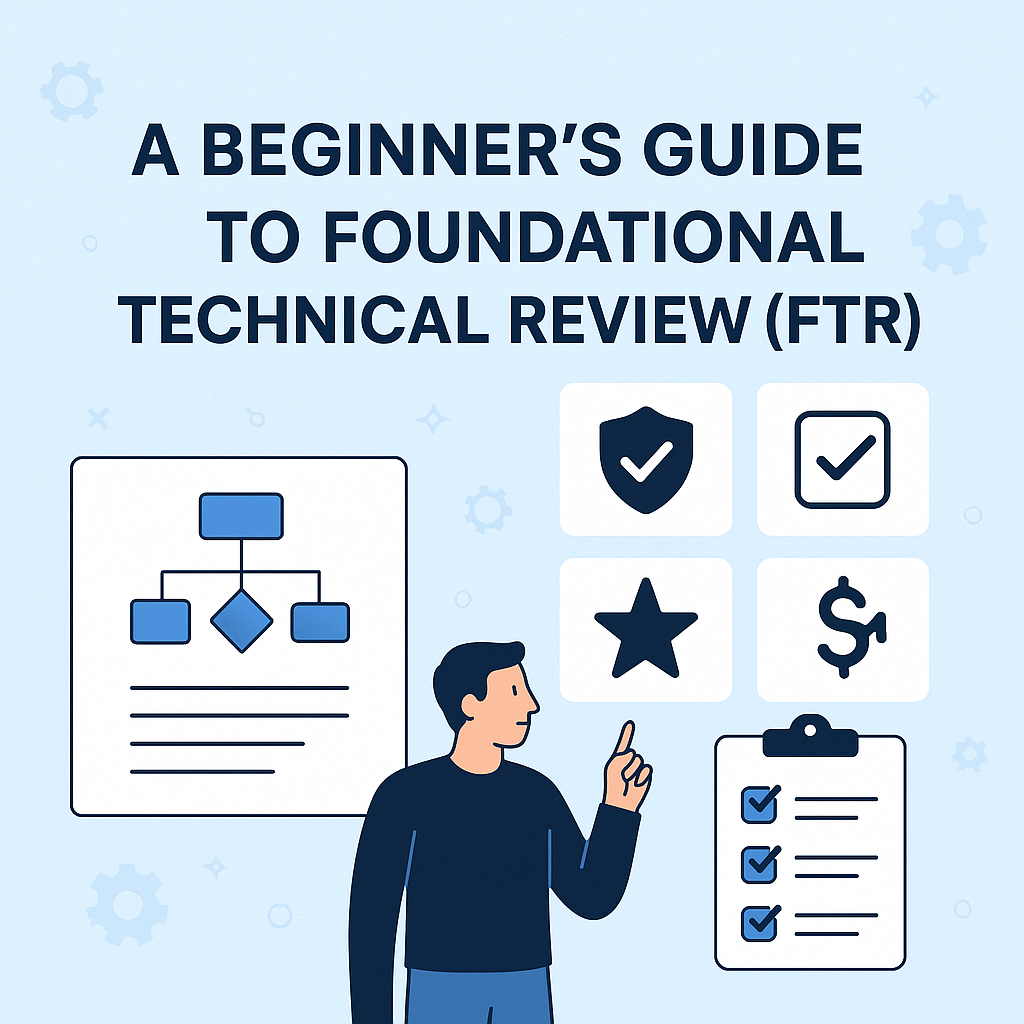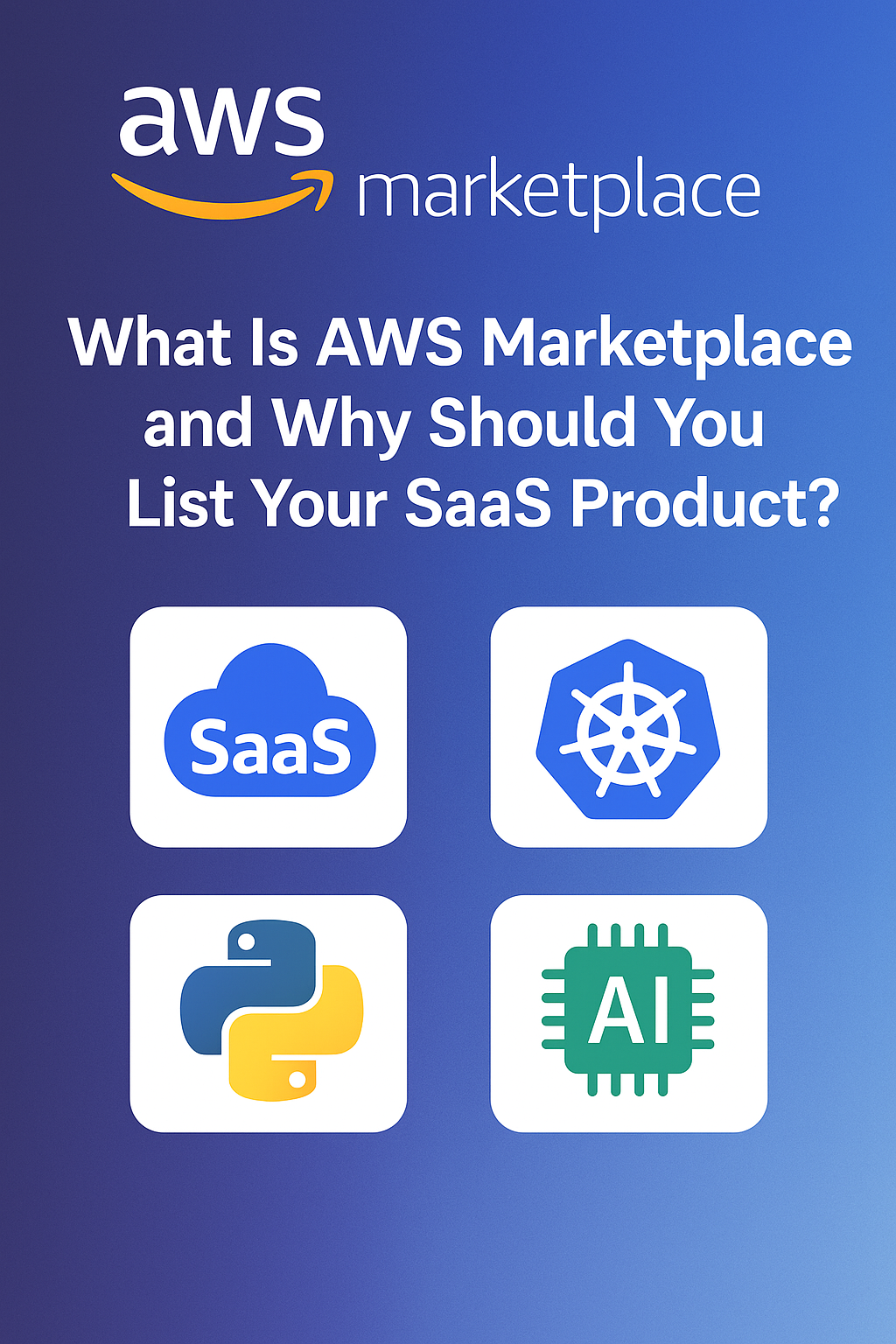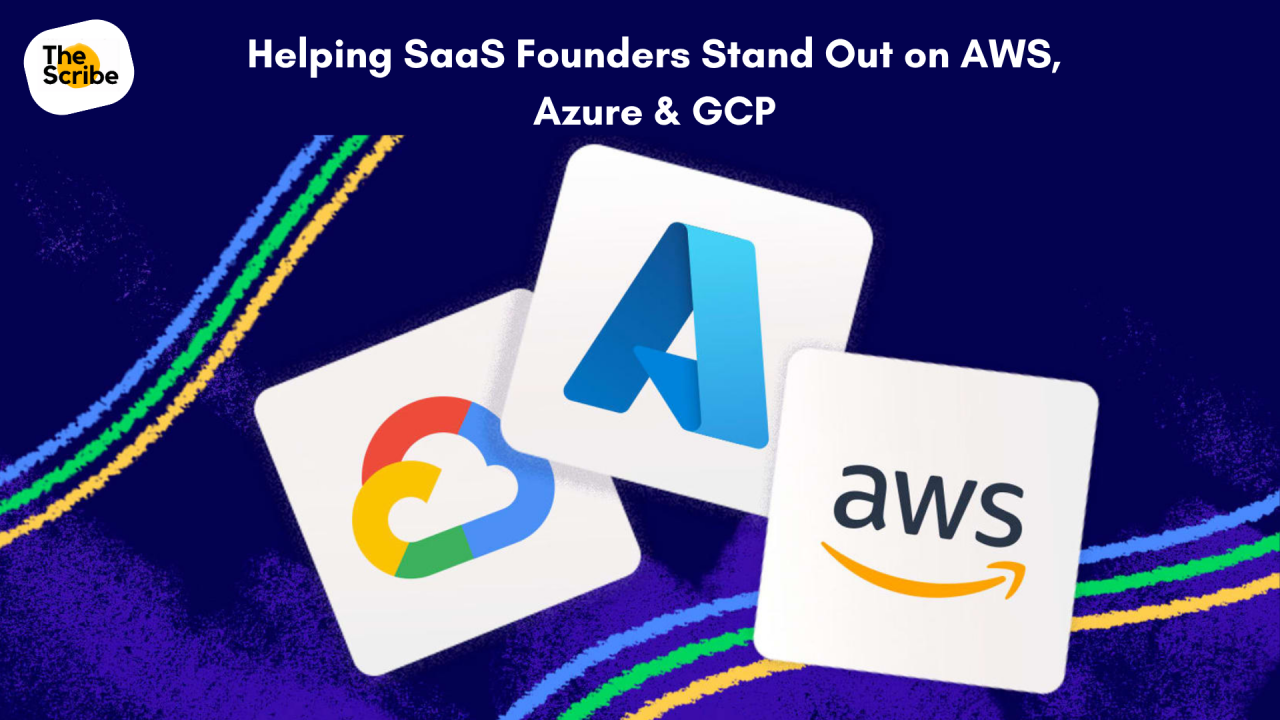From setup to scale, what separates listings that sit idle from those that generate pipeline.
Introduction
Listing your product on AWS Marketplace is just the start.
The real challenge isn’t “getting listed”; it’s keeping your listing relevant, discoverable, and conversion-ready as both AWS and your customers evolve.
A high-performing AWS Marketplace listing doesn’t just appear; it matures through a lifecycle. Vendors who understand and manage this lifecycle are the ones who turn their listing into a real lead-gen channel.
This article walks through each stage of the lifecycle, from launch to scale, so you can identify where your listing is today, and how to move it forward.
Stage 1: The Setup (Compliance & Launch)
This is where most companies stop.
The goal at this stage is simple: Get listed.
That means passing the Foundational Technical Review (FTR), preparing Marketplace-ready documentation, and publishing your solution with the right offer type.
Key activities:
- Completing FTR documentation (security overview, deployment guide, architecture diagram)
- Submitting listing metadata (title, description, categories, pricing model)
- Selecting the right offer structure (SaaS, AMI, Container, CPPO, etc.)
Pitfall to Avoid: Treating your listing like a checkbox. At this stage, most vendors create content that satisfies AWS reviewers, but not actual buyers.
Stage 2: The Discovery Phase (Visibility)
Once listed, the next challenge is being found.
AWS Marketplace has its own SEO and ranking system, based on:
- Keywords and categories
- Buyer searches
- Offer type relevance
- Performance signals (click-throughs, conversions)
Key activities:
- Optimizing listing title and description for buyer search terms
- Adding tags and categories that match ICP (e.g., “financial services security” vs just “security”)
- Running campaigns to drive initial traffic (LinkedIn, blogs, AWS co-marketing opportunities)
Pro Tip: Think like a buyer searching inside AWS Marketplace. Would they type “cloud security tool” or “HIPAA-compliant SaaS security platform”? Use the language of your ICP.
Stage 3: The Engagement Phase (Conversion)
At this stage, visibility alone isn’t enough. You need buyers to take action.
The best listings convert visitors into pipeline by:
- Using case studies to prove real-world success
- Embedding architecture diagrams so buyers see how it runs on AWS
- Offering multiple purchase options (trial, contract, CPPO, private offer)
- Linking to demo forms, landing pages, or solution briefs
Key activities:
- Adding business outcomes (“Cut processing time by 40% with AWS Redshift + Lambda”)
- Highlighting industry use cases instead of generic features
- Enabling CTAs that lead buyers into a sales conversation
Pitfall to Avoid: A listing that only explains your product but doesn’t sell it.
Stage 4: The Co-Sell Phase (Enablement)
AWS sellers won’t automatically promote your listing.
You need to equip them with Co-Sell-ready content and ensure your product is tagged in ACE Pipeline Manager for visibility.
Key activities:
- Submitting at least 2–3 AWS-approved case studies
- Creating a Co-Sell briefing deck for AWS Partner Managers
- Mapping your solution to AWS GTM priorities (AI/ML, modernization, security)
- Entering opportunities into ACE to activate Co-Sell
Pro Tip: At this stage, AWS is testing if you’re a partner worth pushing. The clearer and more structured your Co-Sell content, the more sellers will bring you into deals.
Stage 5: The Scale Phase (Lead-Gen Engine)
High-performing listings evolve into true revenue channels.
At this stage, your Marketplace listing isn’t just compliance, it’s demand generation.
Key activities:
- Running field marketing campaigns with Marketplace-specific offers
- Using Private Offers as negotiation levers in enterprise deals
- Building microsites that funnel buyers directly into AWS Marketplace
- Repackaging FTR/Competency content into sales enablement collateral
What Success Looks Like:
- Marketplace accounts for 20–30% of influenced pipeline
- AWS sellers initiate deal conversations with you (not the other way around)
- Your listing ranks highly in your category and vertical
- Competency badges + Co-Sell support accelerate sales cycles
The Lifecycle Summary
| Stage | Goal | Common Pitfall | Success Signal |
|---|---|---|---|
| Setup | Get listed | Content written only for approval | Listing is live |
| Discovery | Be found | Weak keywords/categories | Views increase |
| Engagement | Convert buyers | Feature-heavy, outcome-light content | Demos, trials |
| Co-Sell | Enable AWS teams | No collateral for sellers | Added to ACE |
| Scale | Drive pipeline consistently | Treating Marketplace as passive channel | Pipeline impact |
Conclusion
A high-performing AWS Marketplace listing doesn’t stop at approval.
It grows through a lifecycle—from compliance → visibility → conversion → Co-Sell enablement → pipeline scale.
If your listing isn’t generating leads, chances are you’re stuck in Stage 1 or Stage 2.
The vendors who win on Marketplace?
They treat it like a GTM channel, not a checkbox.
Want a step-by-step roadmap for moving your listing from “approved” to “pipeline engine”?
Contact us for more details.
